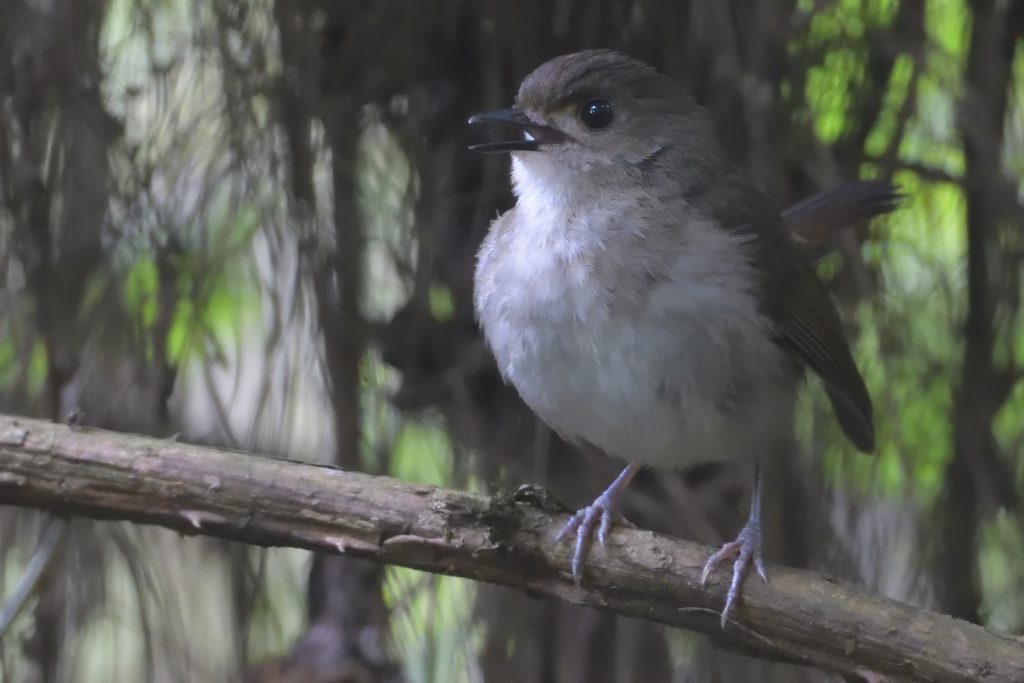
Day 1, Tuesday November 26; Airport – Kiligolf
I picked up my Icelandic friends Ingvar and Sigmundur (Simmi) from the airport at around 08:00 and we drove straight to my house. This were Ingvar´s first trip to Africa, but Simmi had been to Kenya previously. They both had a huge target list. We started ticking already at the airport and on the way to my house: Pied Crow, Superb Starling, Little Swift, Long-tailed Fiscal, Brown-crowned Tchagra, Yellow Bishop, Helmeted Guineafowl, Crowned Lapwing, Red-billed Oxpecker, Bronze Mannikin, Red-billed Firefinch, Vitelline Masked Weaver and Lesser Striped Swallow, We arrived home at around 09:30. After arranging rooms and checking into Villa Holmen, the guys were quickly back in my backyard. They continued ticking birds: Variable Sunbird, Scarlet-chested Sunbird, Village Indigobird, Slate-coloroed Boubou, Red-cheeked Cordon-bleu, African Paradise Flycatcher, Rüppel´s Robin-Chat, Golden-backed Weaver, Chestnut Weaver, Spotted Palm Thrush, Dark-capped Bulbul, Black-and-white (Red-backed) Mannikin, Laughing Dove and Pale White-eye. We had lunch and after lunch we took a walk on the Golf Course. Here are some of the birds we added: Magpie Shrike, Spotted Flycatcher, Speckled Mousebird, Yellow-bellied Greenbul, White-browed Coucal, Pin-tailed Whydah, Rattling Cisticola, Yellow-breasted Apalis, Green-winged Pytilia, Red-throated Twinspot, Northern Grey-headed Sparrow, African Grey Flycatcher, Reichenow´s Seed-eater, Yellow-fronted Canary, Violet-backed Starling, Red-faced Crombec, Purple Grenadier, Gorgeous Sunbird, Buff-bellied Warbler, Red-faced Cisticola, Cardinal Woodpecker, Spectacled Weaver, Sombre Greenbul, Hamerkop, Green Sandpiper, Black-headed Heron, Black-winged Kite and Barn Swallow. We returned to my house freshened up and had a nice meal- We retired early to bed.
Some pictures from Day 1:
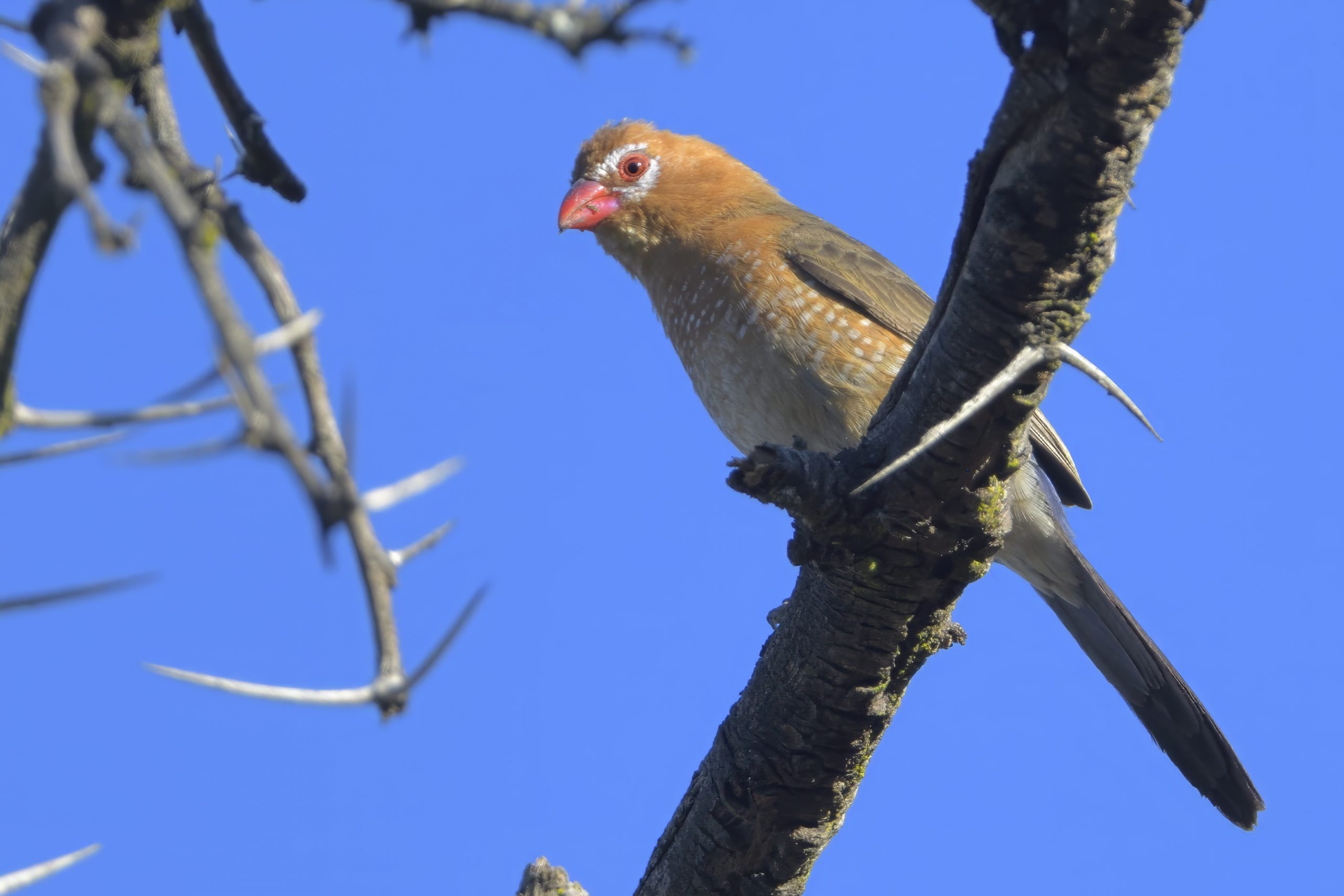
Purple Grenadier (Female), Granatina ianthinogaster, Endemic to NE Africa
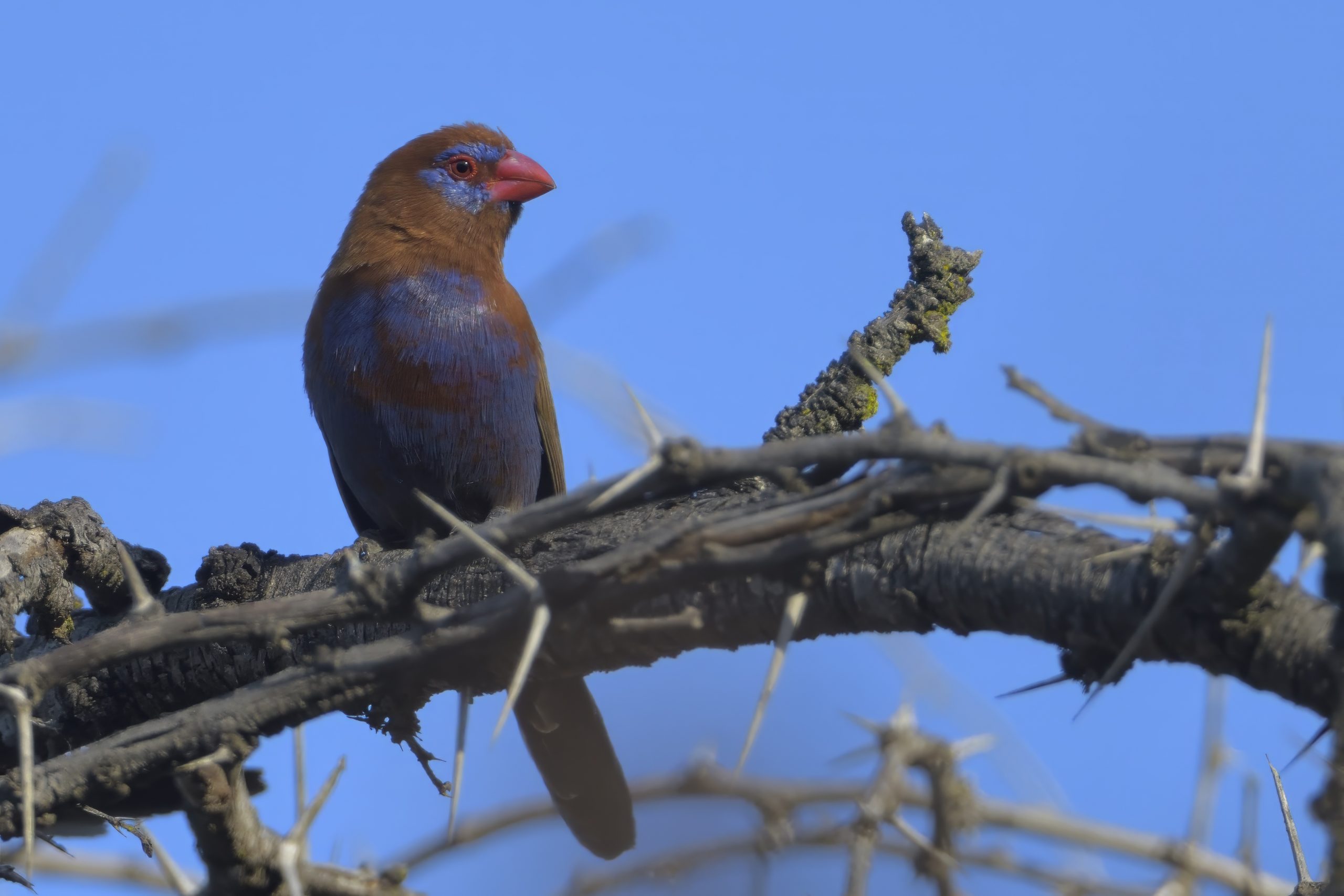
Purple Grenadier (Male), Granatina ianthinogaster, Endemic to NE Africa
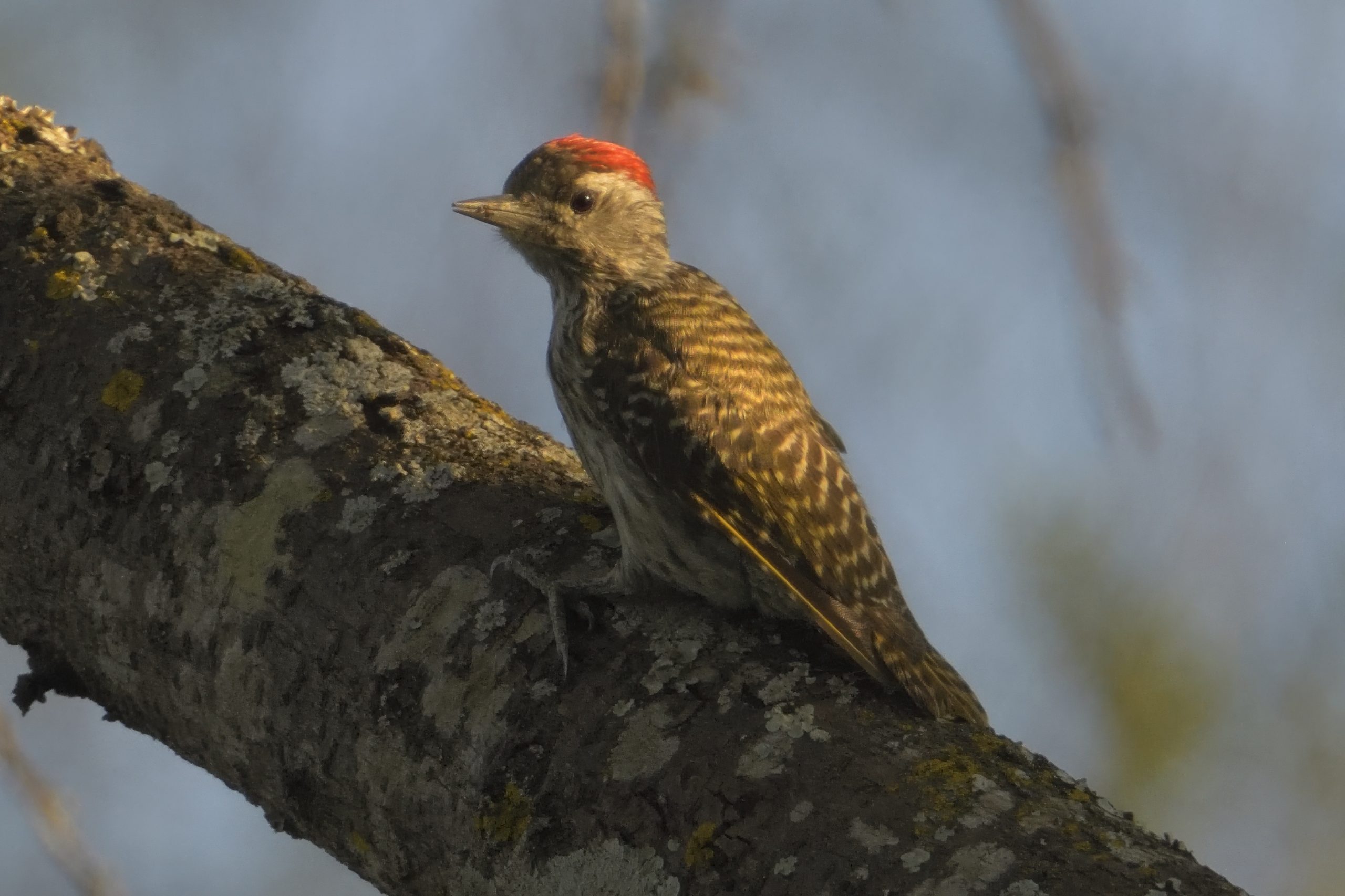
Cardinal Woodpecker, Dendropicus fiscescens
Day 2: Wednesday, November 27: Lark Plains, Oldonyo Sambo, Lengijawe
We had an early start and spotted a Palm-nut Vulture on the way to the main road. Closer to the lark plains we also saw our first Augusr Buzzard and Speckled Pigeon off the trip. We pulled off the main road around 07:20 and started ticking our targets: Rosy-patched Bushshrike, White-browed Scrub Robin, White-bellied Canary, Pied Wheatear, Taita Fiscal, Isabelline Shrike, Temminck´s Courser, Northern Wheatear, African Red-rumped Swallow, Greater Kestrel, Common Kestrel, African Pipit, Capped Wheatear, Montagu´s Harrier, Red-capped Lark, Chestnut-bellied Sandgrouse, Short-tailed Lark and Fischer´s Sparrow-Lark. We parked the car, spotted the Masais and started walking towards them. They had already found the Beesley´s Lark for us. I sent our guide out on a scouting trip to find the Athi Short-toed Lark. When we finished photographing the Beelsey´s, I looked out to see my guide waving. We hurried over and he had two Athi Short-toed Larks. The larks were duly photographed. I went to pick up the car and spotted another Temminck´s Courser close by. I directed the guys to take a circle around the car and we all got amazing pictures. We started driving towards the dry Acacia forest on the other side of the Lark plains and picked up the following species before we reached our breakfast spot: Fawn-colored (Foxy) Lark, African Palm Swift, Abysinnian Scimitarbill, Southern Grosbeak Canary, Red-fronted Prinia, Banded Parisoma, Common Buzzard, Kori Bustard, Pygmy Falcon, Purple Roller, Hildebrandt´s Starling, Common Rock Thrush, Spotted Thick-knee, Kenya Sparrow, Crimson-rumped Waxbill, White-headed Buffalo Weaver, White-bellied Bustard, Red-throated Rock Martin and Von der Decken´s Hornbill. I parked the car and served our breakfast. There were birds everywhere so hard to get the boys from the Saga Island to eat. They eventually managed to eat a little before they hurried off with my guide looking for new birds. I caught up and here are some of the birds we found in the dry Acacia Forest: Grey-capped Social Weaver, Northern Red-billed Hornbill, Red-fronted Barbet, Brubru, Red-throated Tit, Black-necked Weaver, Chinspot Batis, Gabar Goshawk, Lesser Grey Shrike, Yellow-spotted Bush Sparrow, Crested Francolin, Common Whitethroat, Northern White-crowned Shrike. We reached the car and started driving slowly towards the main road. We added Mourning Collared Dove, Grey Wren-Warbler, Red-and-yellow Barbet and Eastern Chanting Goshawk to our list. We drove to Oldonyo Sambo. Our main target here were the Little Rock Thrush that we again dipped on. The boys got good pictures of White-necked Raven. I hate birding on a garbage dump so i ushered the boys back to the car and we set off for Lengijawe. We took off from the main road and immediately started adding birds: Schalow´s (Abyssinian) Wheatear, Streaky Seedeater, Black Bishop, White-fronted Bee-eater, Singing Cisticola and Baglafecht Weaver. We had now reached our lunchspot and we had a few birds to find there before we could have lunch: Arrow-marked Babbler, Long-billed Pipit, African Hoopoe, Western Yellow Wagtail, Lyne´s Cisticola, White-rumped, Horus and African Black Swift, Common House Martin, Yellow-billed Kite, Bronzy Sunbird, Dusky Turtle Dove and Northern Fiscal. We reached the main road and started driving towards my home. We still had time to pick up the Taveta Weaver on the way. In a newly created wetland (due to heavy rain), we added a few species to our trip list: Grey-crowned Crane, African Sacred Ibis, Glossy Ibis, Yellow-billed Egret and Squacco Heron. We reached the Taveta Weaver breeding site and got the weaver and a Greater Honeyguide. When we were almost home, I offered my friend to walk on the Golf Course back to my house and they added Black Crake, Amethyst Sunbird and Common Sandpiper to our list.
We were all home, freshened up and enjoyed a nice meal. After going through the bird list we as usual retired early.
Some pictures from Day 2:
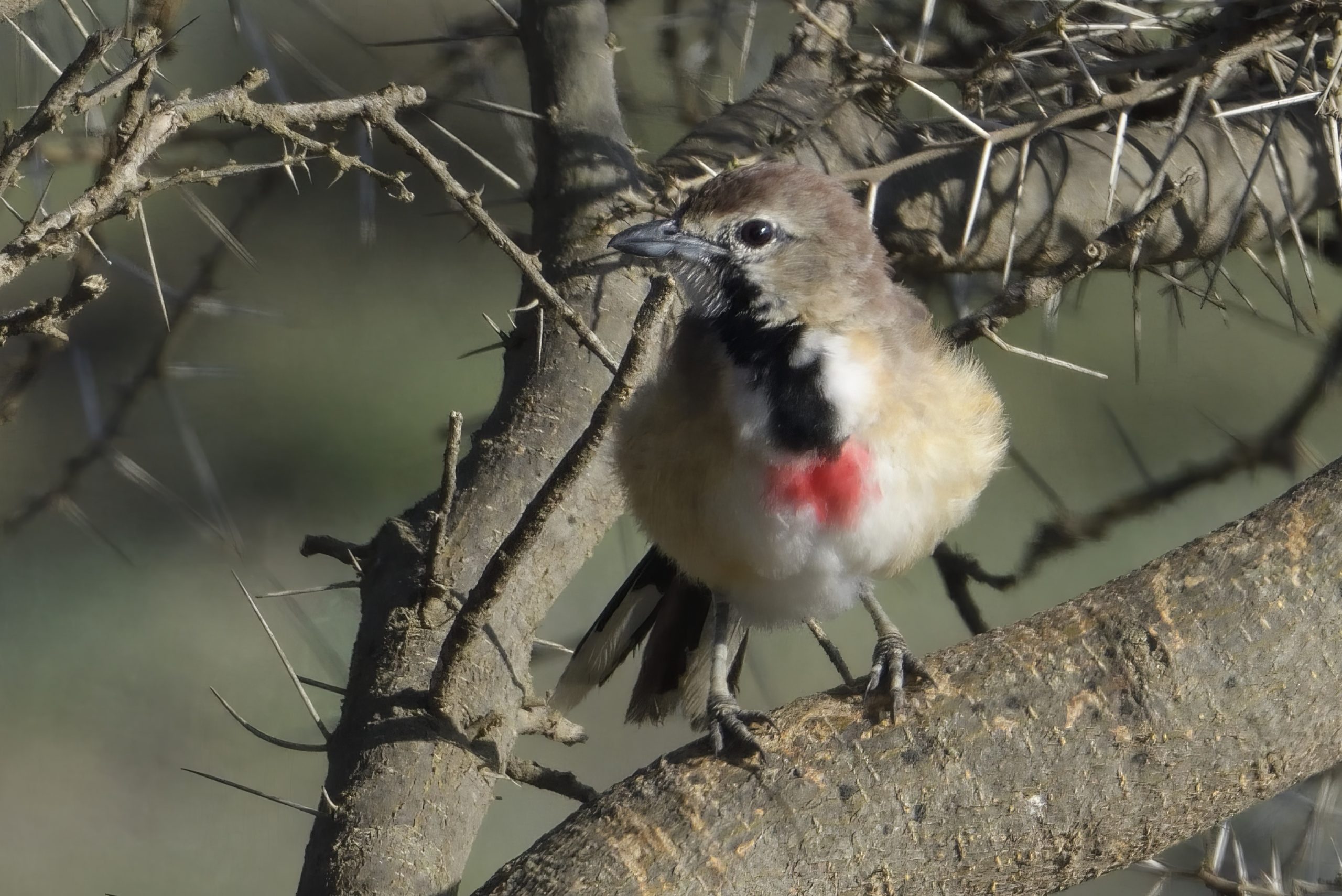
Rosy-patched Bushshrike, Telophorus cruentus, Endemic to NE Africa
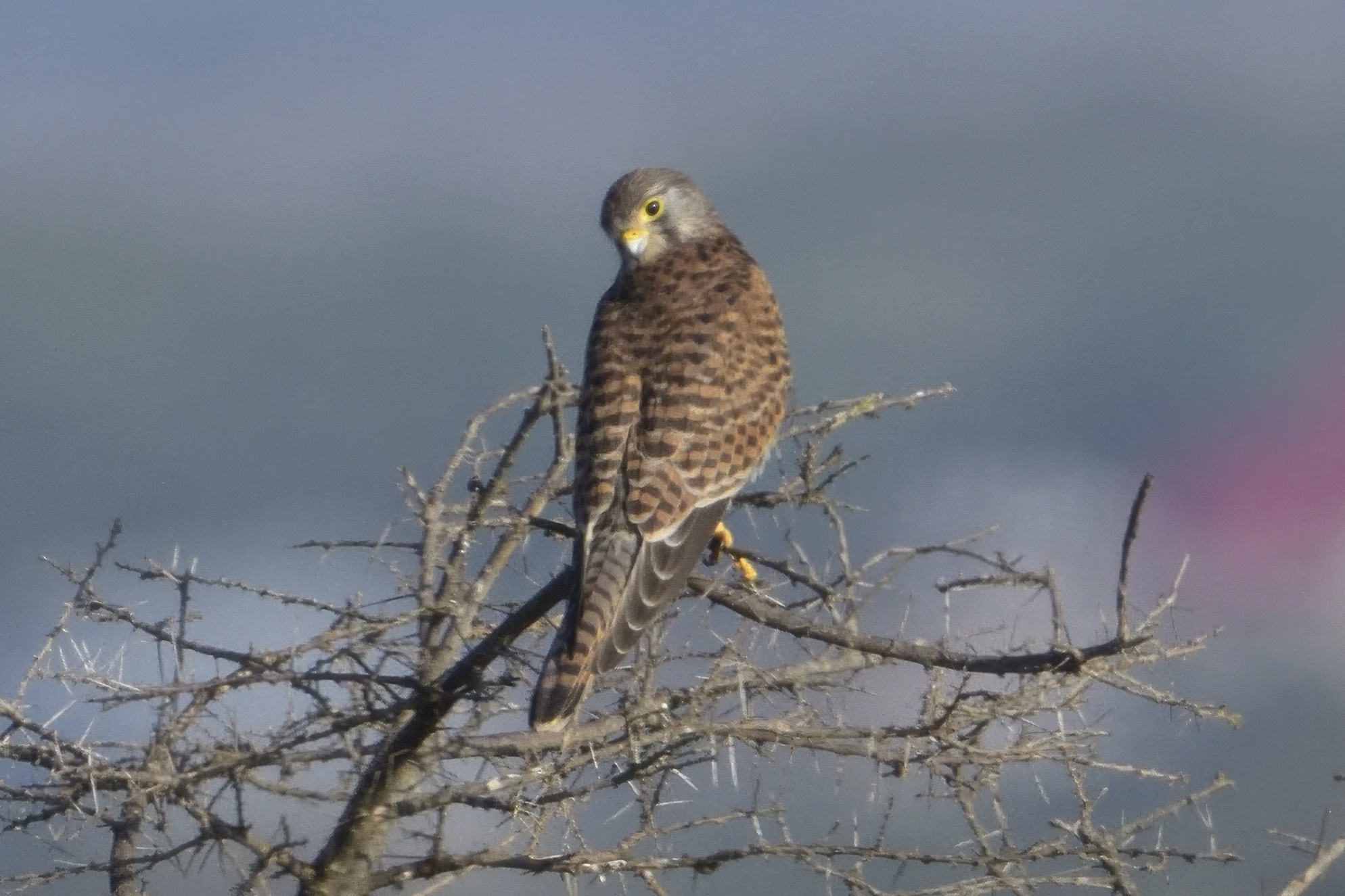
Common Kestrel, Falco Tinnunculus
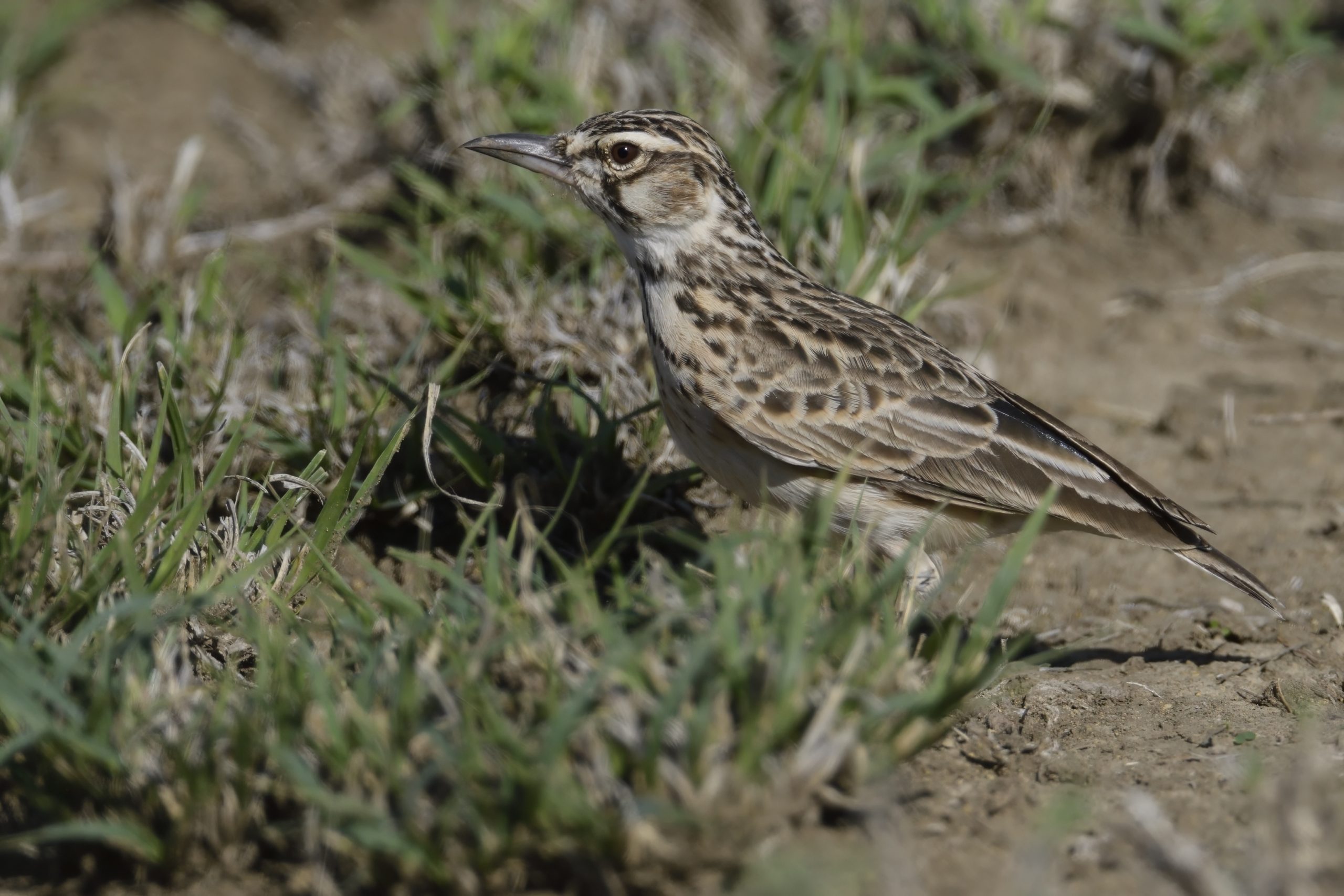
Short-tailed Lark, Spizocorys fremantlii, Endemic to NE Africa
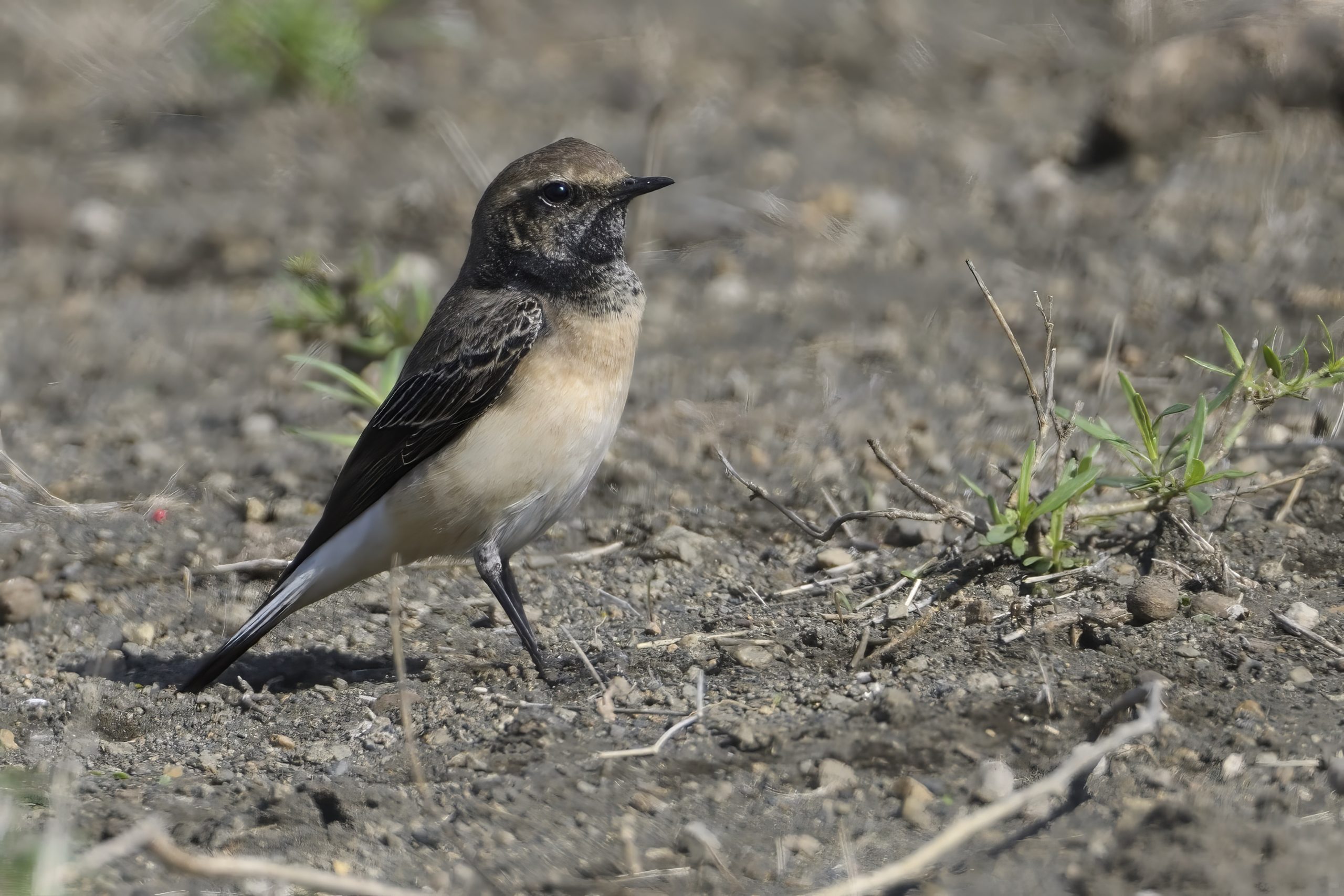
Pied Wheatear, Oenanthe pleschanka
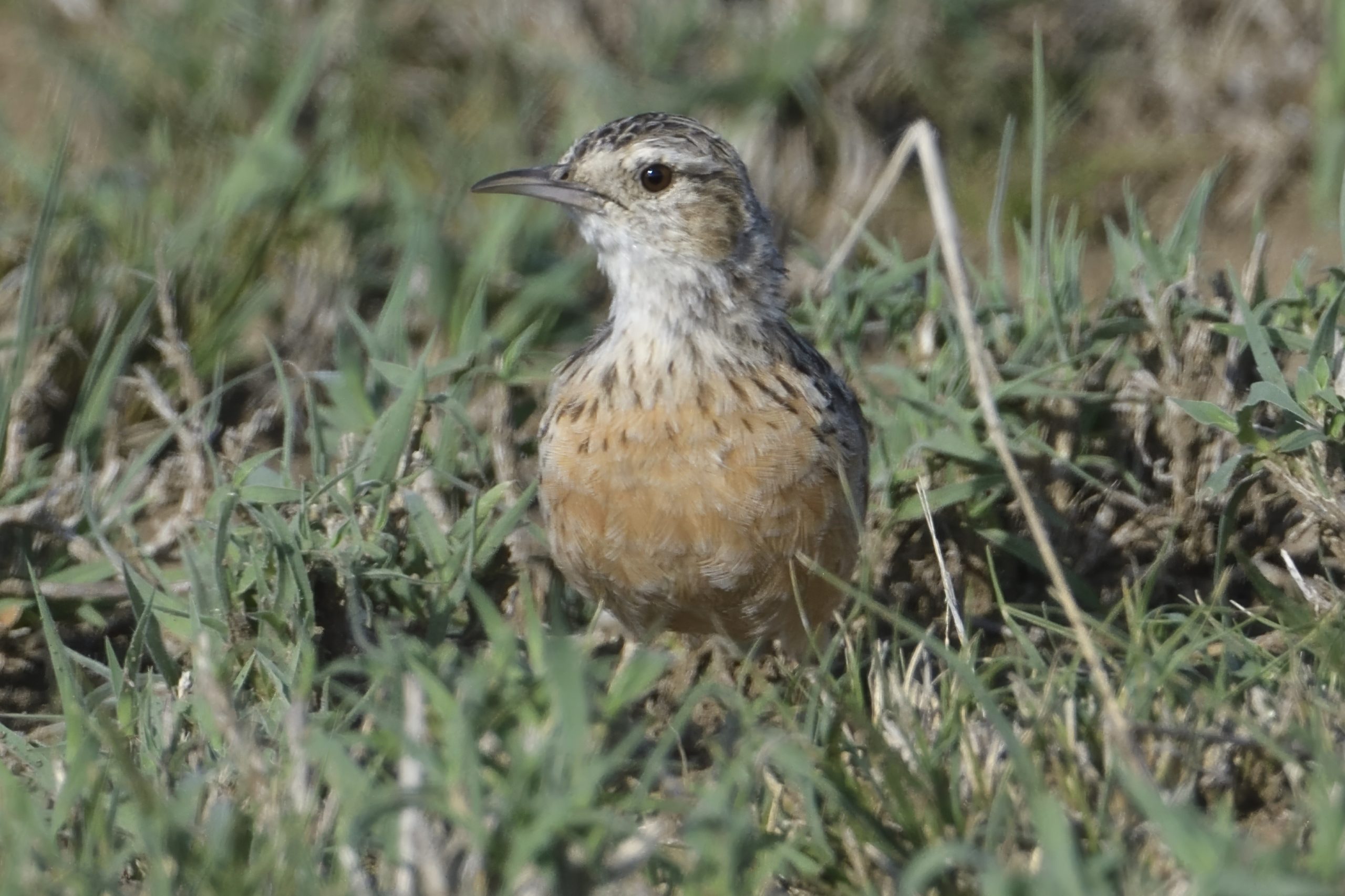
Beesley´s Lark, Chersomanes beesleyi, Endemic to a small area North of Arusha, Tanzania
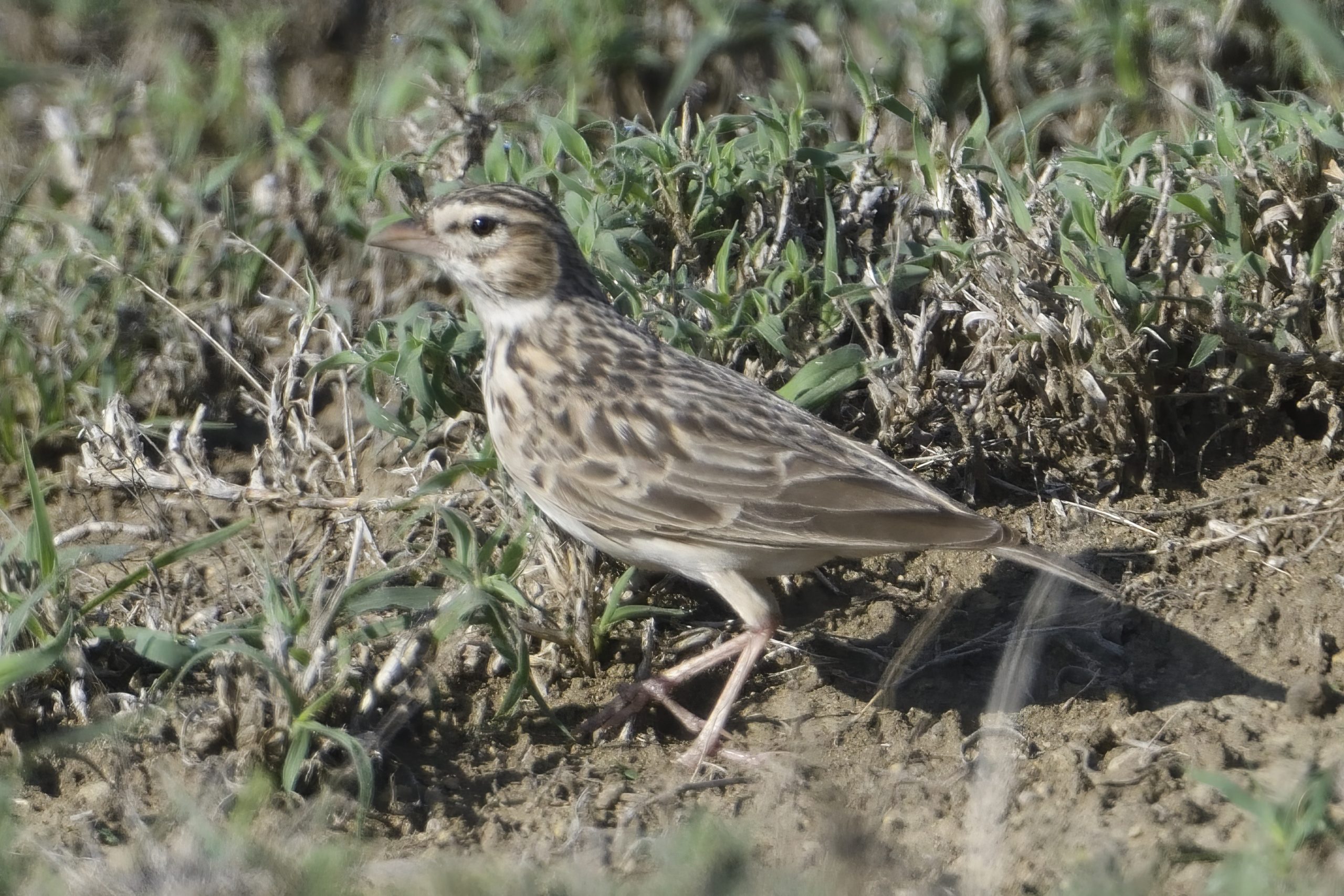
Athi Short-toed Lark, Alaudala athensis, Endemic to N Tanzania and S Kenya
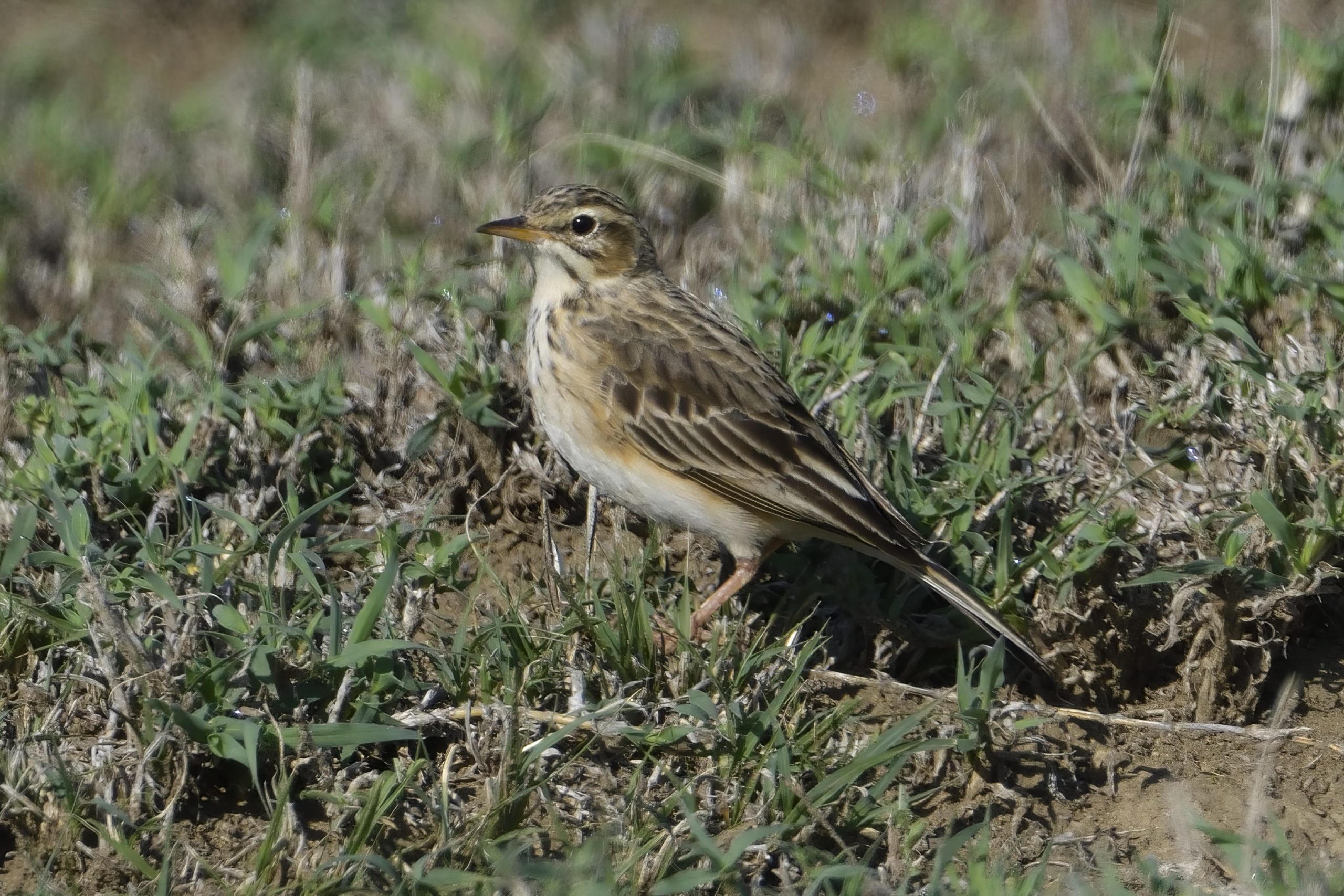
African Pipit, Anthus cinnamomeus
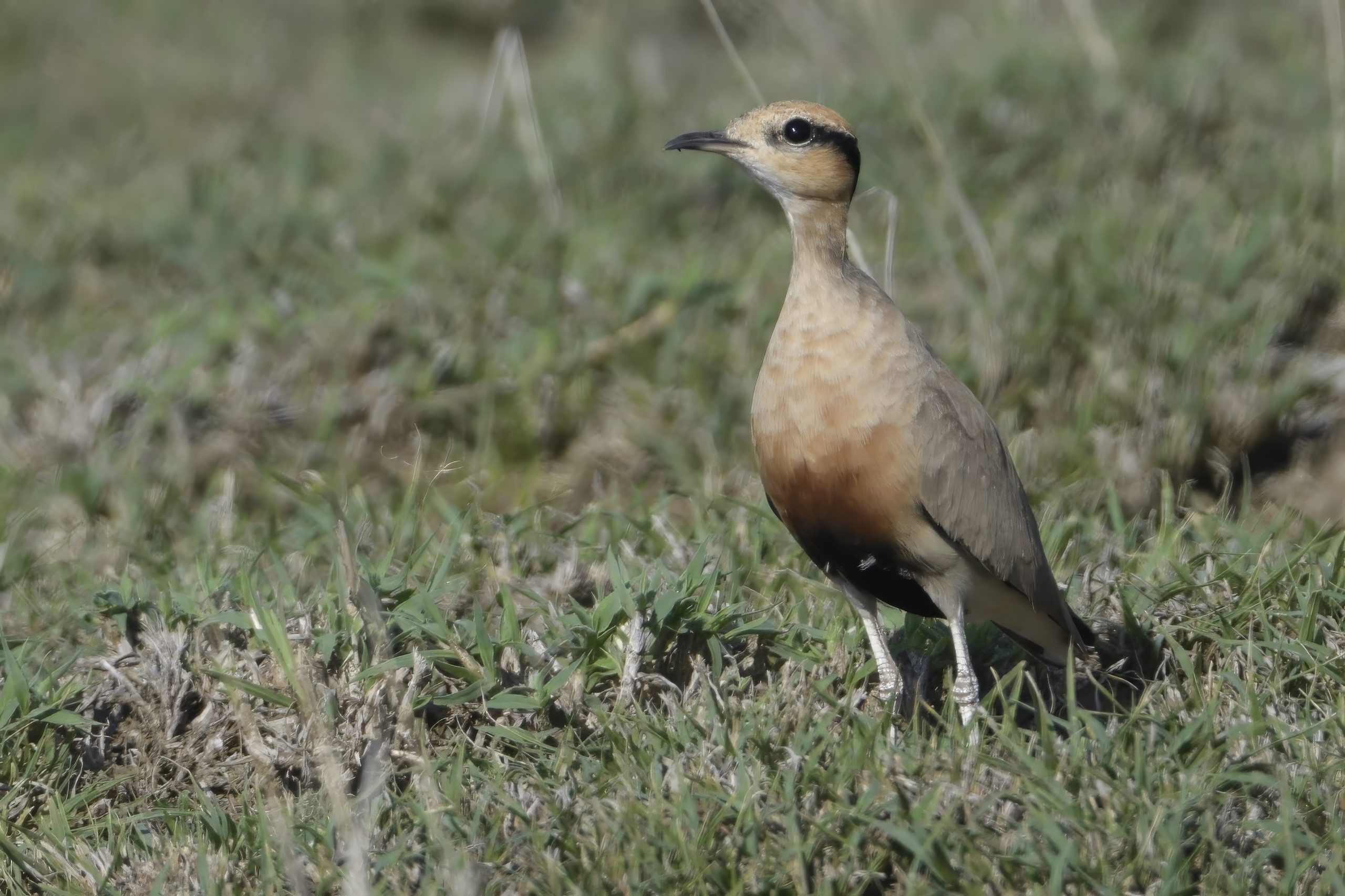
Temminck´s Courser, Cursorius temminicki
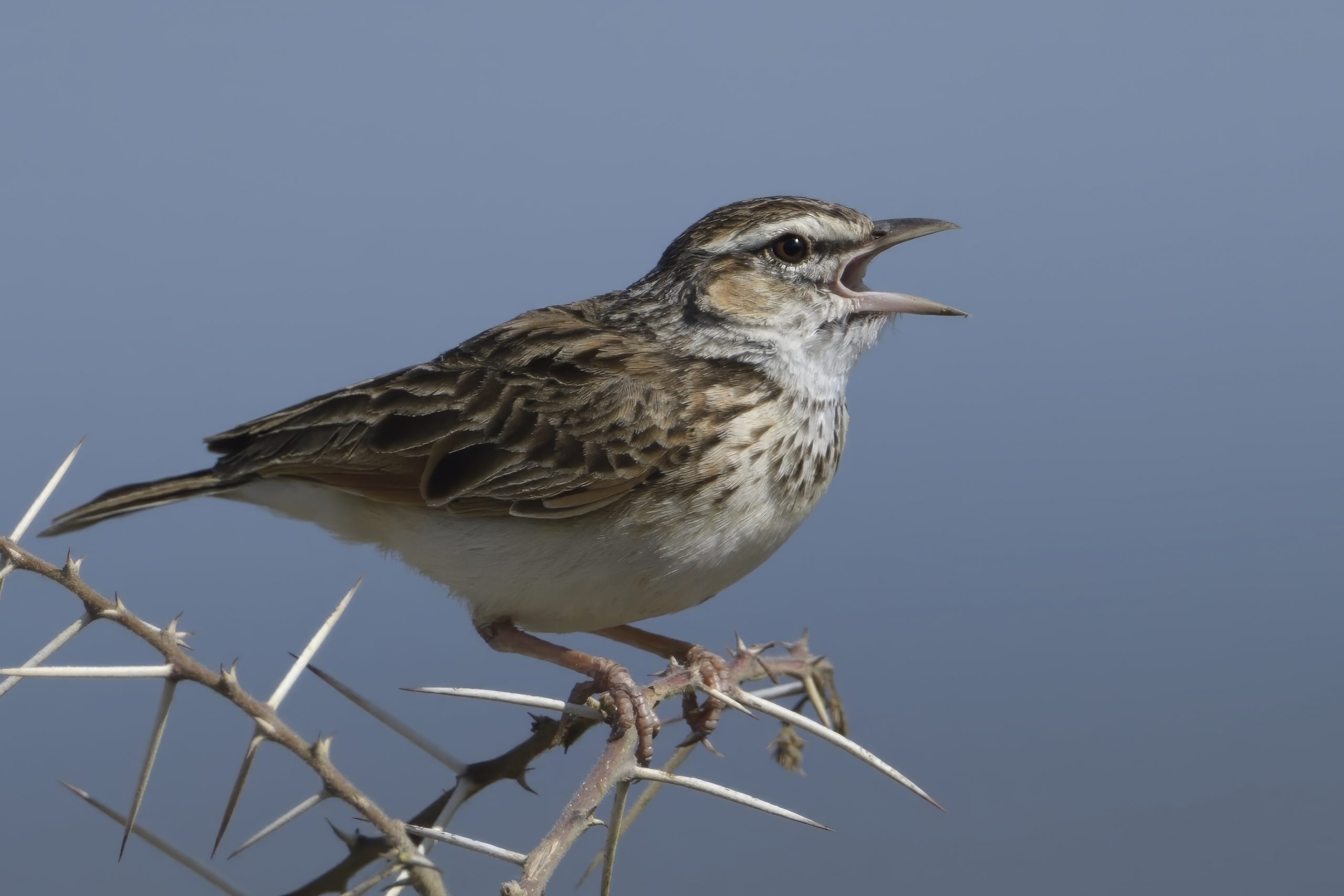
Fawn-colored (Foxy) Lark, Calendulauda africanoides
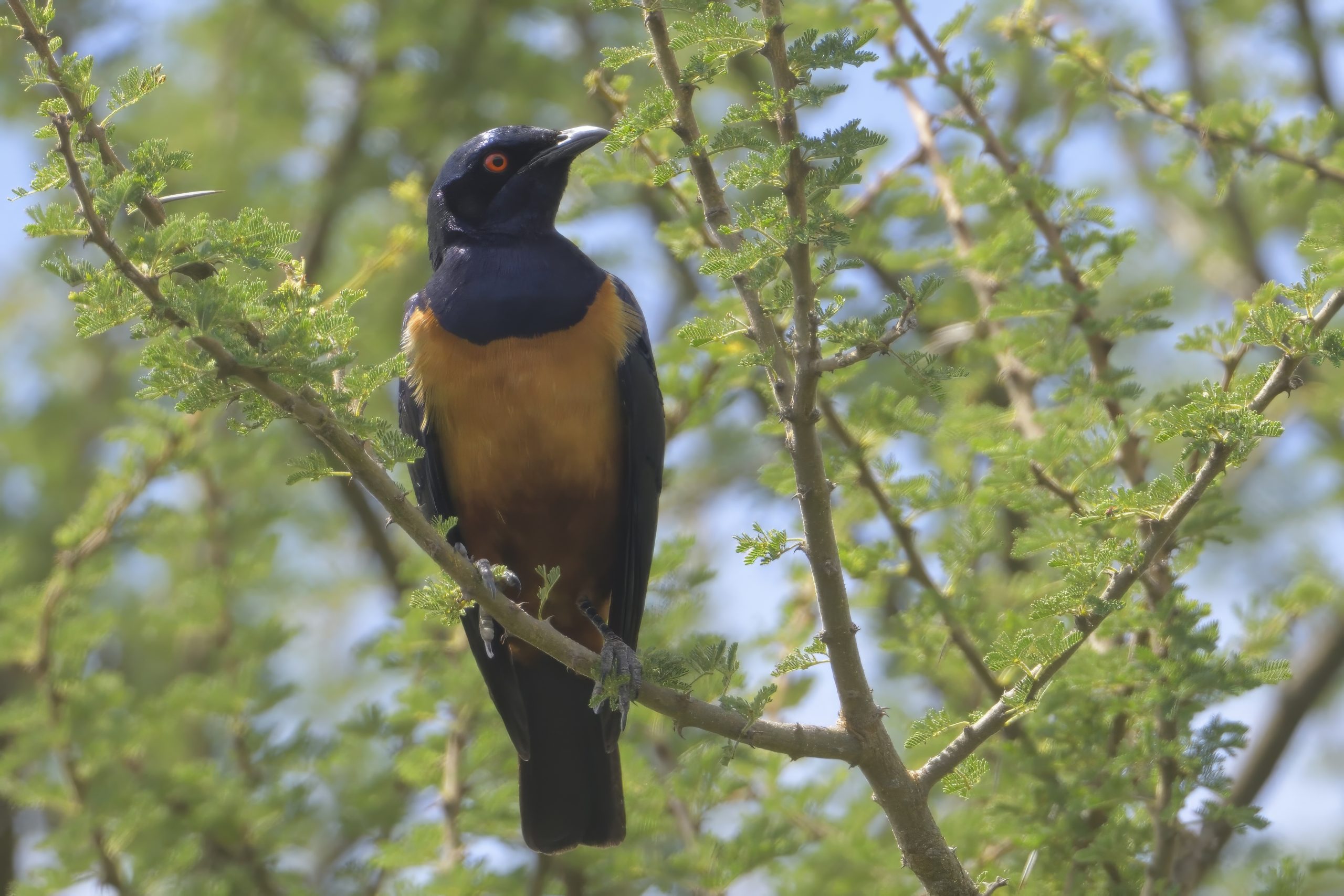
Hildebrandt´s Starling, Lamprotornis hildebrandti, Endemic to E Africa
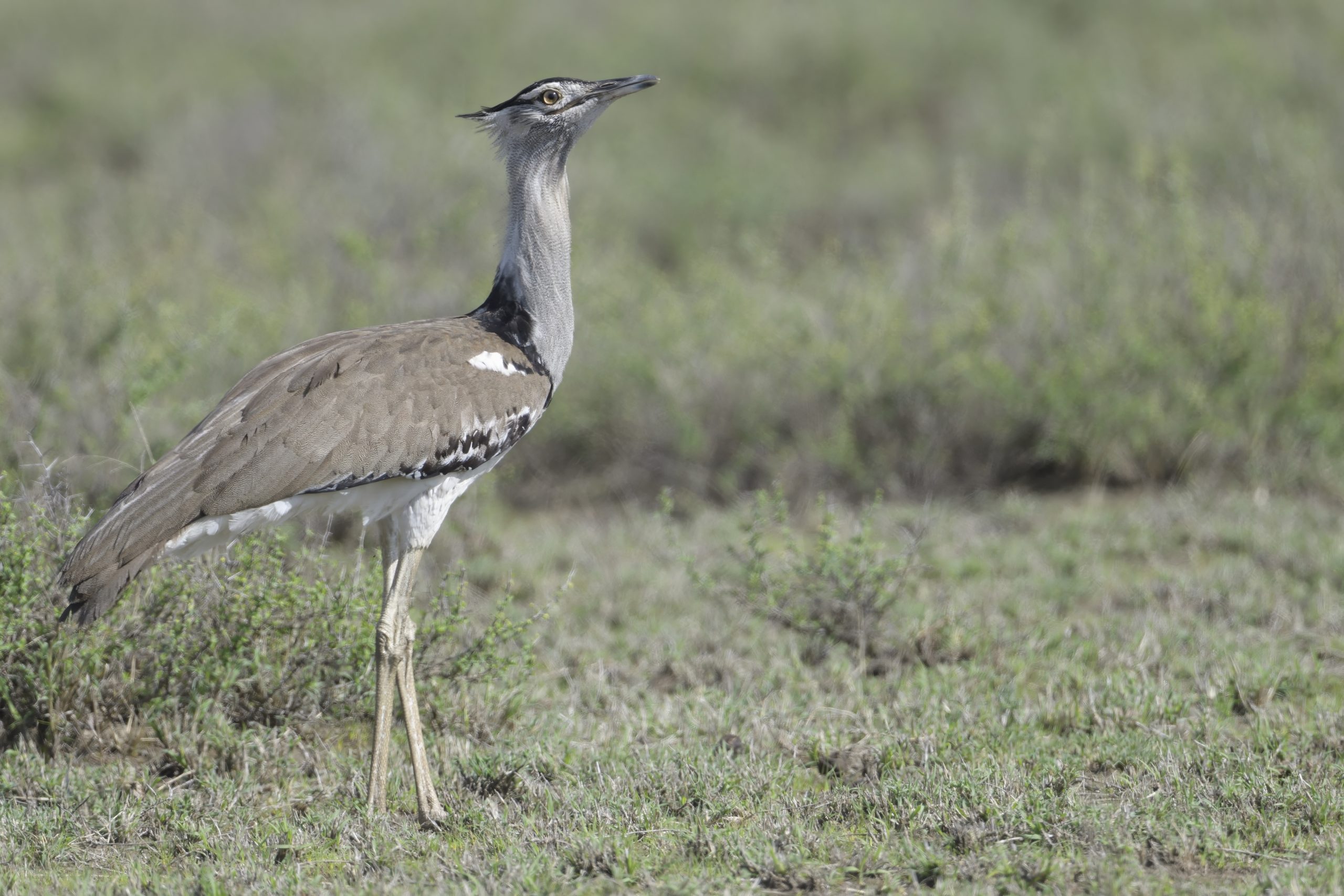
Kori Bustard, Ardeotis kori
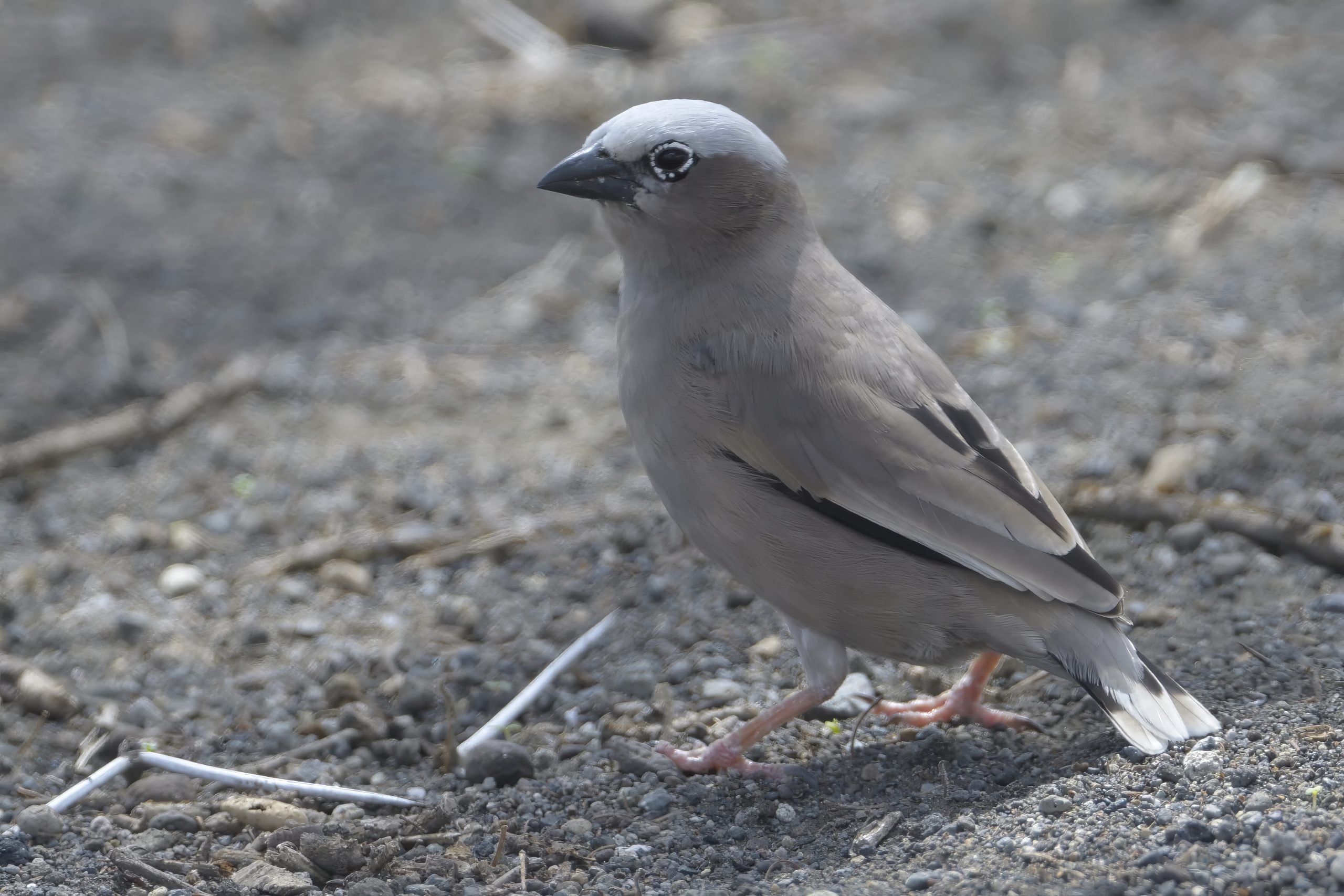
Grey-capped Social Weaver, Pseudonigrita arnaudi
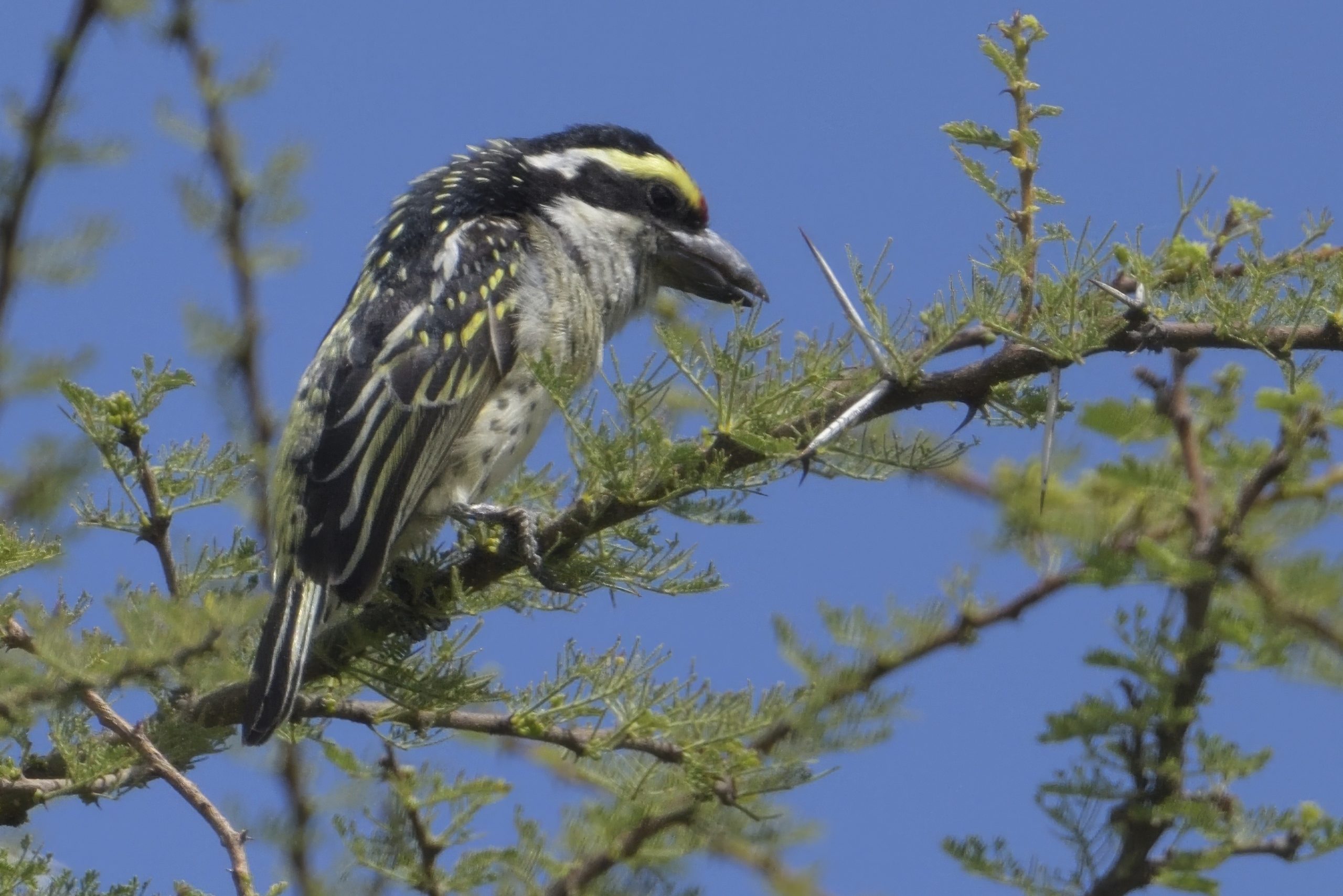
Red-fronted barbet, Tricholaema diademata, Endemic to NE Africa
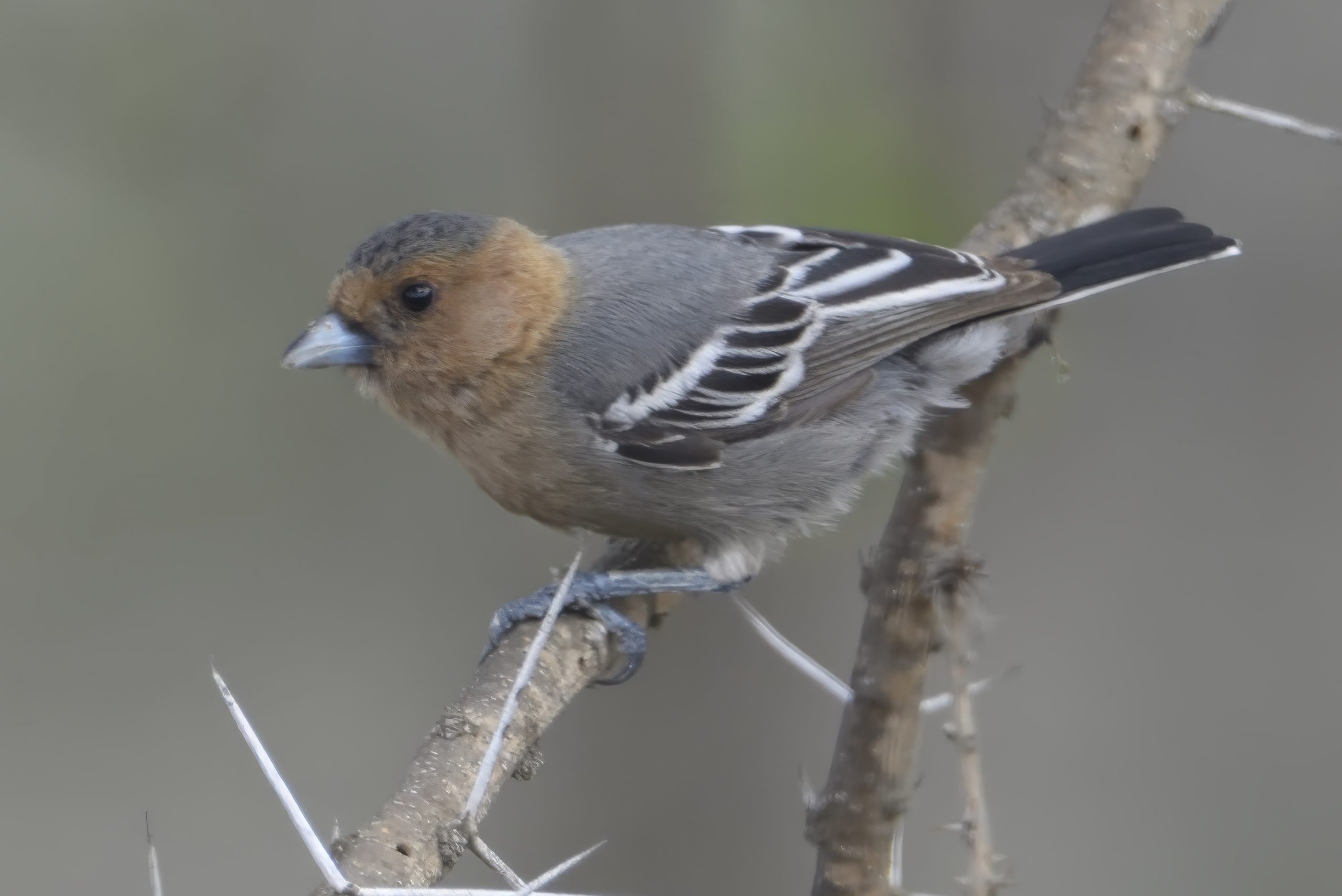
Red-throated Tit, Melaniparus fringillinus, Endemic to N Tanzania and S Kenya
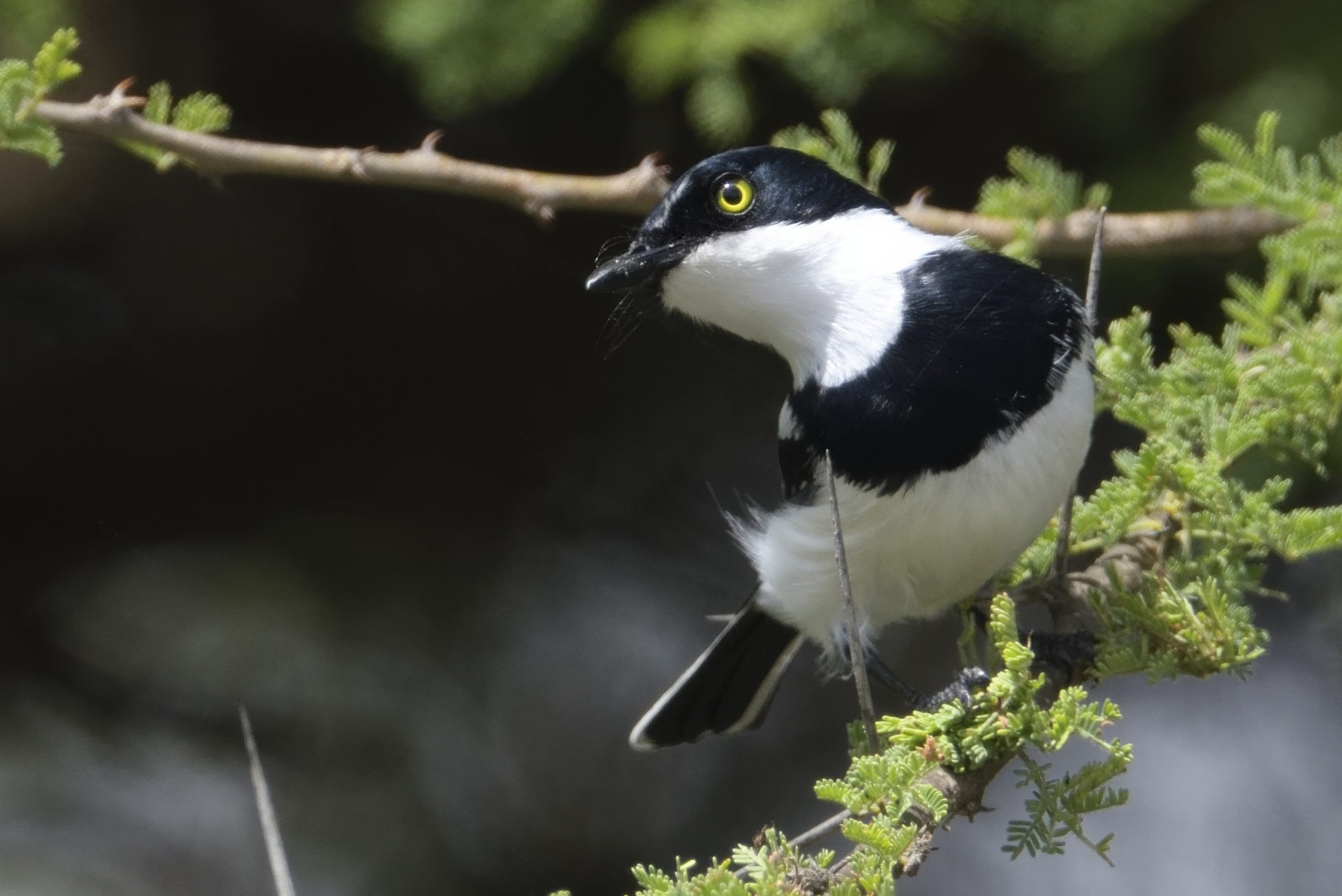
Chinspot Batis, Batis molitor
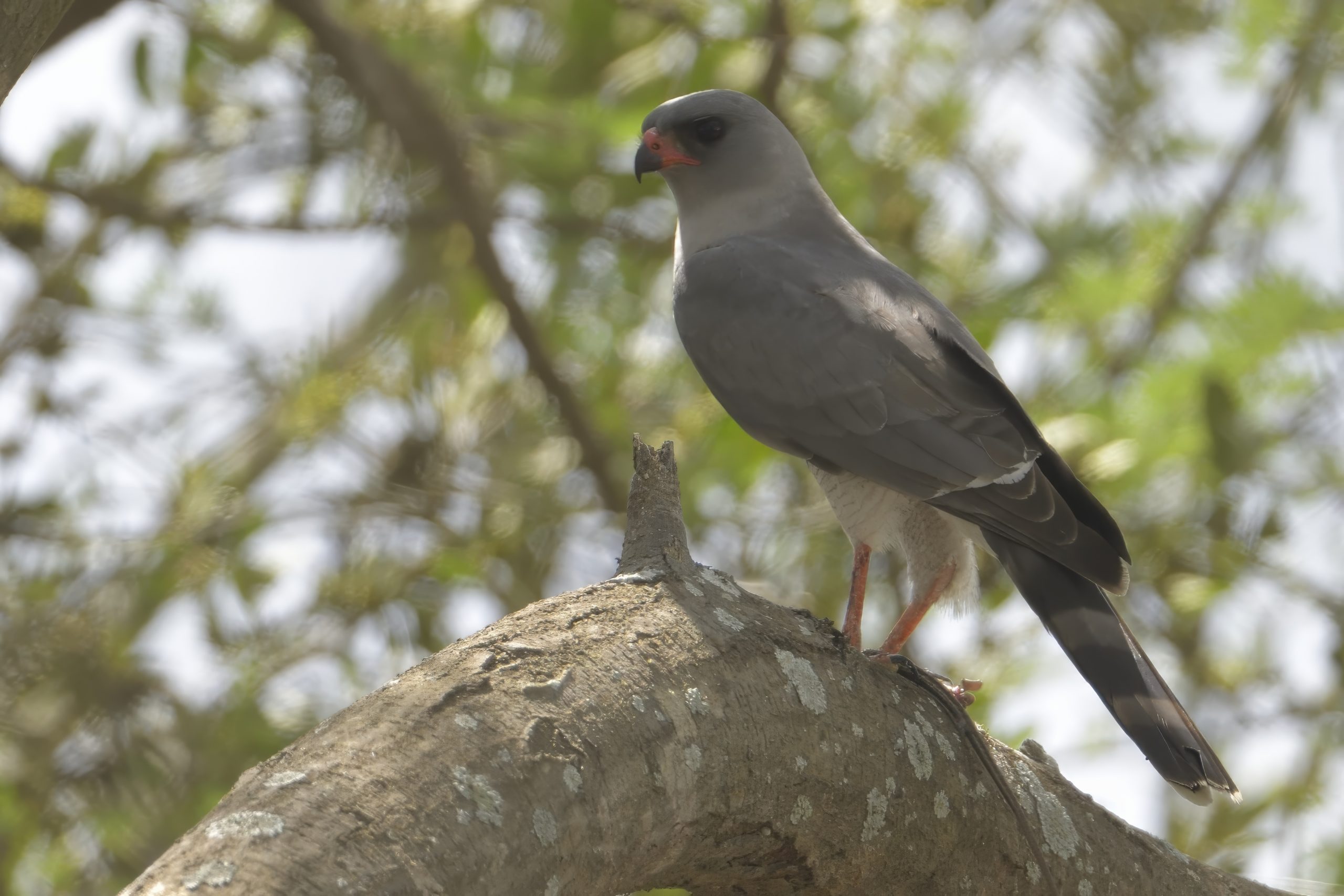
Gabar Goshawk, Micronisus gabar
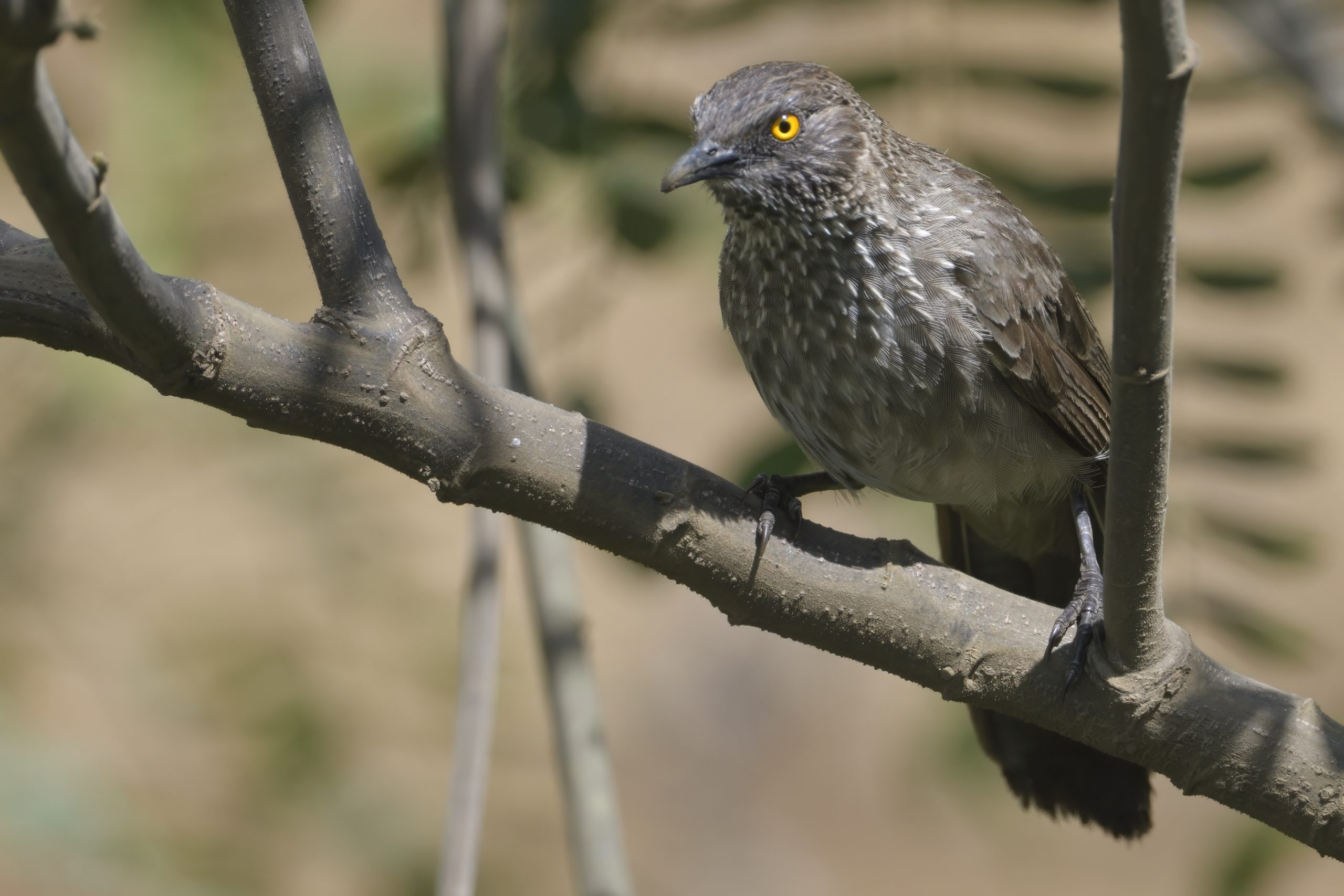
Arrow-marked Babbler, Turdoides jardineii
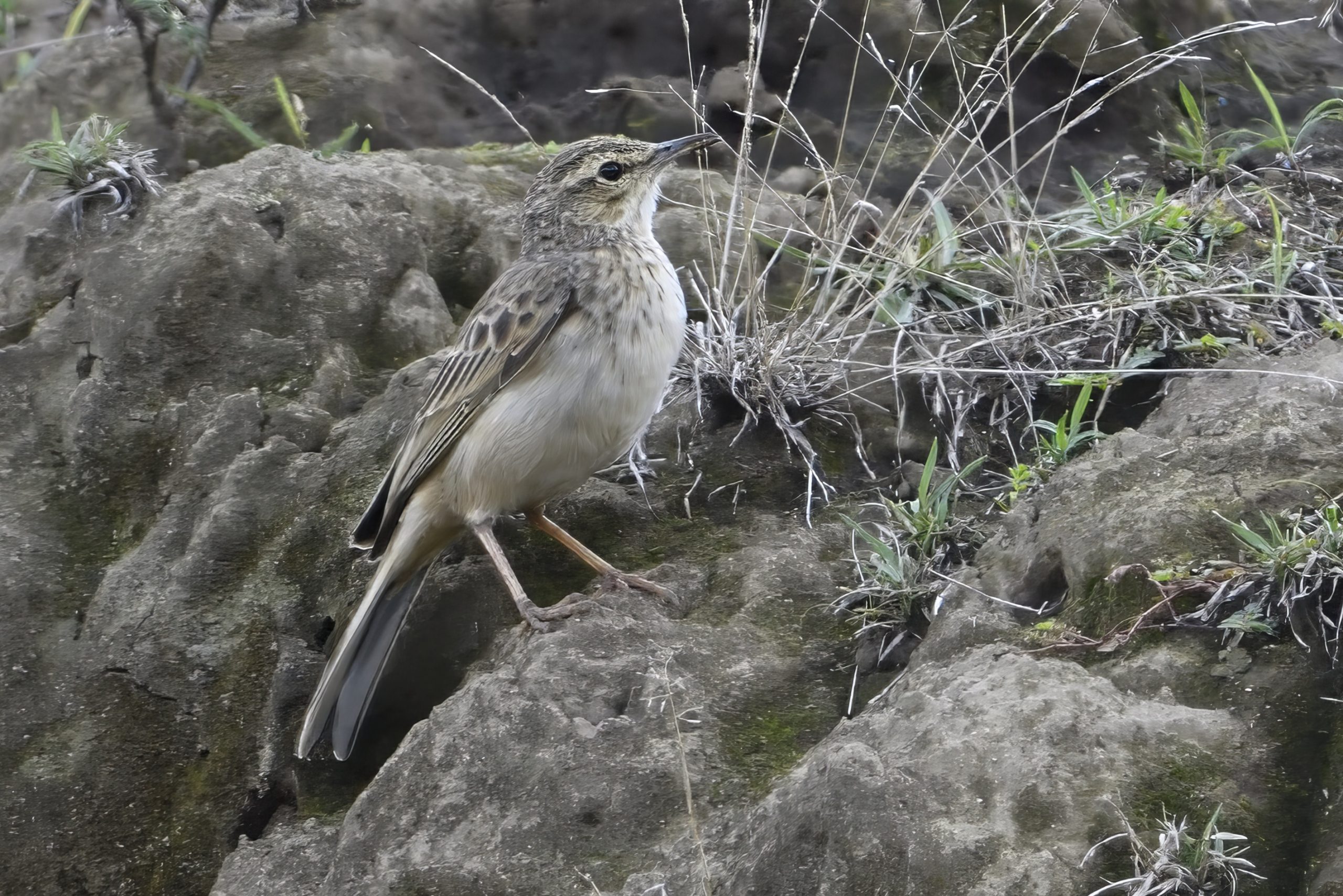
Long-billed Pipit, Anthus similis
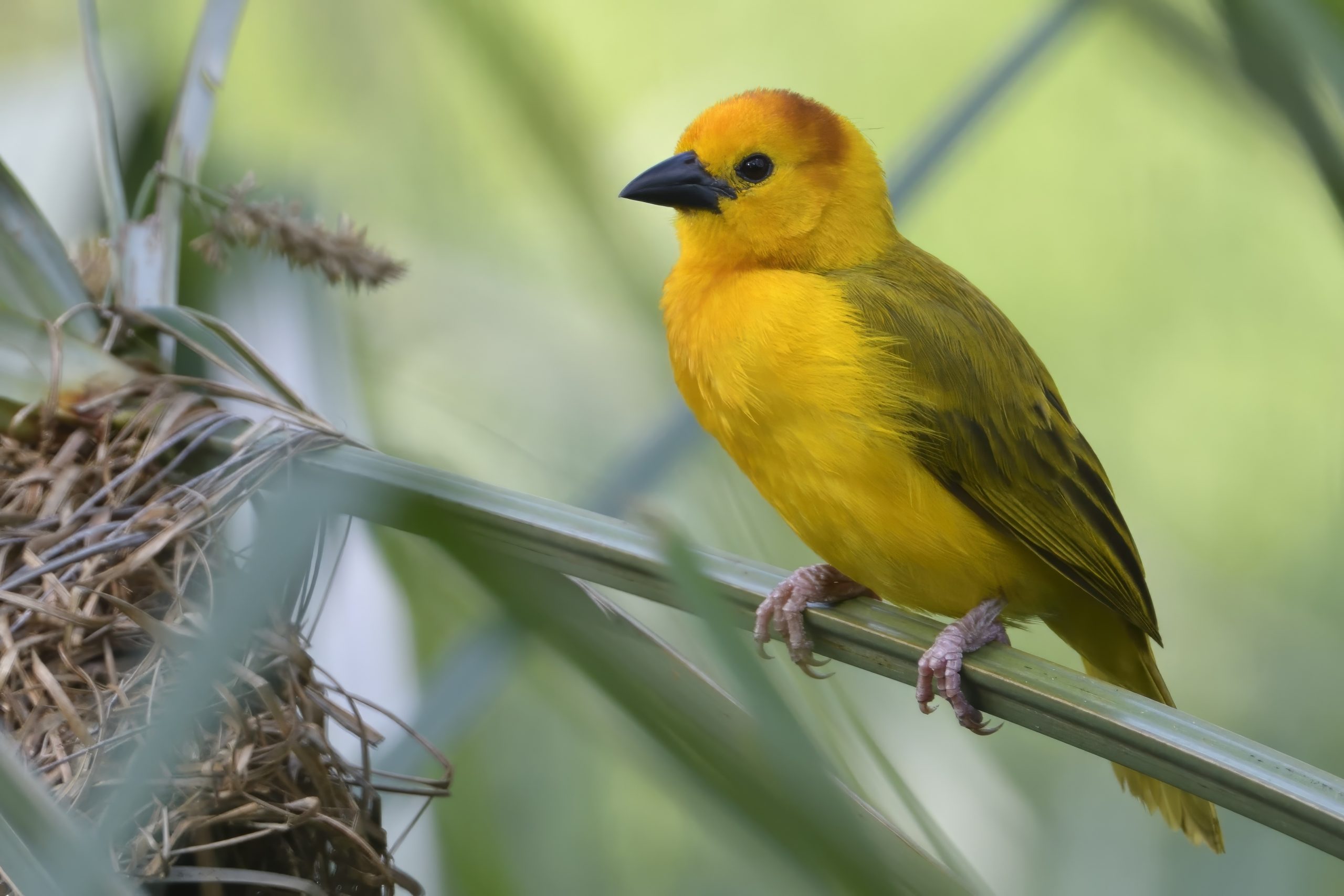
Taveta Weaver, Ploceus castaneiceps, Endemic to N Tanzania and S Kenya
Day 3, Thursday, November 28: Tarangire National Park to Karatu
We again had an early start The drive were uneventful until we were past Makayuny, I started to pay attention to the roadside. Sure enough a Single Abdim´s Stork were found (an early arriver?) + the first White-bellied Go-away-bird on the trip even we heard many on Kiligolf a few days before. We continued a few Kilometers to the turn off from the main road to Tarangire National Park. As normal we drove slowly towards the park entrance: Birds observed included: Rufous-tailed Weaver, Red-billed Buffalo Weaver, Black-chested Snake Eagle, Little Bee-eater, Fork-tailed Drongo, Namaqua Dove and Swahili Sparrow. As normal, while I paid for the entrance fee, my friends and my guide birded the very productive area around the entrance gate. I was happy to learn that they had already found the Northern Pied Babbler at the gate. This bird can be elusive. At any rate we were soon inside the park and started adding birds: Yellow-necked Spurfowl, Tawny Eagle, White-backed Vulture, Yellow-collared Lovebird, Silverbird, Tawny-flanked Prinia, Lilac-breasted Roller, Blue-capped Cordon-bleu, Zitting and Desert Cisticolas, The first of many Ashy Starlings. D´Arnaud´s Barbet, Blue-cheeked Bee-eater, Nubian Woodpecker, Bateleur, Red-bellied Parrot, Red-necked Spurfowl, Egyptian Goose, Double-banded Courser, White-faced Whistling Duck, African Jacana and Knob-billed Duck. We had know reached our breakfast spot, but it were still hard to get my friends to focus on food. They added Brown-hooded Kingfisher and Bearded Woodpecker while trying to eat. We headed down towards the Tarangire River and added quite a few Vaders amongst other birds: Black-winged Stilt, Marsh Sandpiper, Three-banded Plover, Little Stint, African Spoonbill, Black-backed Puffback, Black-headed Oriole, African Fish Eagle, Woodland Kingfisher, Estern Grey Woodpecker, Comon Greenshank, Ruff, Common Ringed Plover, Brown Snake Eagle, Verreaux´s Eagle-Owl and Fischer´s Sparrow Lark. We now had a choice to go down to the crowded Matete Picnic Site or continue on my “Bustard Road” where I knew from experience we would run into very few other vehicles. My friends were easy to convince, so the Bustard Road and lunch at the gate were agreed upon. I could not believe my eyes when my guide spotted a pair of Three-banded Coursers with chicks next to the road (This is a bird I have never seen on my Usambara trip before). We continued and the Bustard road did not disappoint. We found Buff-crested, White-bellied, Black-bellied and Hartlaub´s Bustard. Other new birds observed included Common Ostrich, Yellow-throated Sandgrouse, Lappet-faced Vulture and Coqui Francolin. We were back at the gate around 15:00. We had a quick lunch before the boys set out to photograph birds around the entrance. After 9 hours behind the wheel, I relaxed a little before the boys came back. We drove back to Makayuny and took the road towards Ngorongoro and Serengeti. We stopped at our normal guest house in Karatu. We had a little bit of time to freshen up and relax before we met for dinner at 19:00. As normal we went to a local restaurant and had Chips and Njoma Choma (fried beef). We retired early.
Some pictures from Day 3:
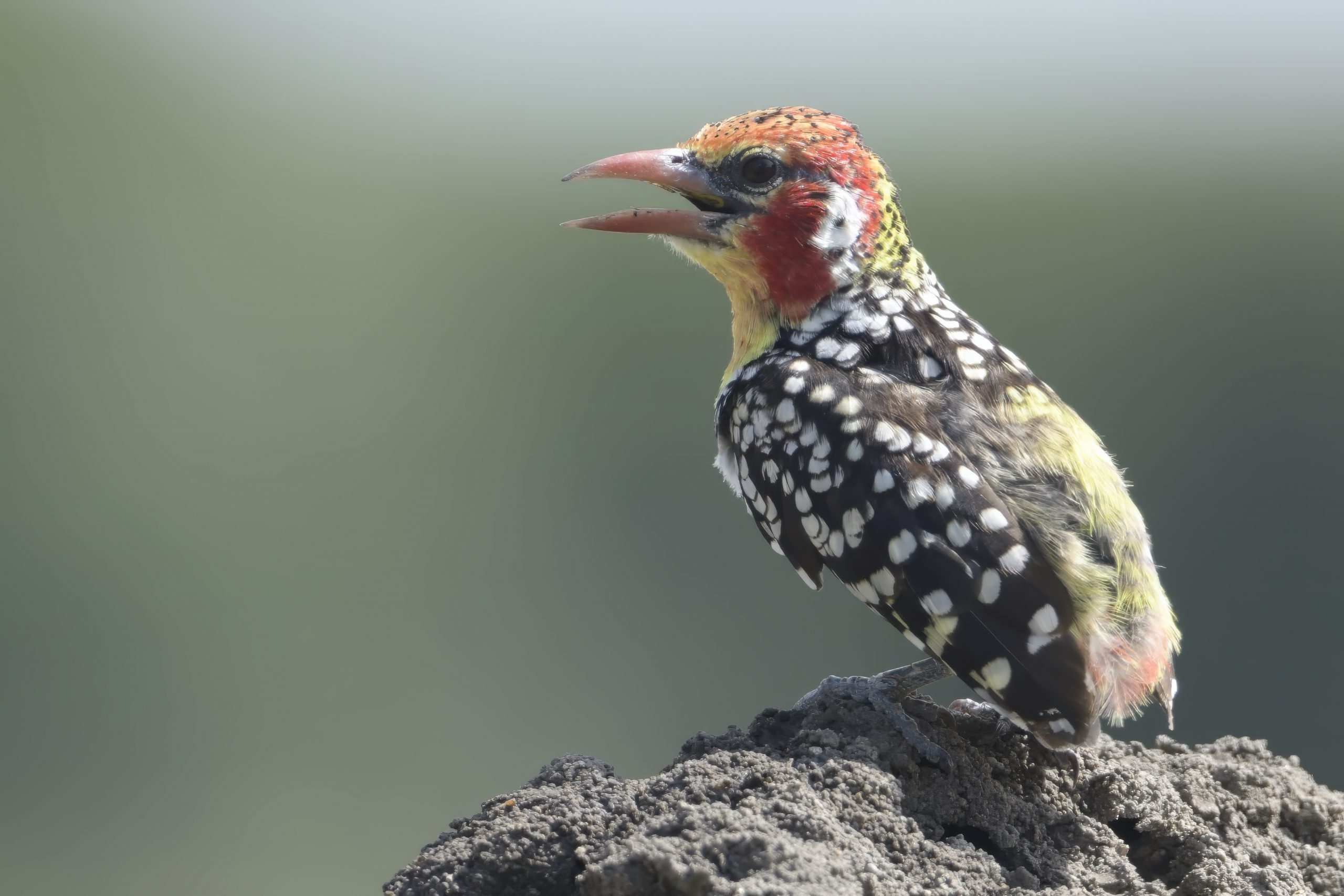
Red-and-yellow Barbet, Trachyphonus erythrocephalus, Endemic to NE Africa
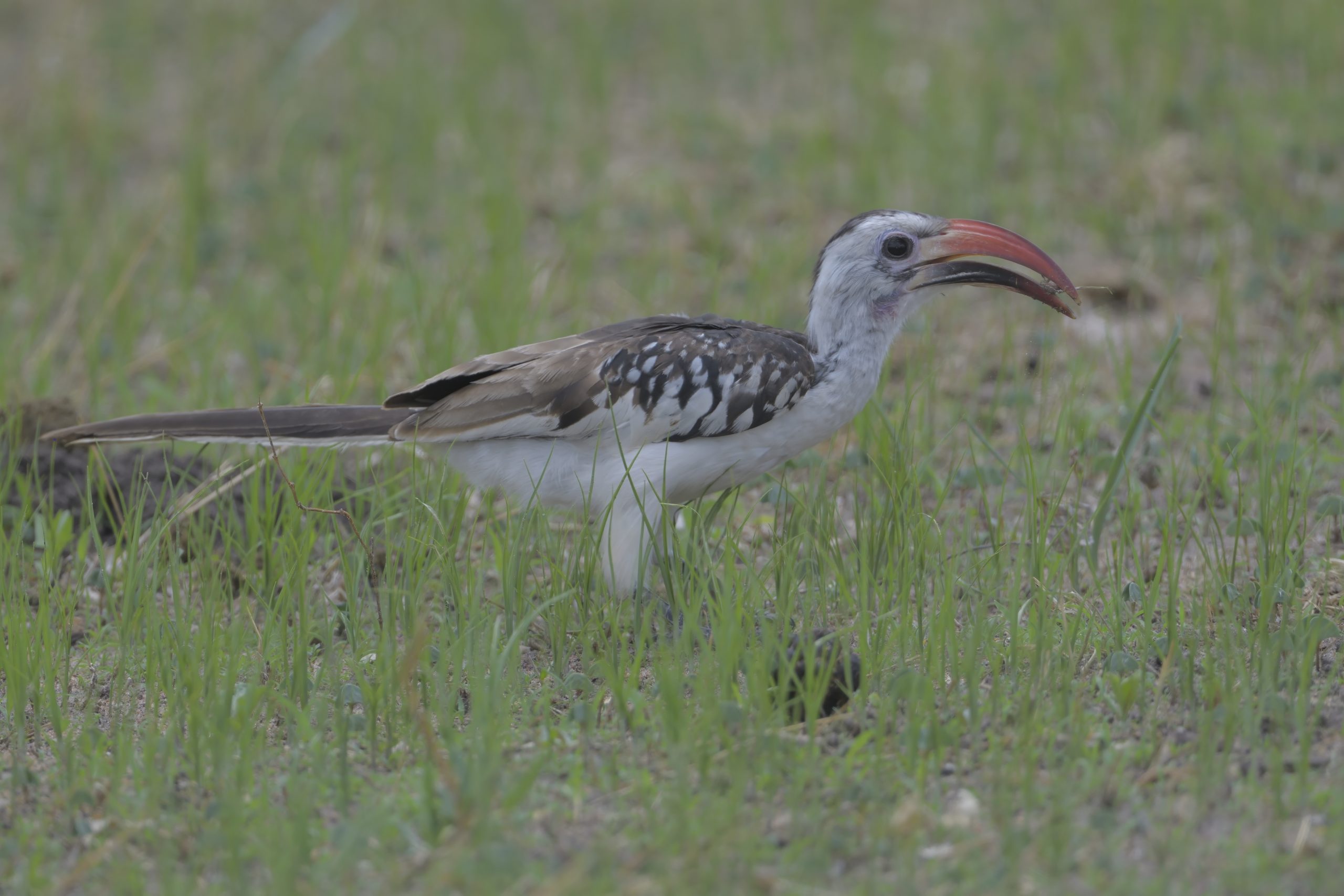
Northern Red-billed Hornbill, Tockus erythrorhynchus
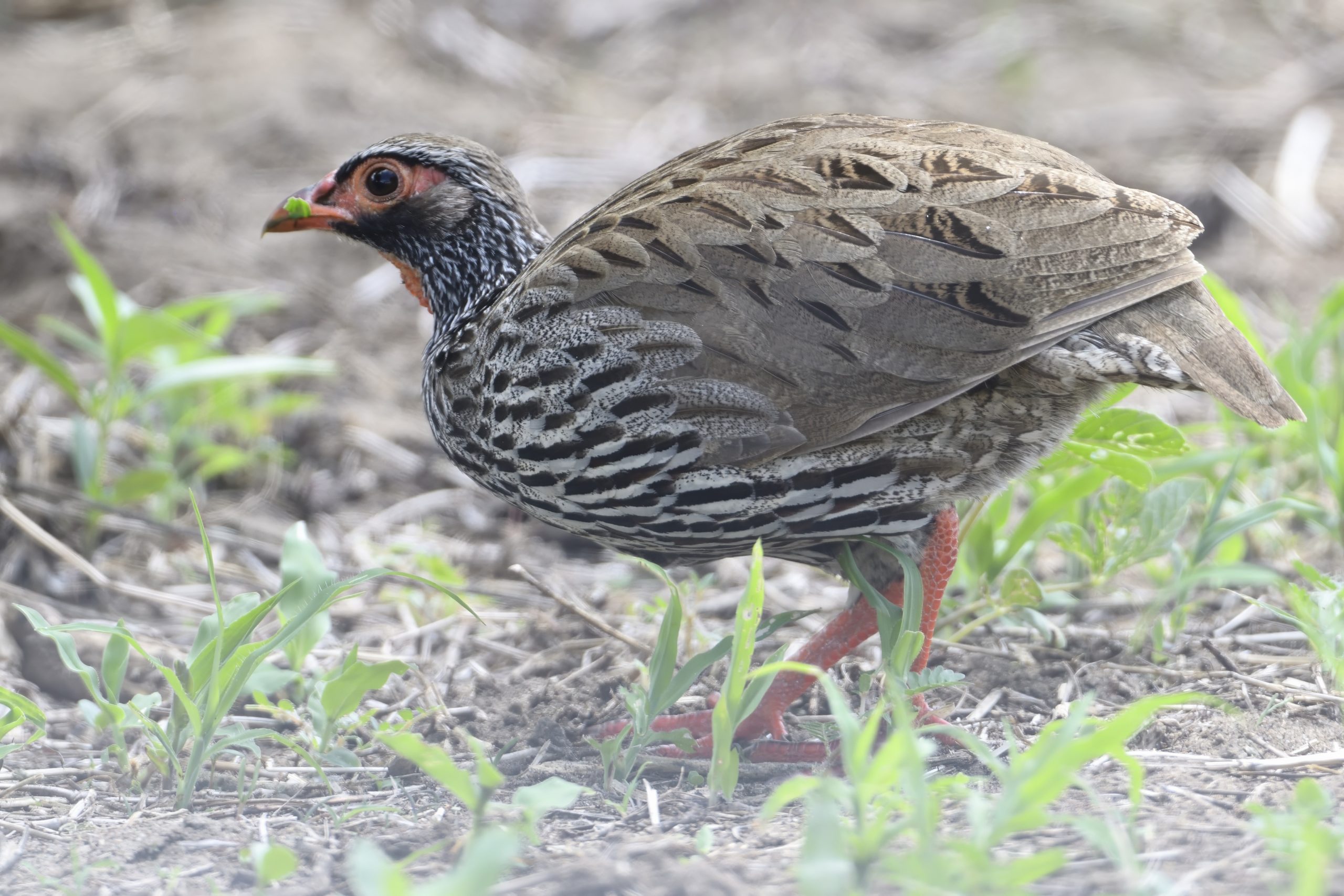
Red-necked Spurfowl, Pternistis afer
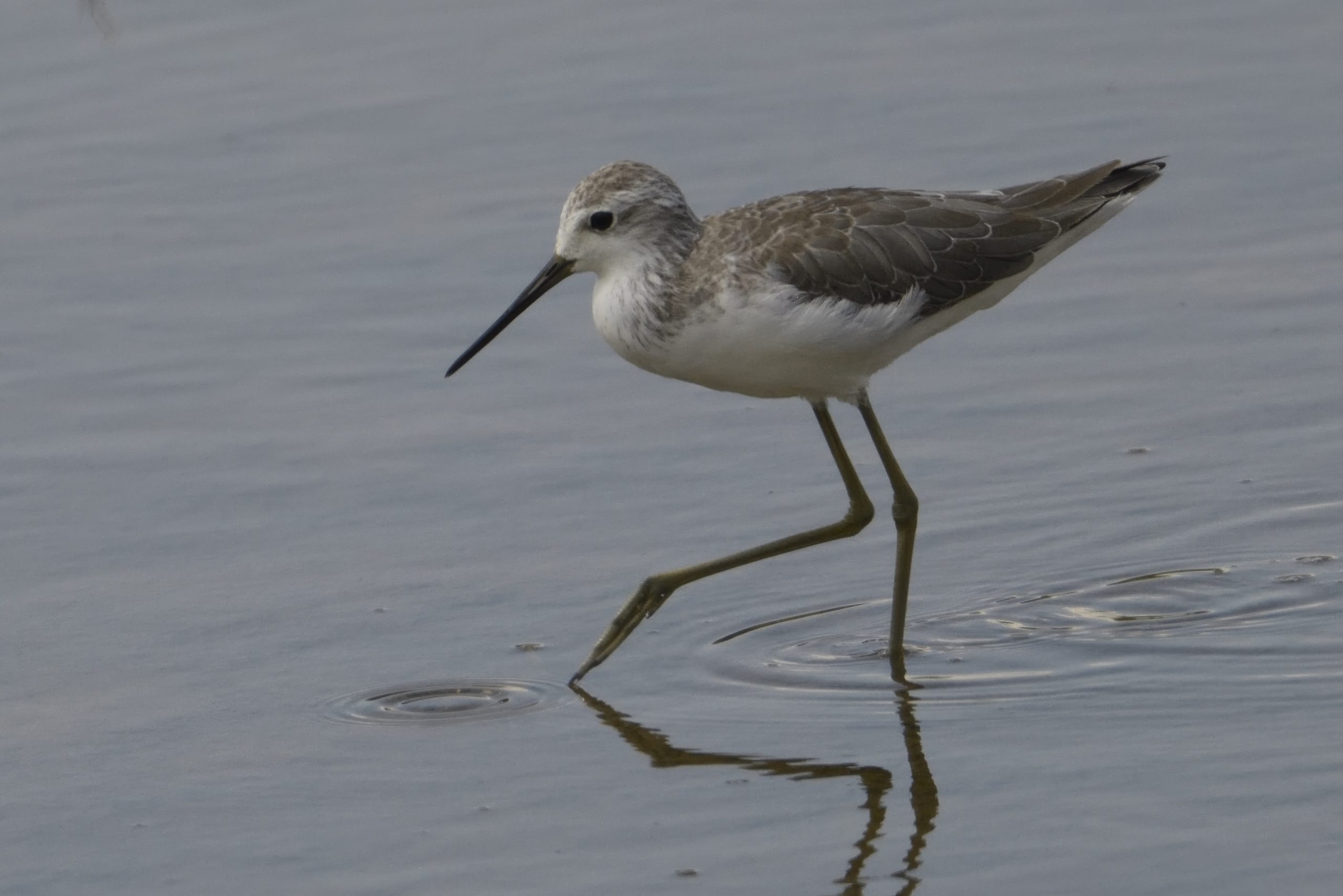
Marsh Sandpiper, Tringa stagnatilis
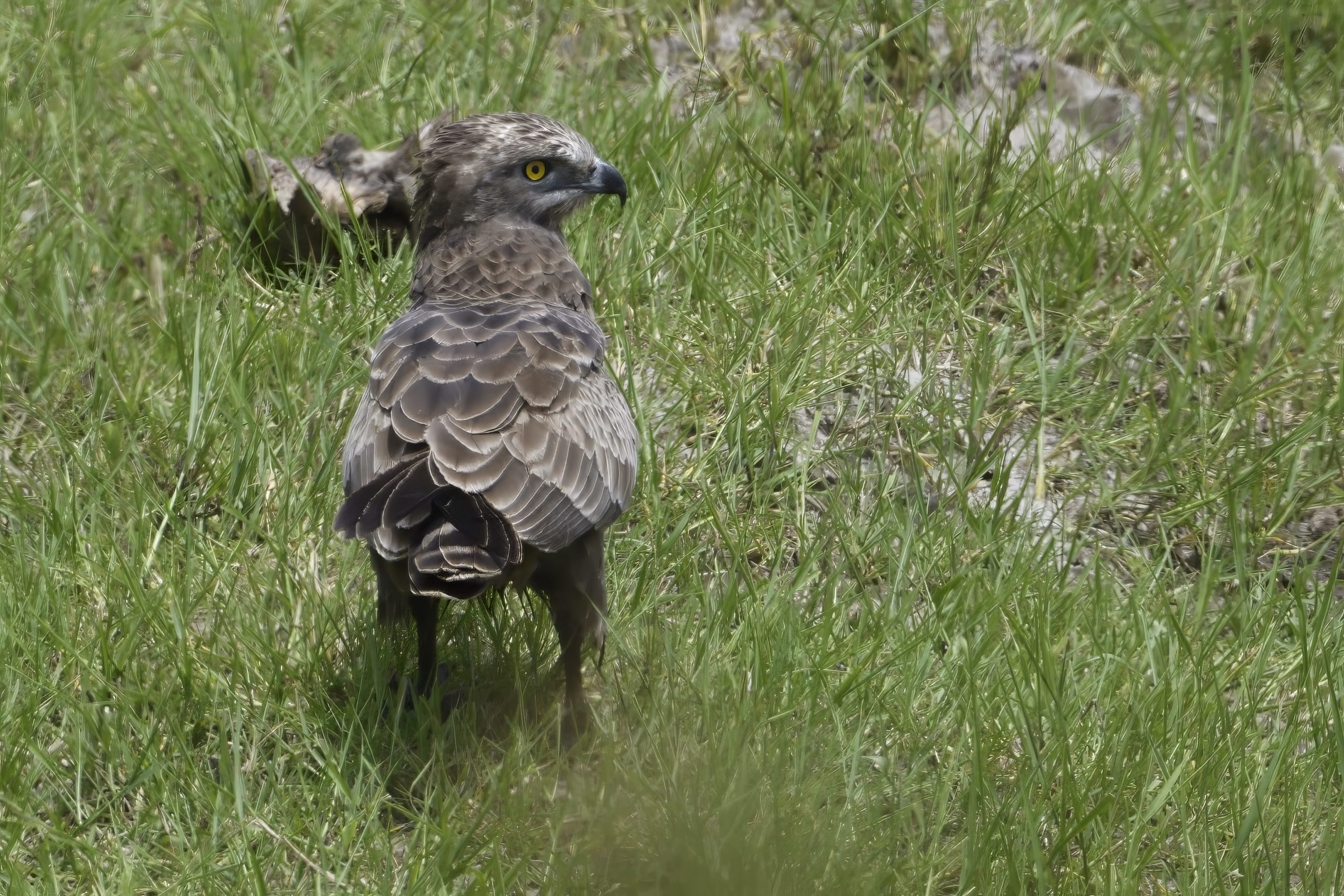
Brown Snake Eagle, Circaetus cinereus
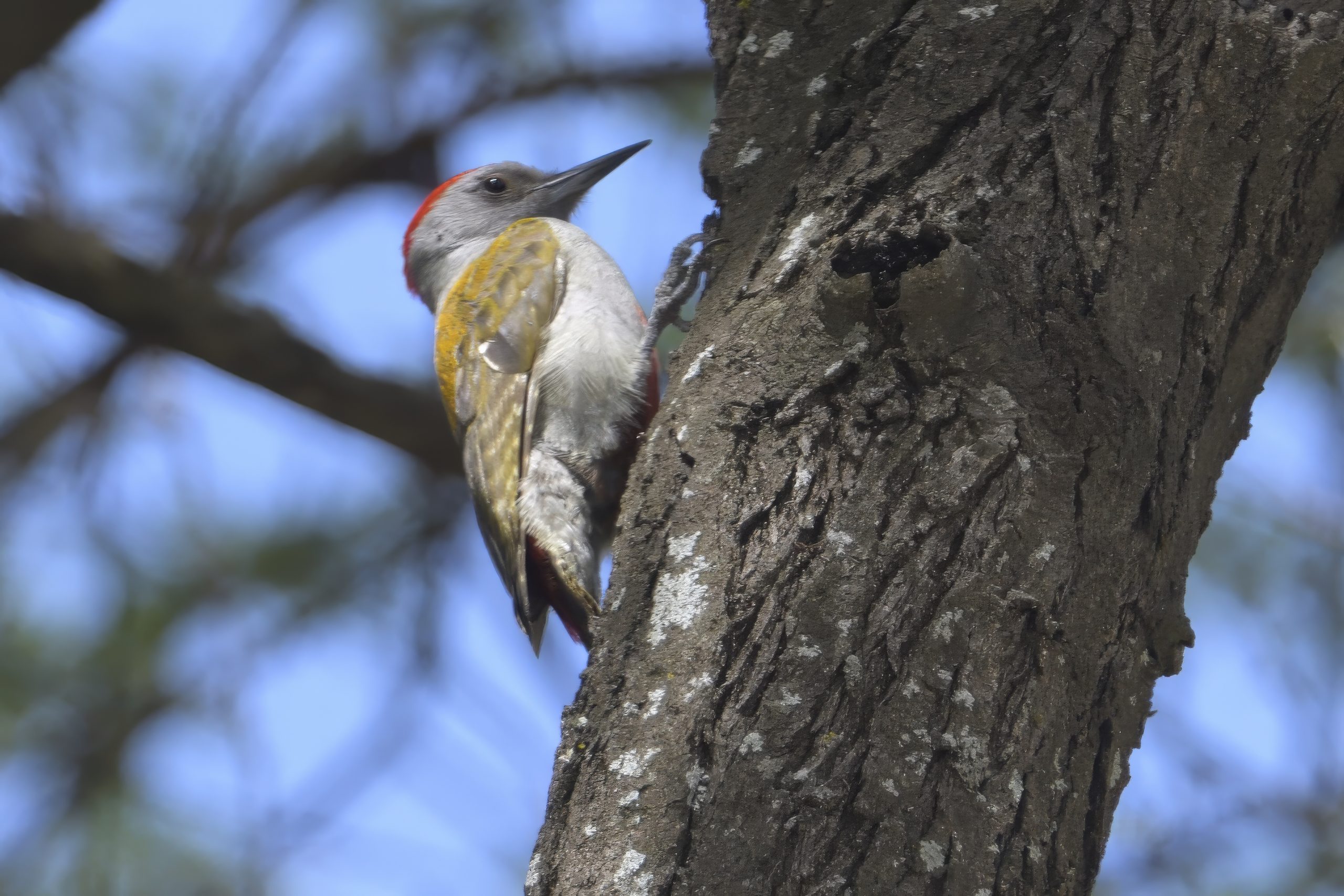
Eastern Grey Woodpecker, Dendropicos spodocephalus, Endemic to NE Africa
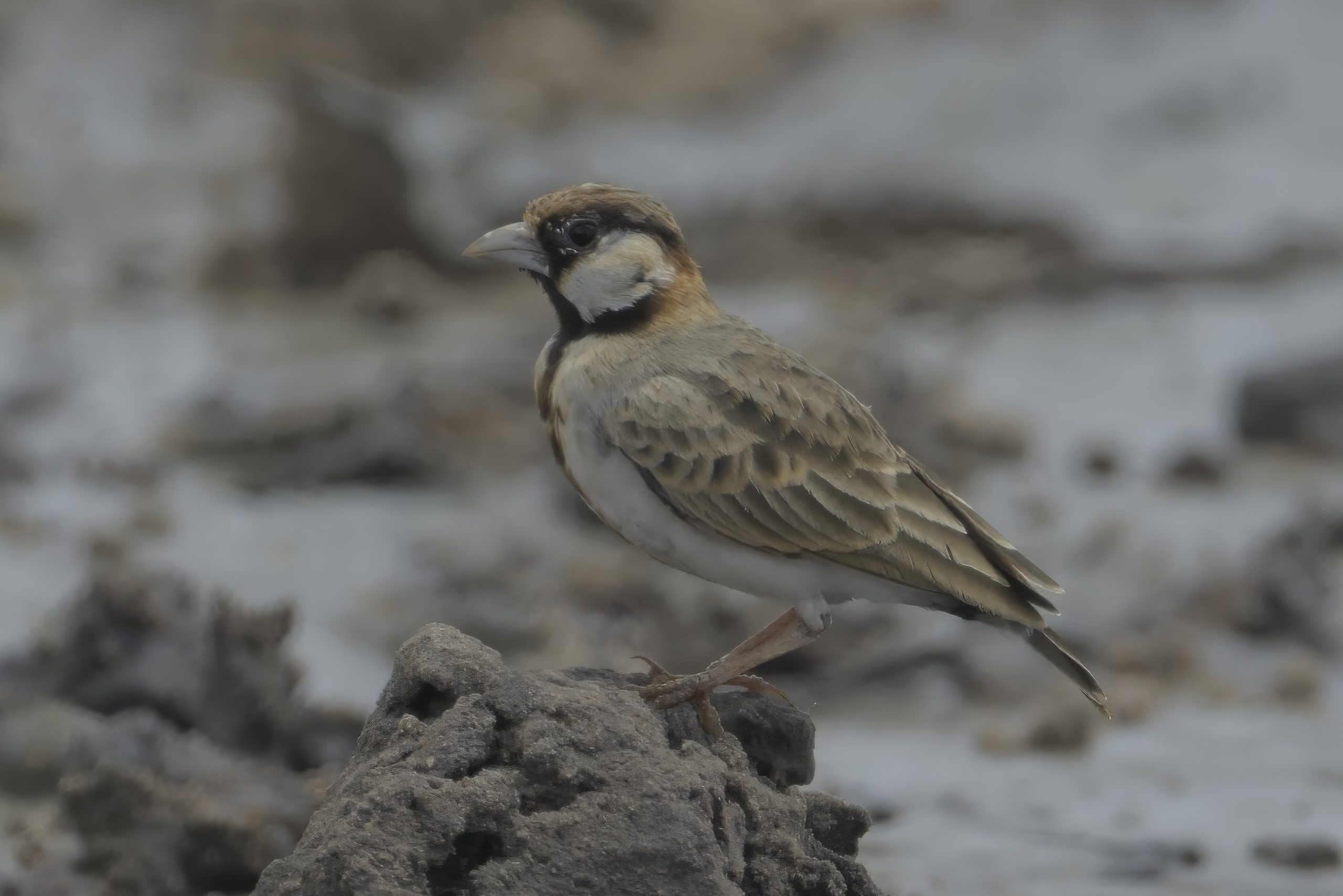
Fischer´s Sparrowlark, Eremopterix leucopareia, Endemic to NE Africa
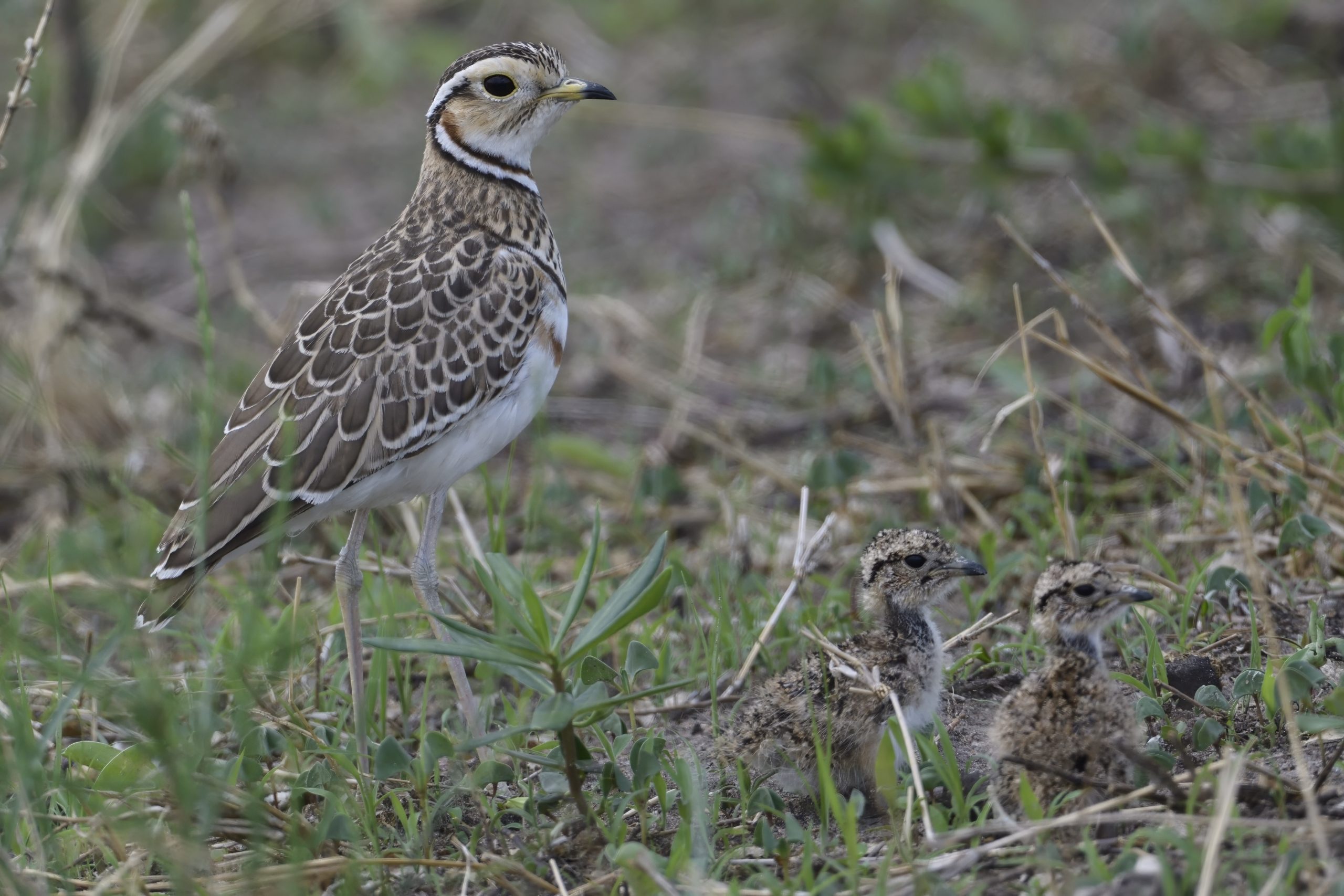
Three-banded Courser, Rhinoptilus cinctus
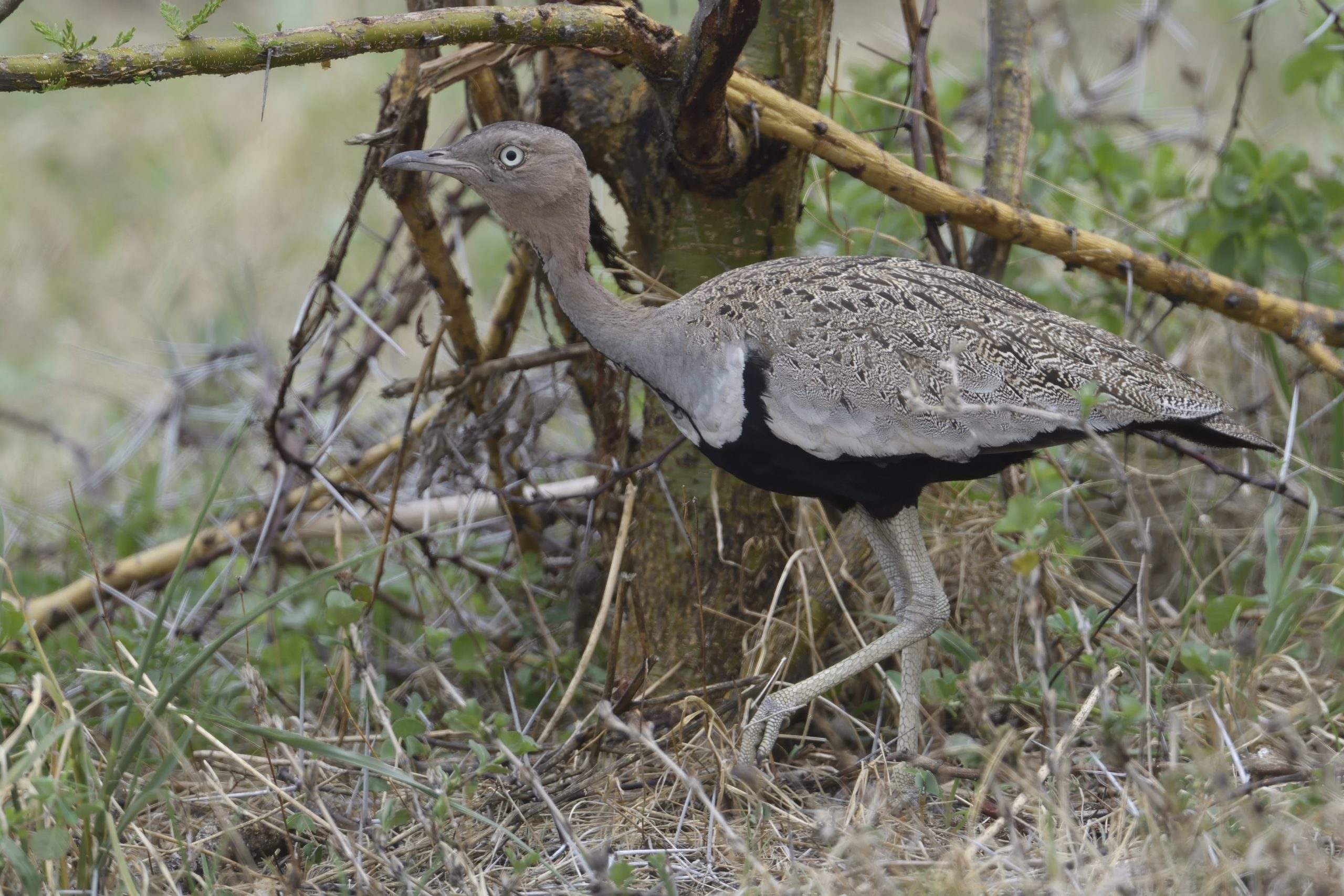
Bidd-crested Bustard, Lophotis ginddiani, Endemic to NE Africa
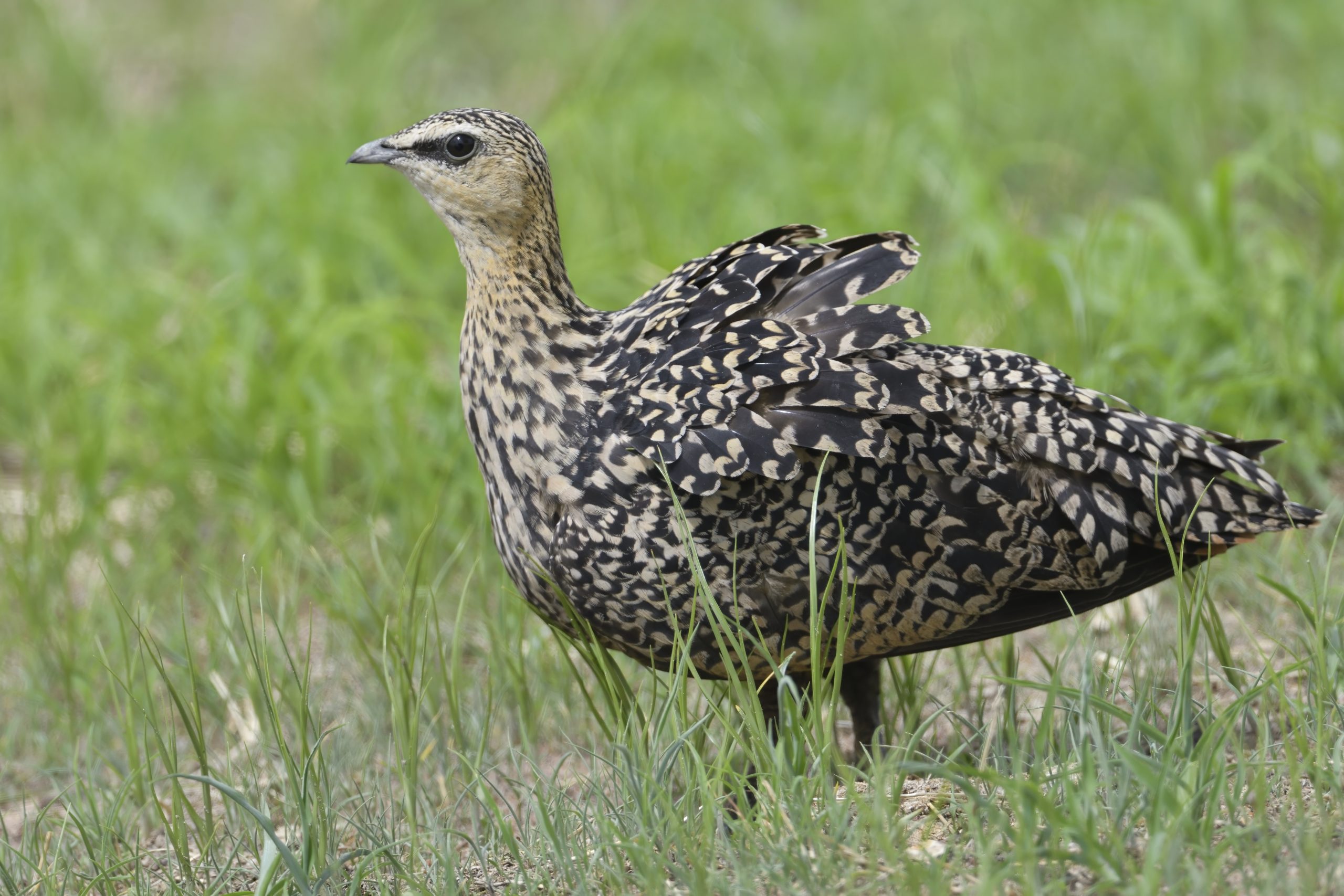
Yellow-throated Sandgrouse (Female), Pterocles gutturalis
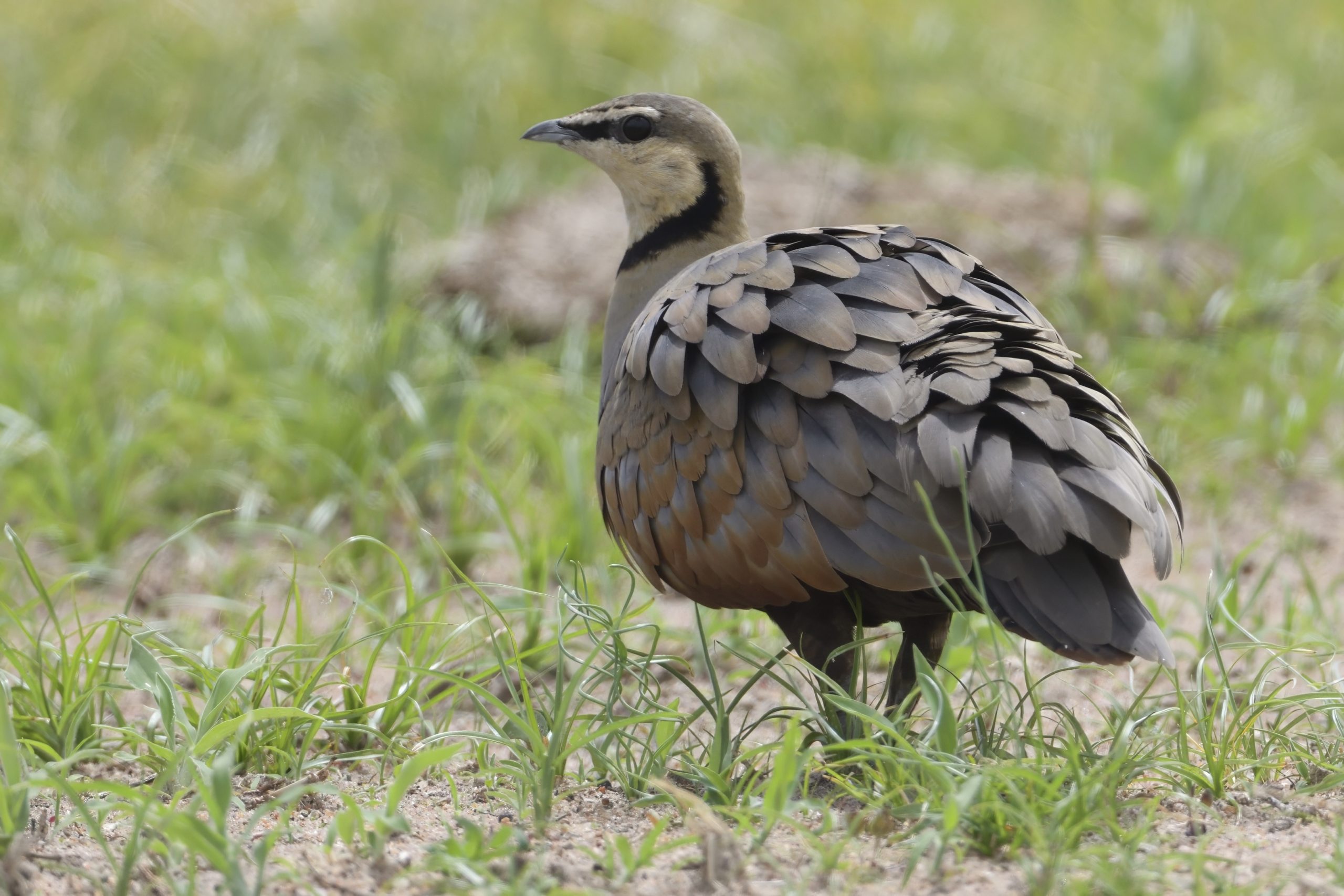
Yellow-throated Sandgrouse (Male), Pterocles gutturalis
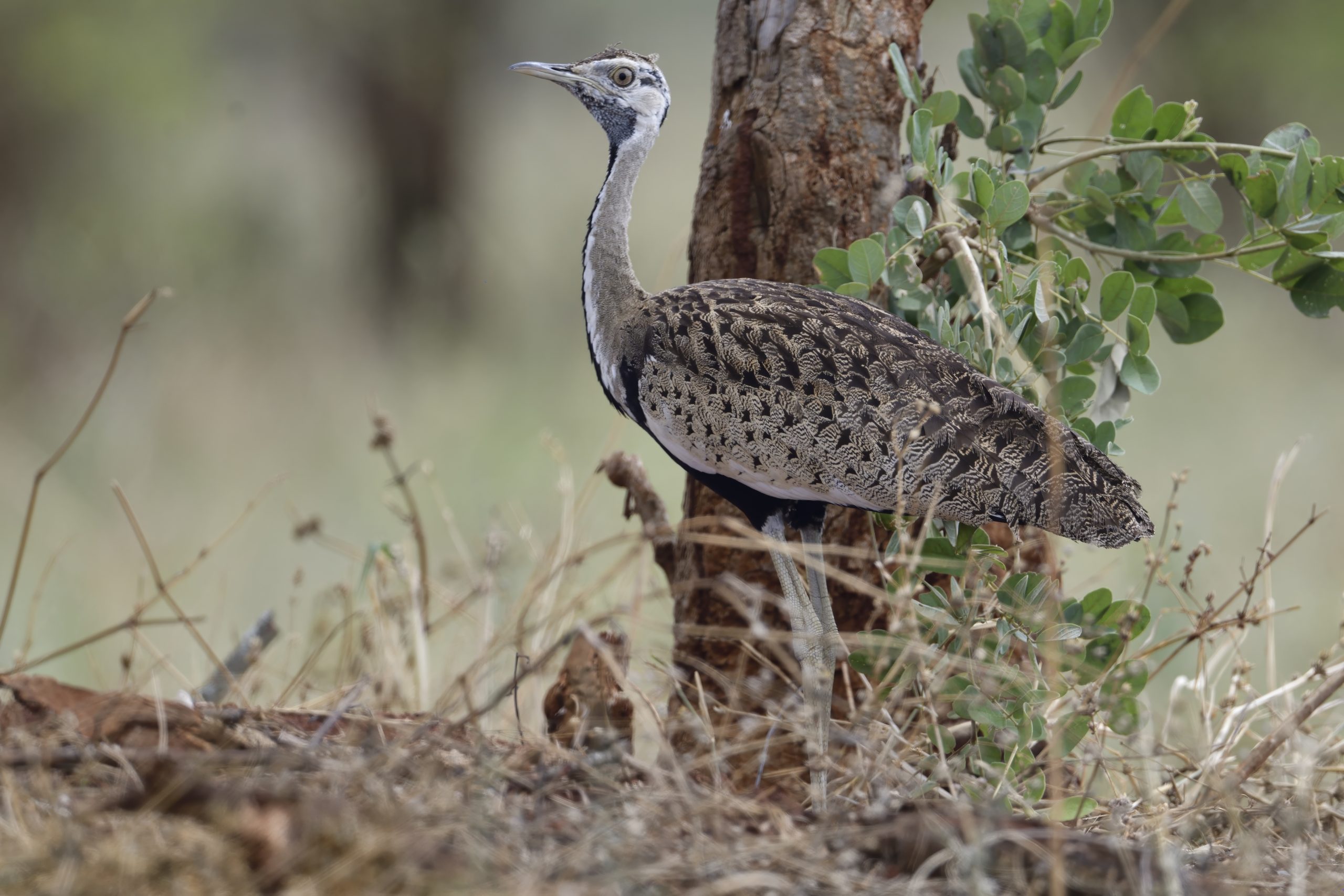
Black-bellied Bustard, Lissotis melanogaster
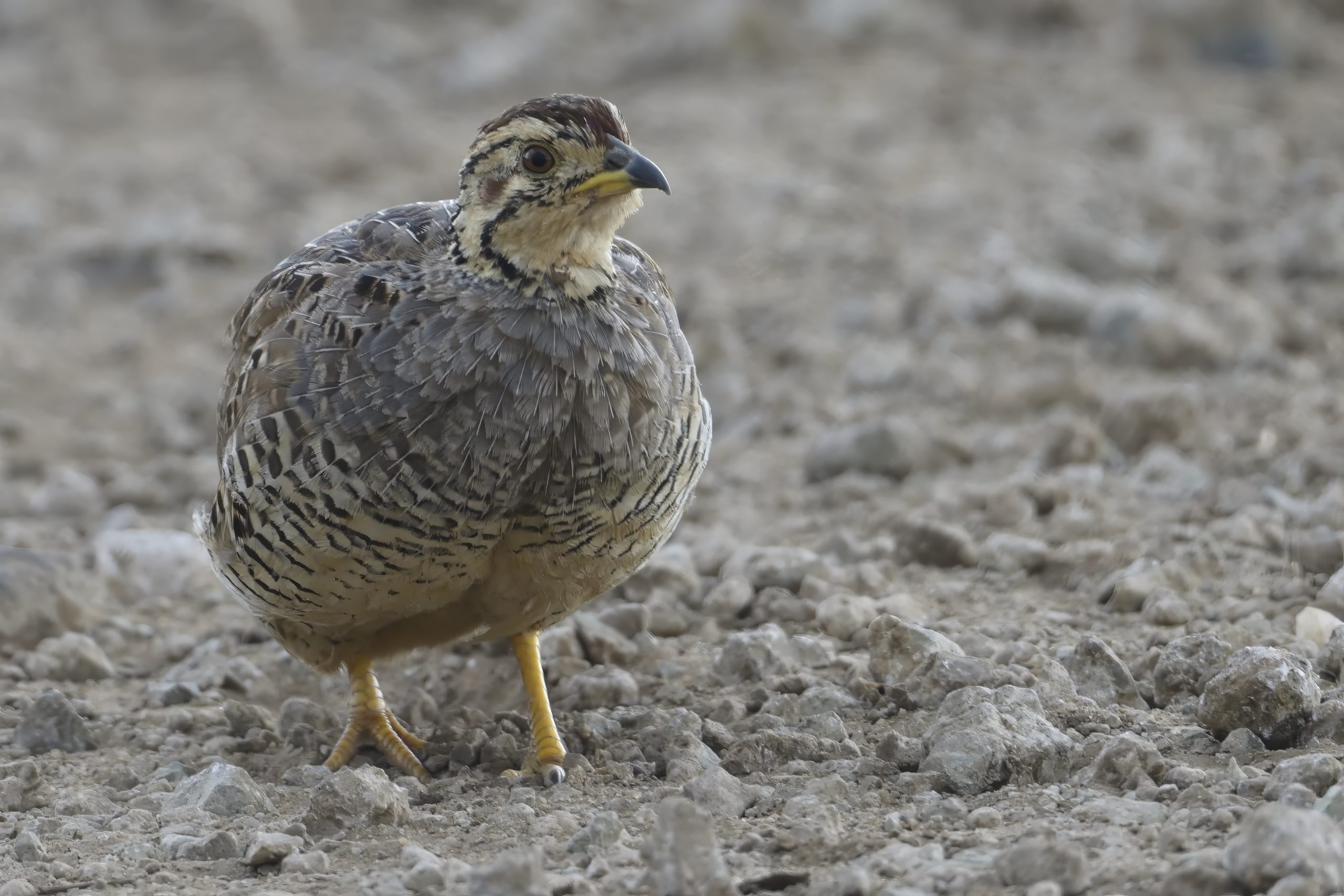
Coqui Francolin (Female), Campocolinus coqui
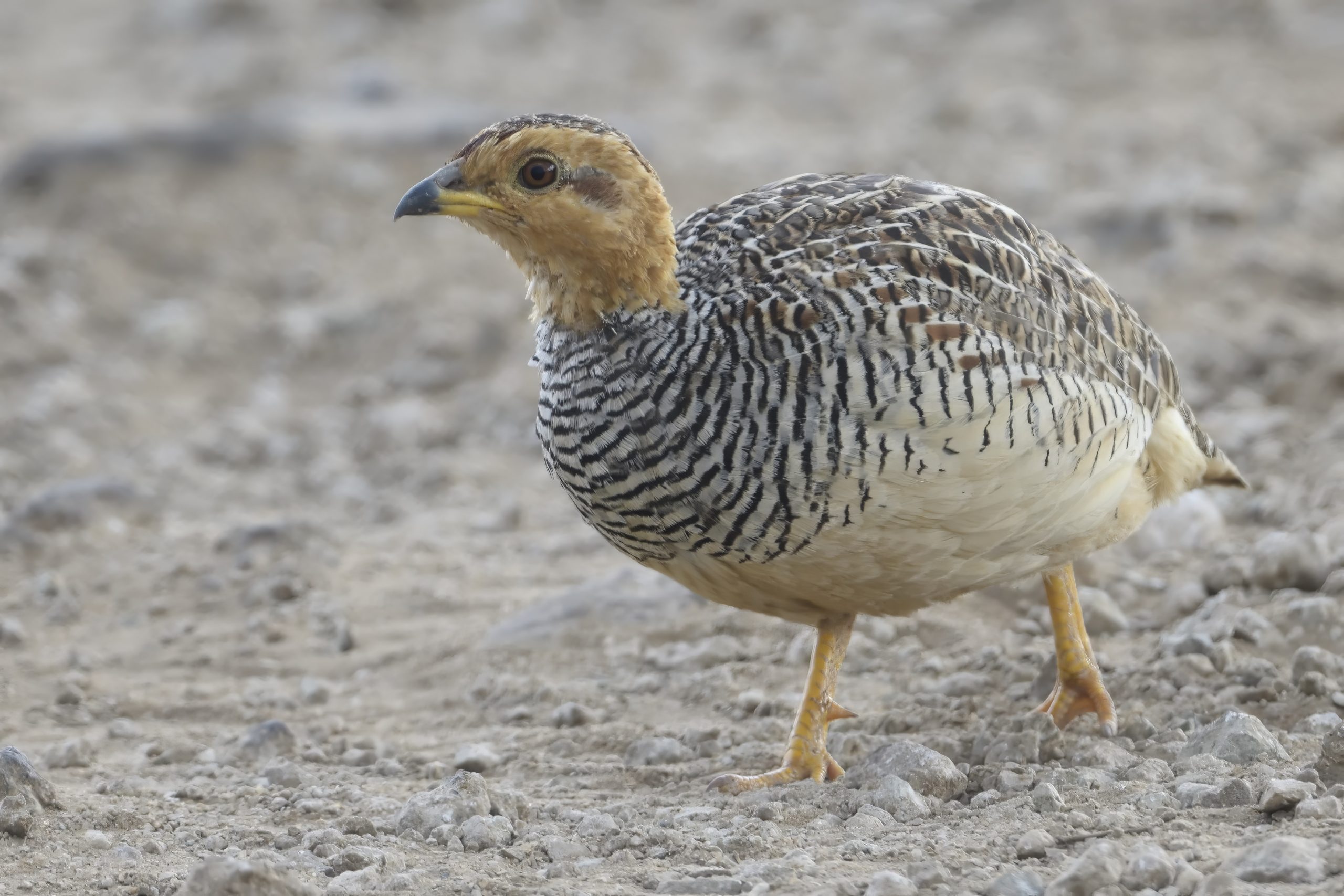
Coqui Francolin (Male), Campocolinus coqui
Day 4, Friday, November 29: Endoro Trail, Karatu – Lake Eluanata and home
We met for coffee at 06:45 that morning. We only had a short drive to the entrance to the Endoro Trail. On the way there we looked for Fischer´s Lovebird and my guide spotted a flock. We started birding the Endoro Trail at 07:50. Here are some of the birds we registered on the way up: White-browed Robin-Chat, Grey Cuckooshrike, Brown-headed Apalis, Grey-capped Warbler, Mbulu White-eye, Mountain Buzzard, White-eyed Slaty Flycatcher, Southern Citril, Yellow-bellied Waxbill, Eurasian Blackcap, Brown Woodland Warbler, Grey-headed Nigrita, White-tailed Blue Flycatcher, Grey Olive Greenbul, Narina Trogon, Purple-throated Cuckooshrike, Black-headed Mountain Greenbul, Black Cuckooshrike, Eastern Double-collared Sunbird, African Hill Babbler, Black-fronted Bushshrike, Placid Greenbul, Thick-billed Seedeater , Cape Robin-Chat , Cinnamon-chested Bee-eater, Bar-throated Apalis, Holub´s Golden Weawer (First time seen on my Usambara trip) and Golden-winged Sunbird. We had reached the top and had breakfast. It were 11:00 already and getting very hot. Despite that we managed to get excellent views of Schalow´s Turaco and only two other birds on the way down: Green-backed Honeybird and Crowned Eagle. We got in the car drove down the escarpment and were soon in Makayuny again. We stopped at Nanya and drove down to Lake Elyanata. To my surprise the lake were dry. We still managed to find several White Storks, Black-chested Snake Eagle, Sentinel Lark, Desert and Winding Cisticola and Augur Buzzard. We hit the main road again and drove straight home.
We freshened up and had a nice meal and as normal retired early to bed.
Some pictures from Day 4
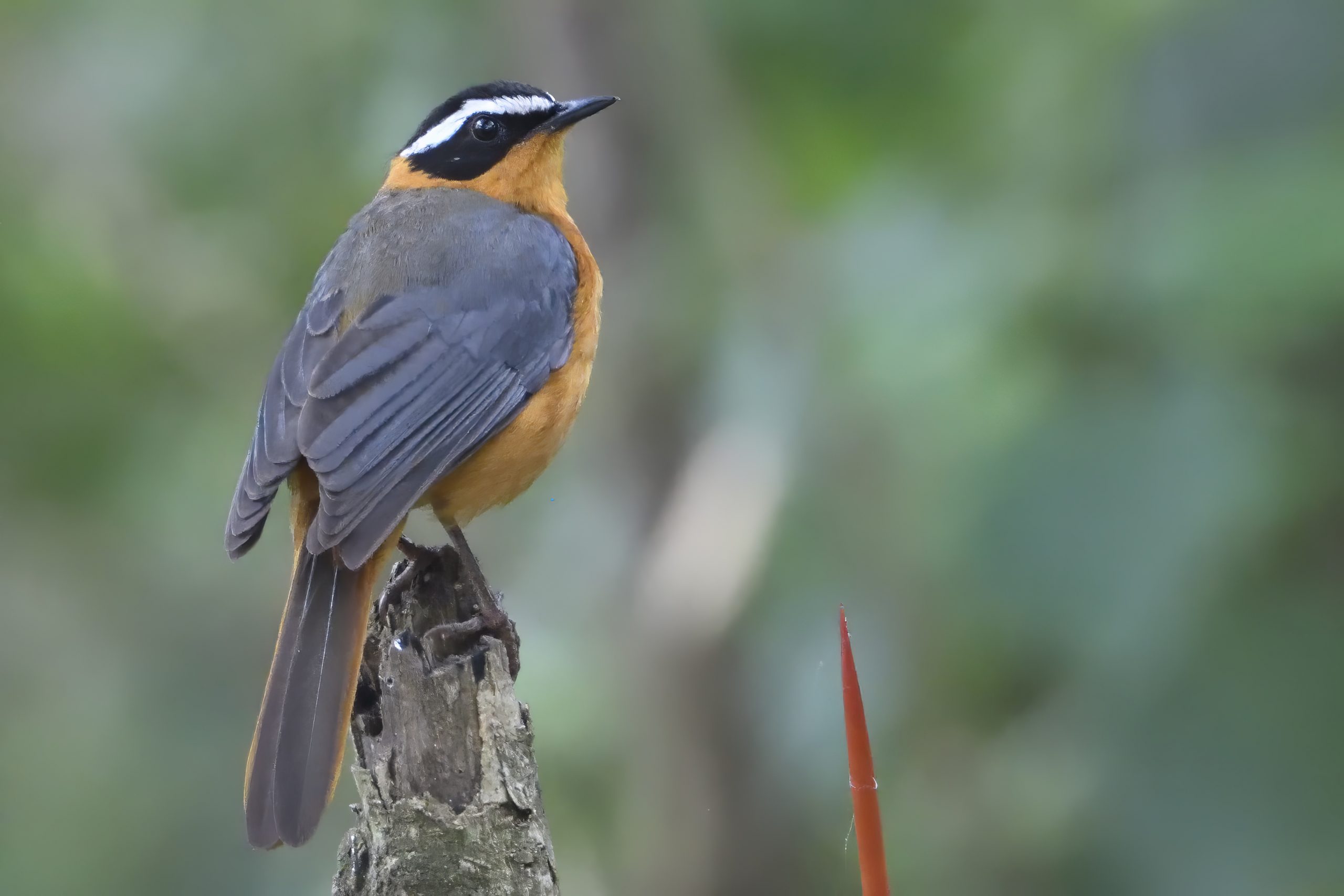
White-browed Robin-Chat, Cossypha heuglini
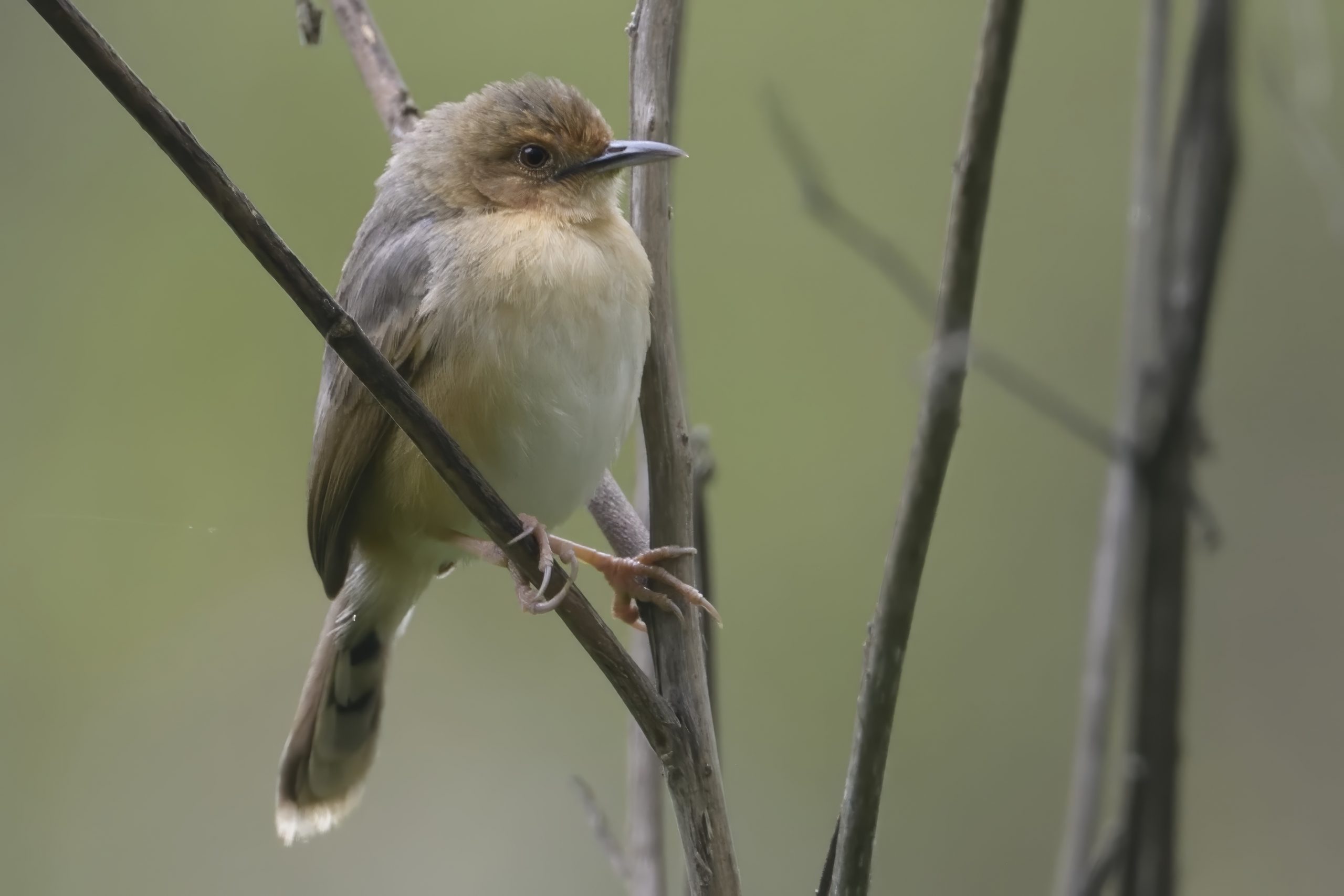
Red-faced Cisticola, Cisticola erythrops

Grey Cuckooshrike, Ceblepyris caesius
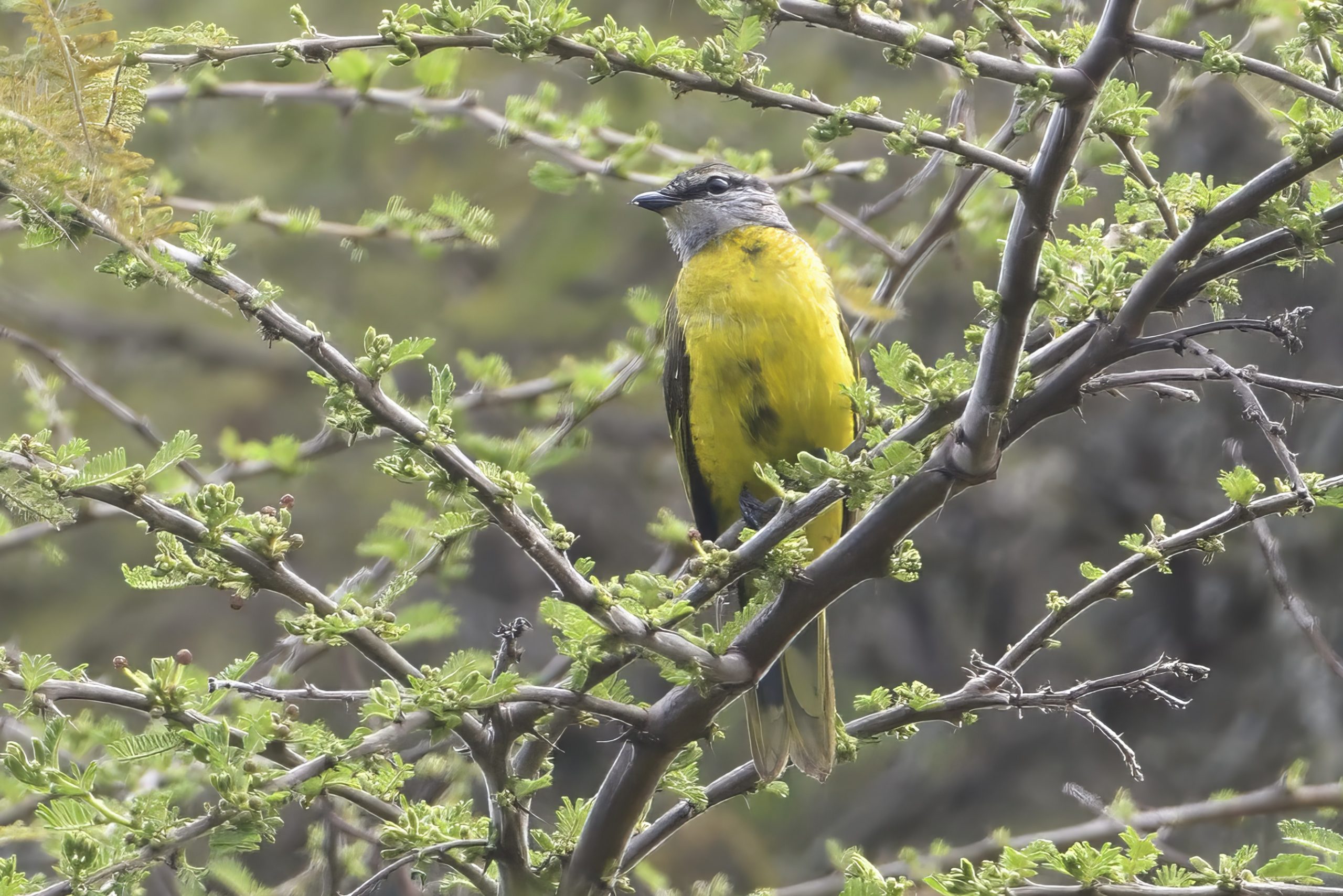
Purple-throated Cuckooshrike, Campephaga quiscalina
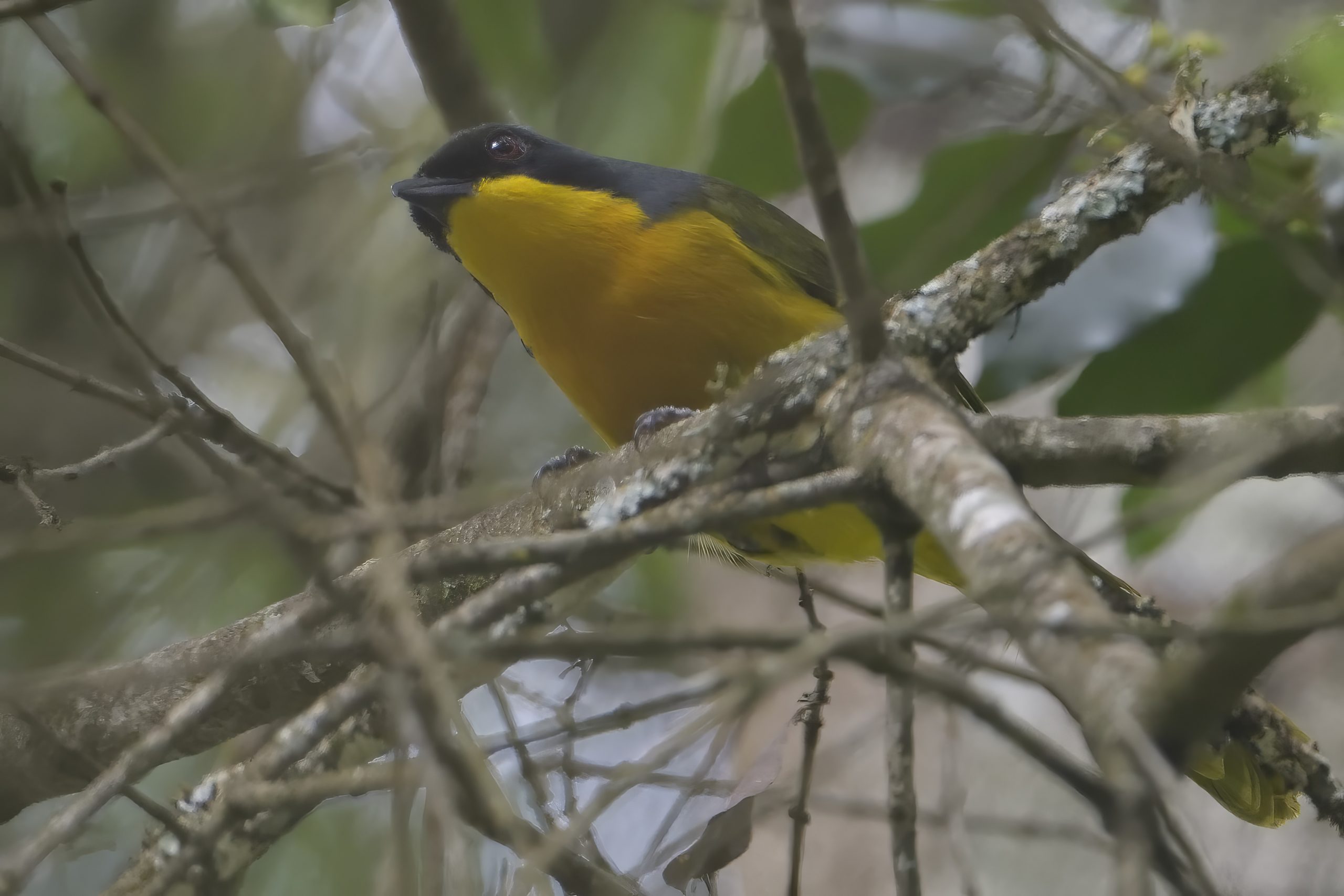
Black-fronted Bushshrike, Chlorophoneus nigrifrons
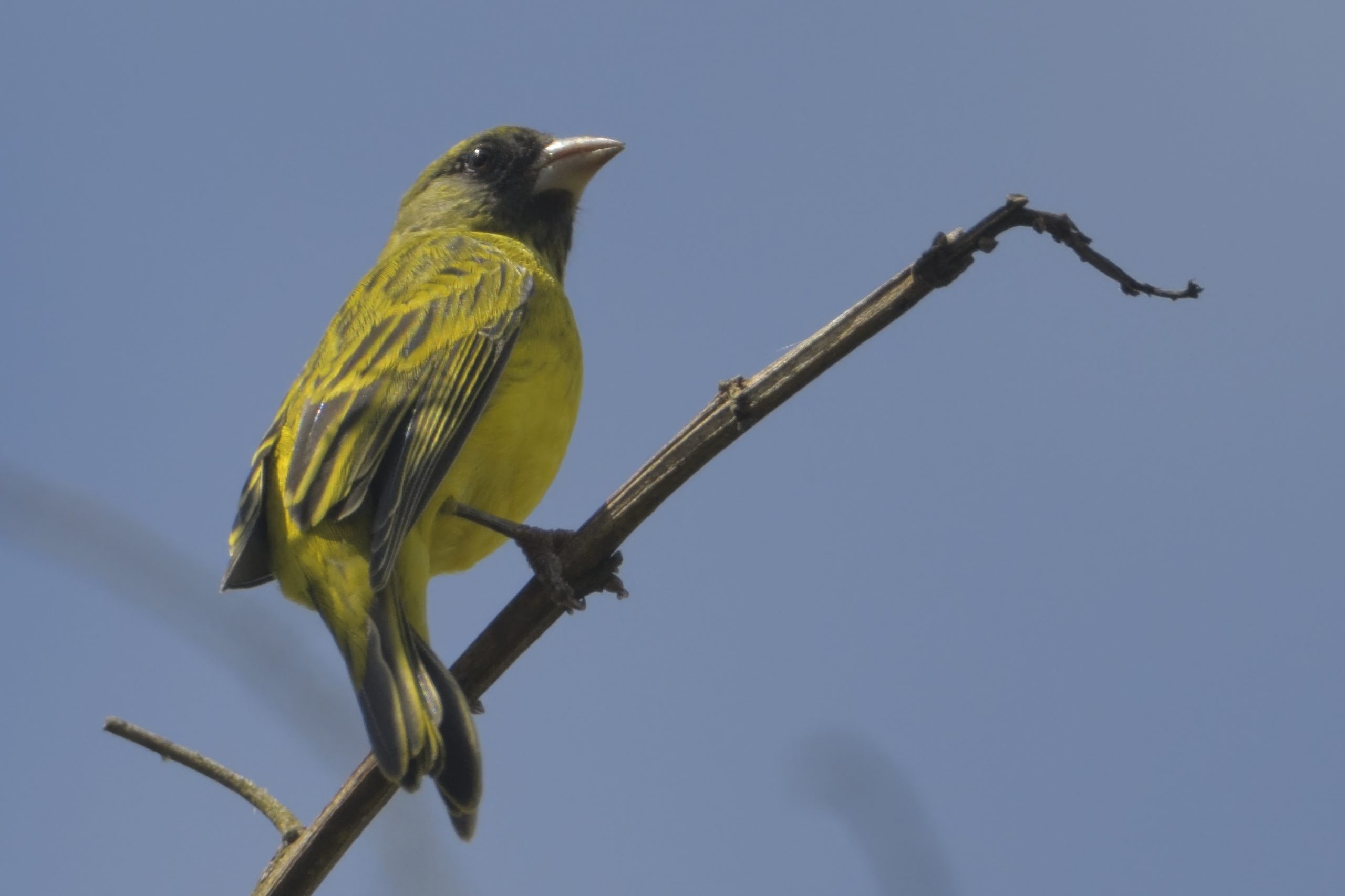
Southern Citril, Chritagra hyposticta, Endemic to SE Africa
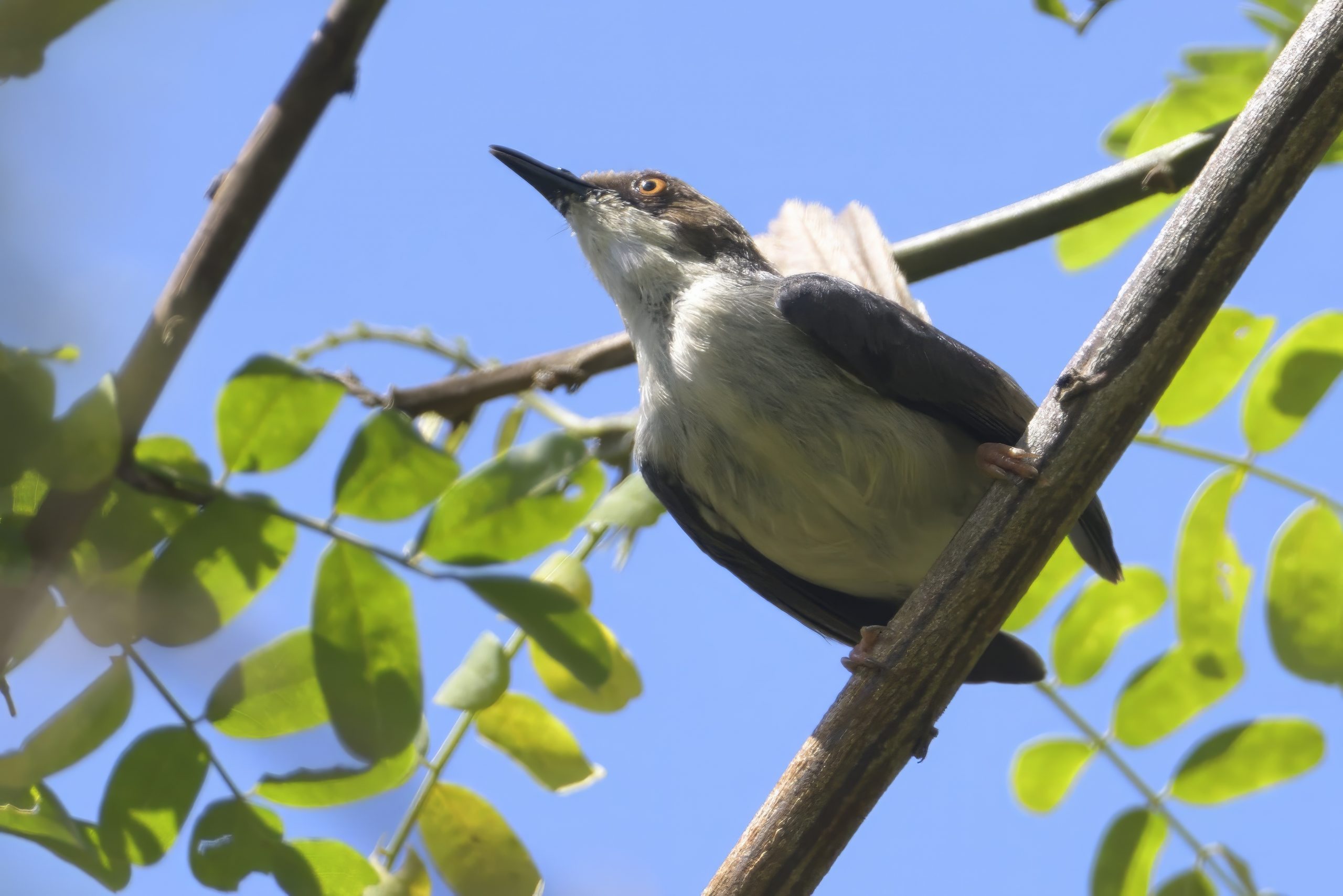
Brown-headed Apalis, Apalis alticola
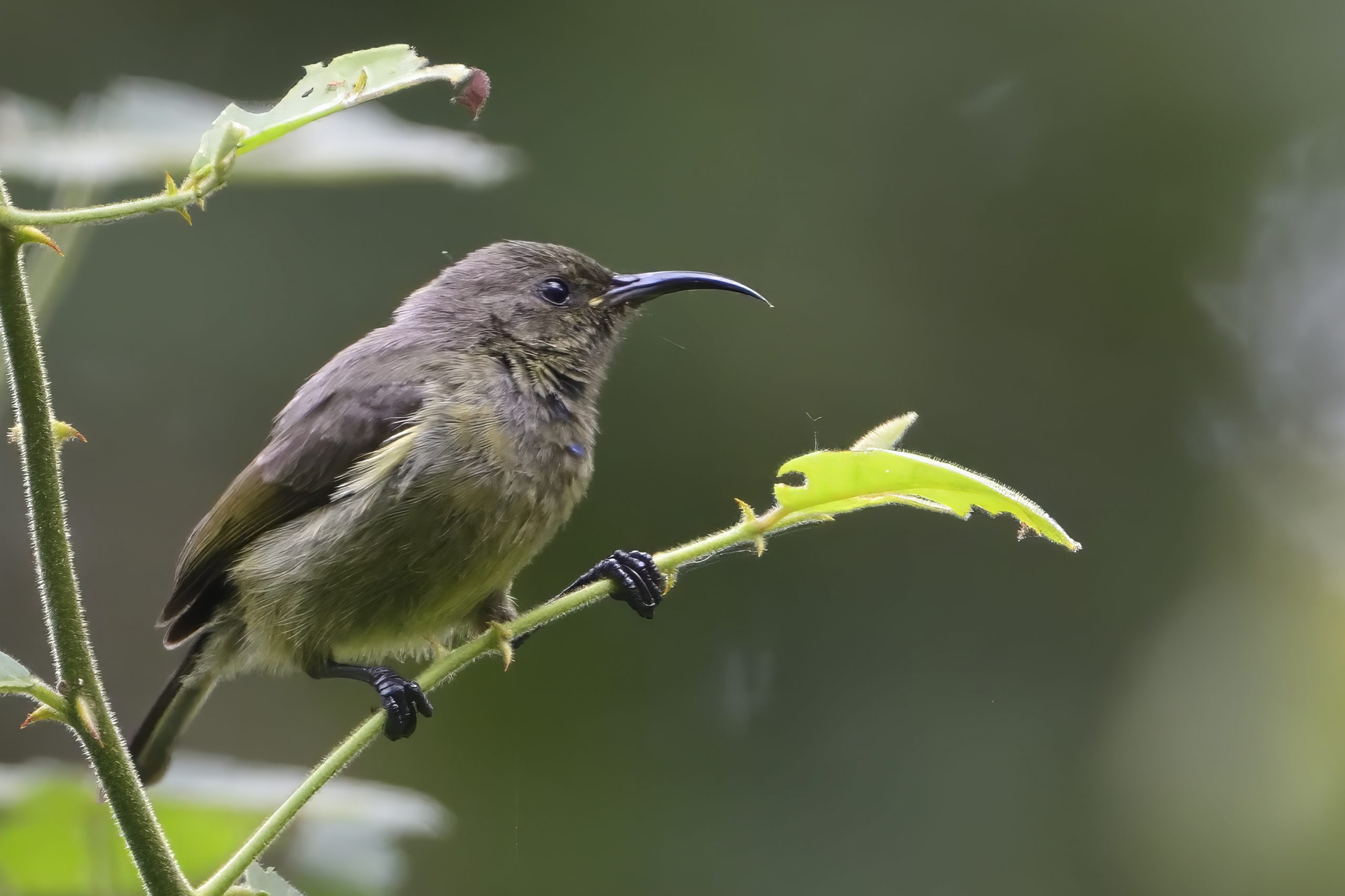
Eastern Double-collared Sunbird (Juvenile), Cinnyris mediocris, Endemic to E Africa
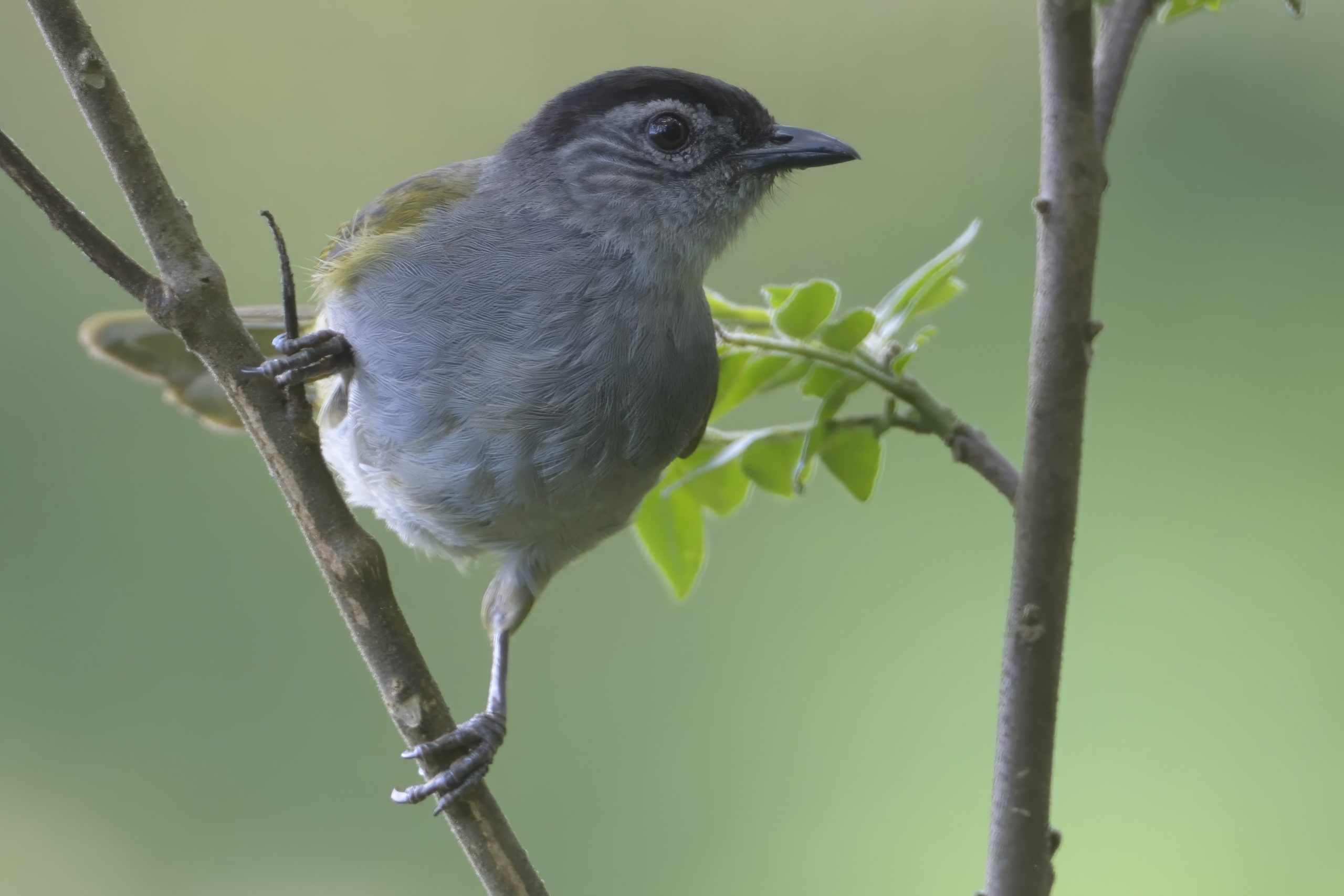
Black-headed Mountain Greenbul, Arizelocichla nigriceps, Endemic to Highland Forest of Tanzania and S Kenya
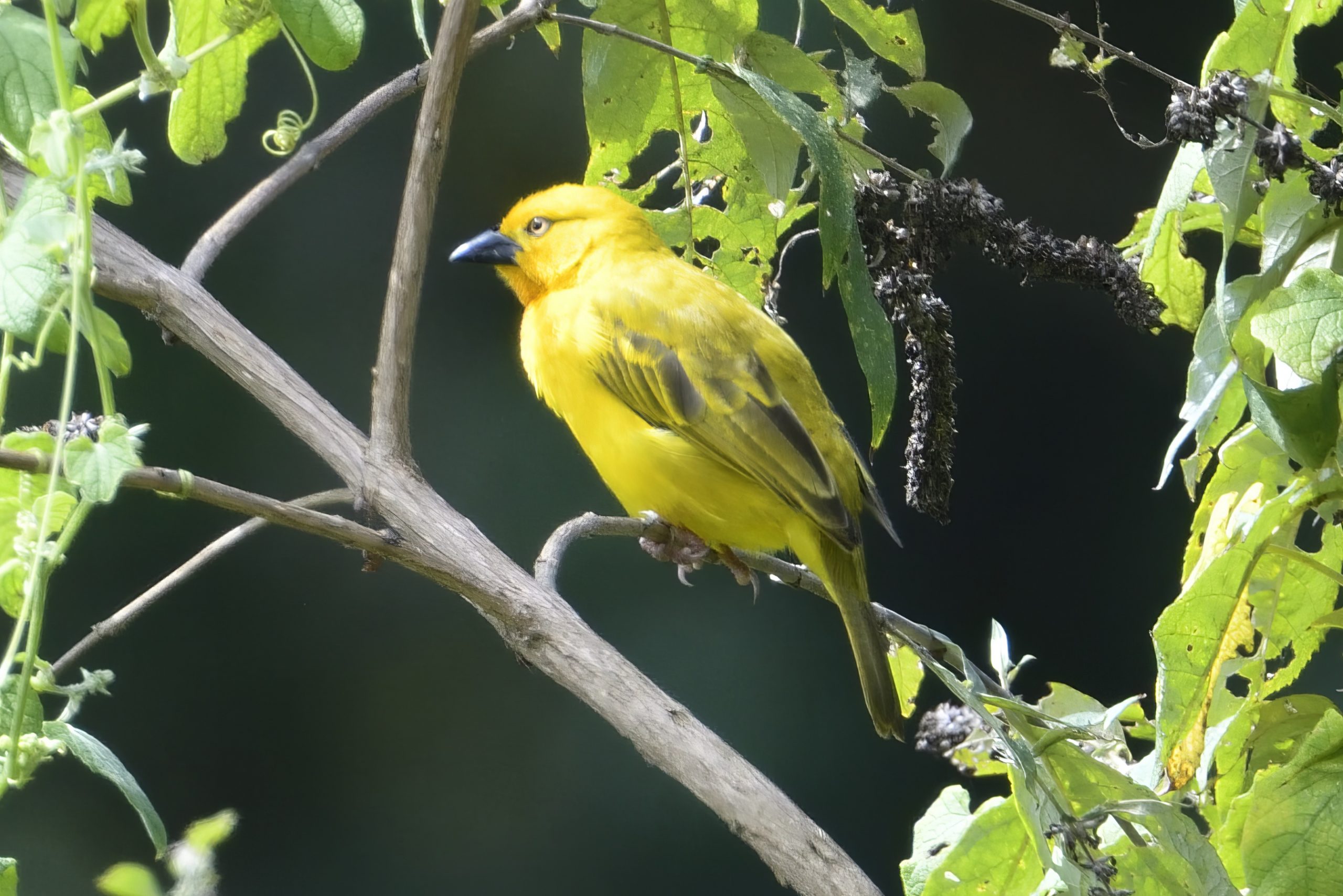
Holub´s Golden Weaver, Ploceus xanthops
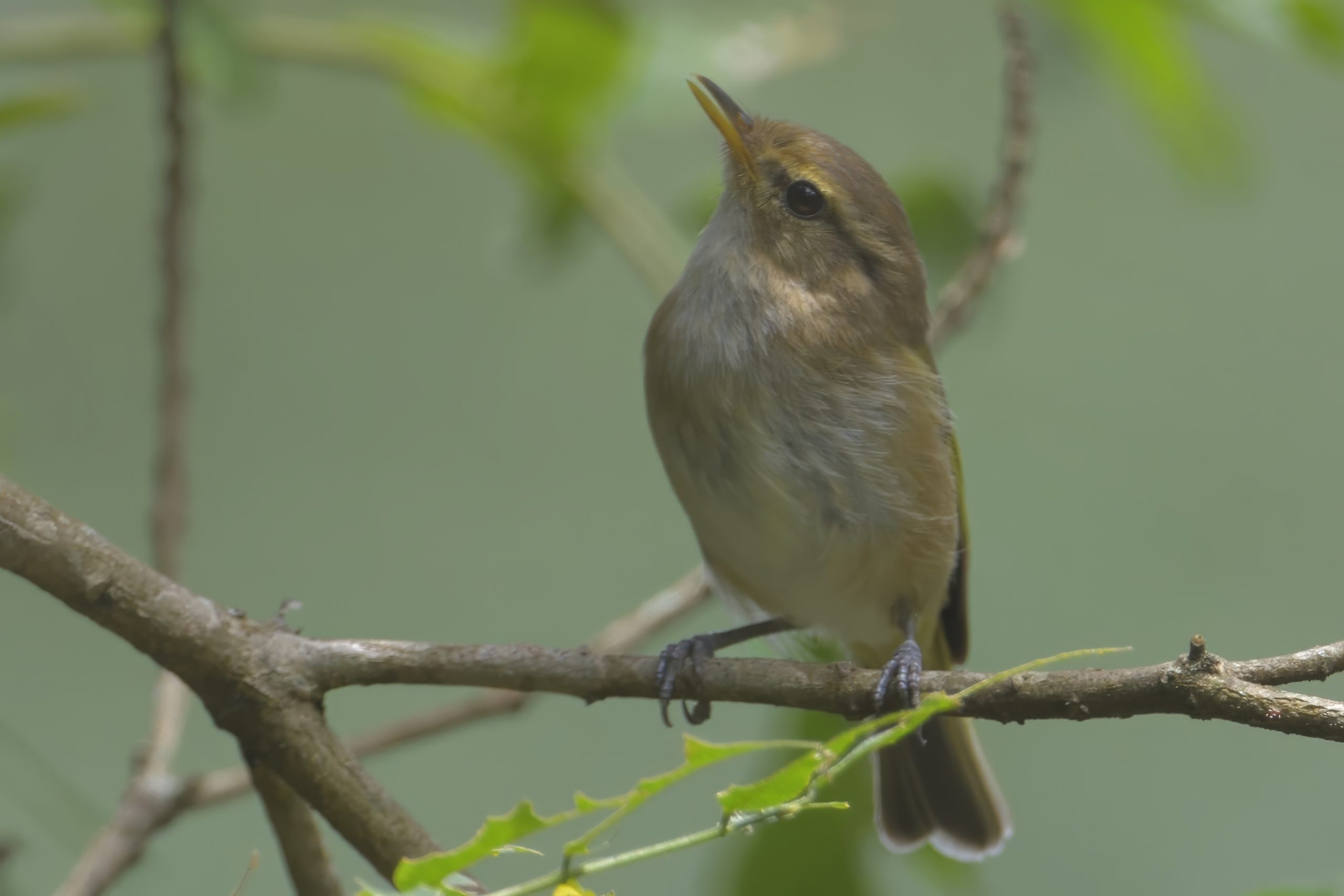
Brown Woodland Warbler, Phylloscopus umbrovirens, Endemic to NE Africa
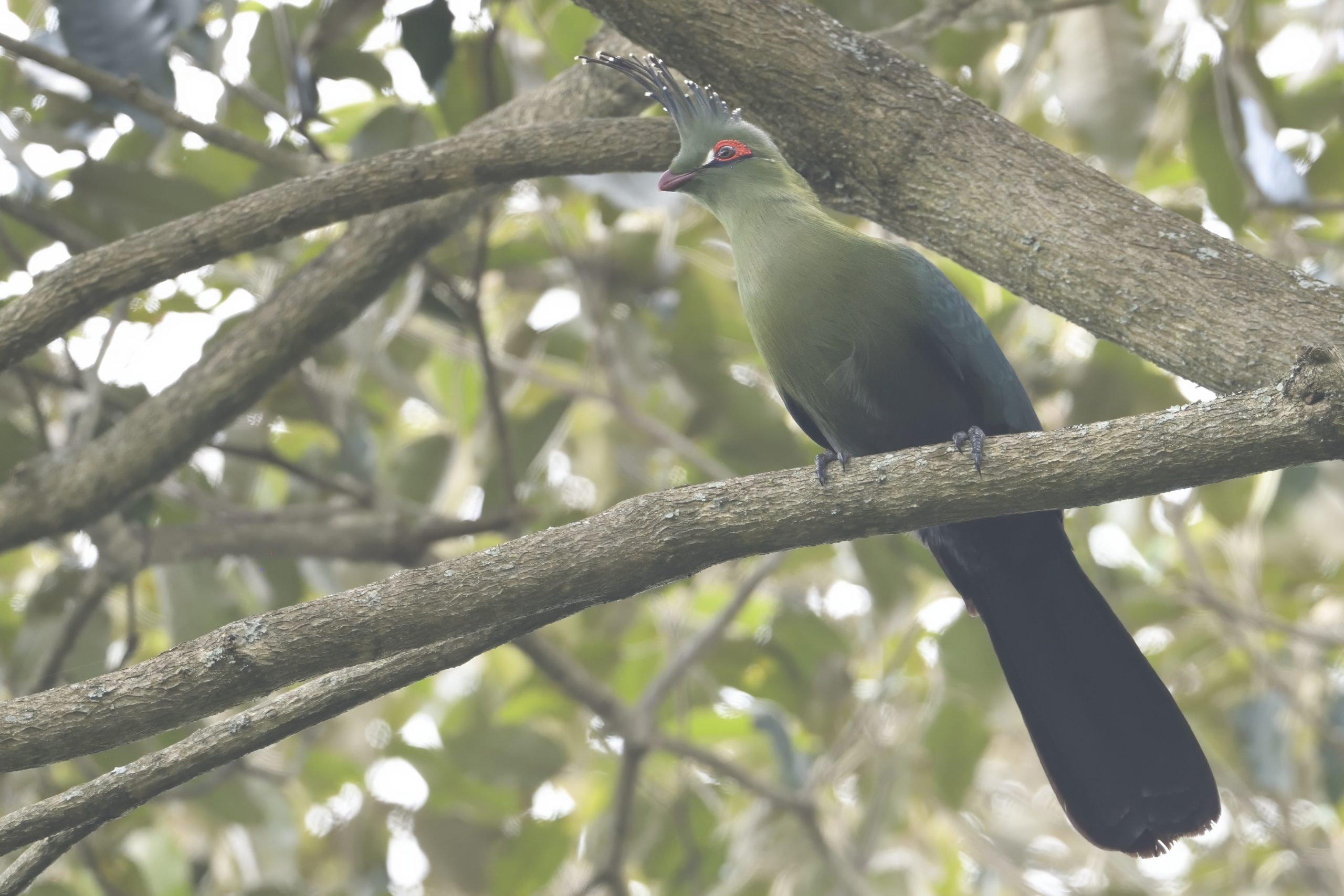
Schalow´s Turaco, Tauraco schalowi
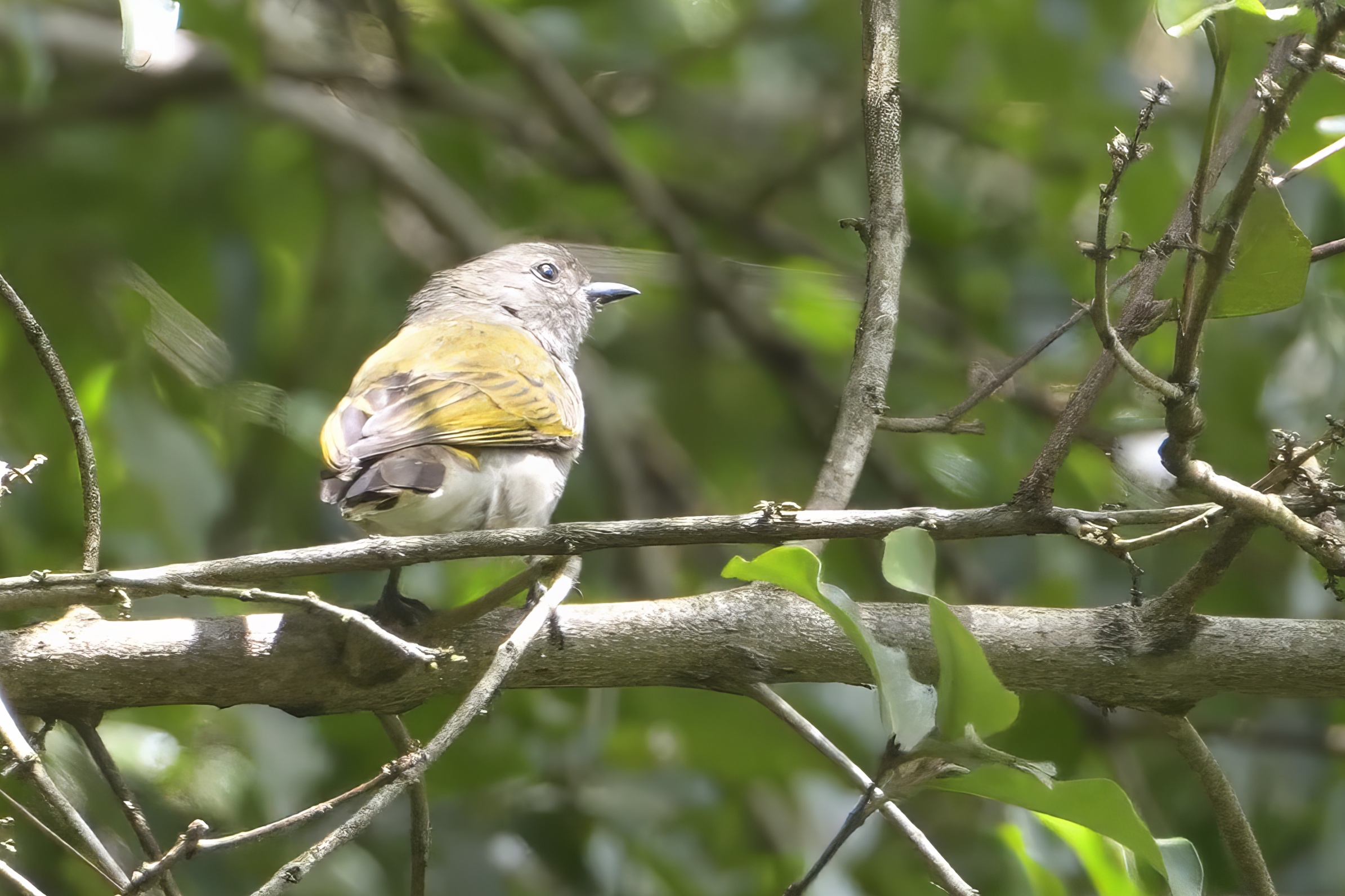
Green-backed Honeybird, Prodotiscuz zambesiae
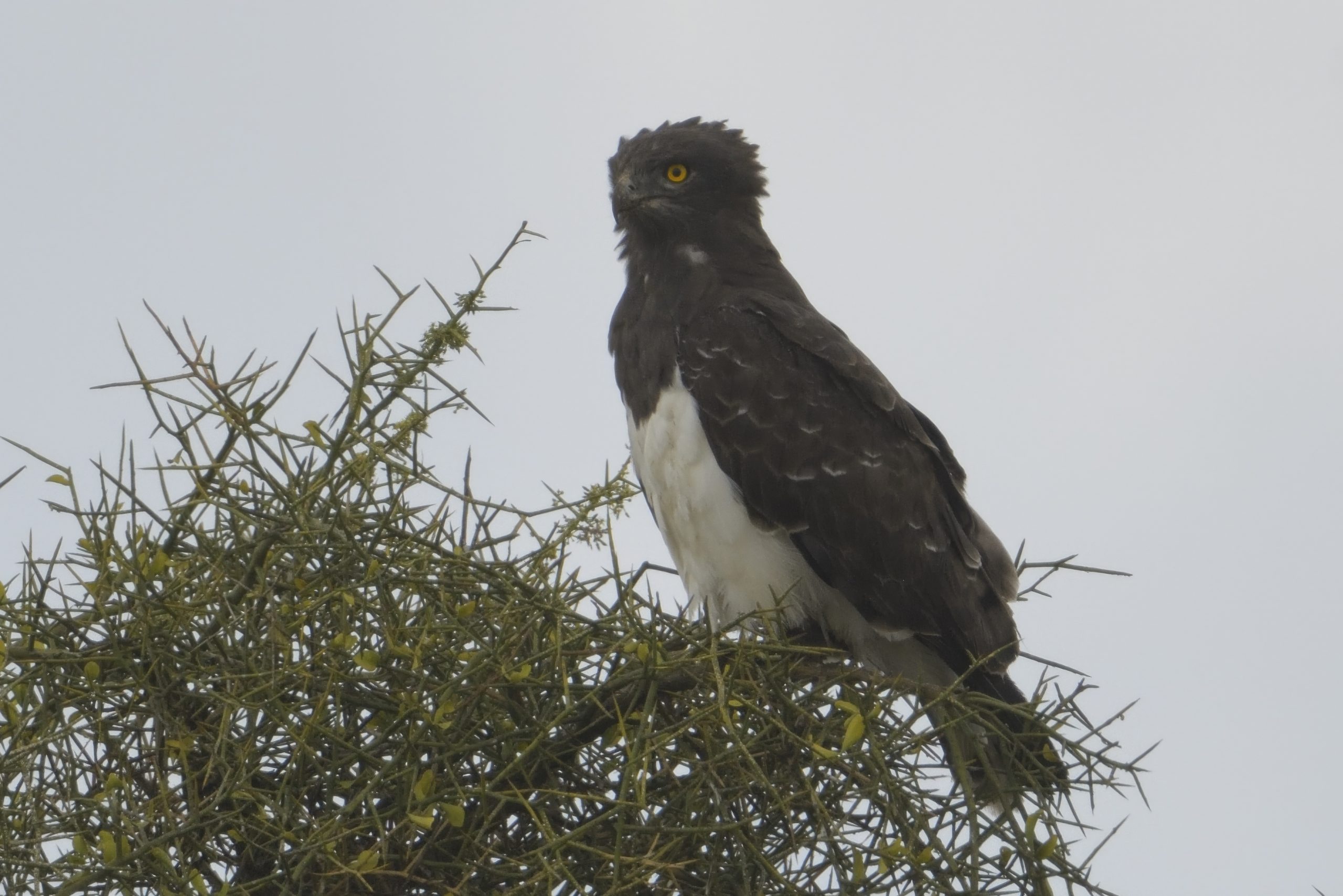
Black-chested Snake Eagle, Circaetus pectoralis
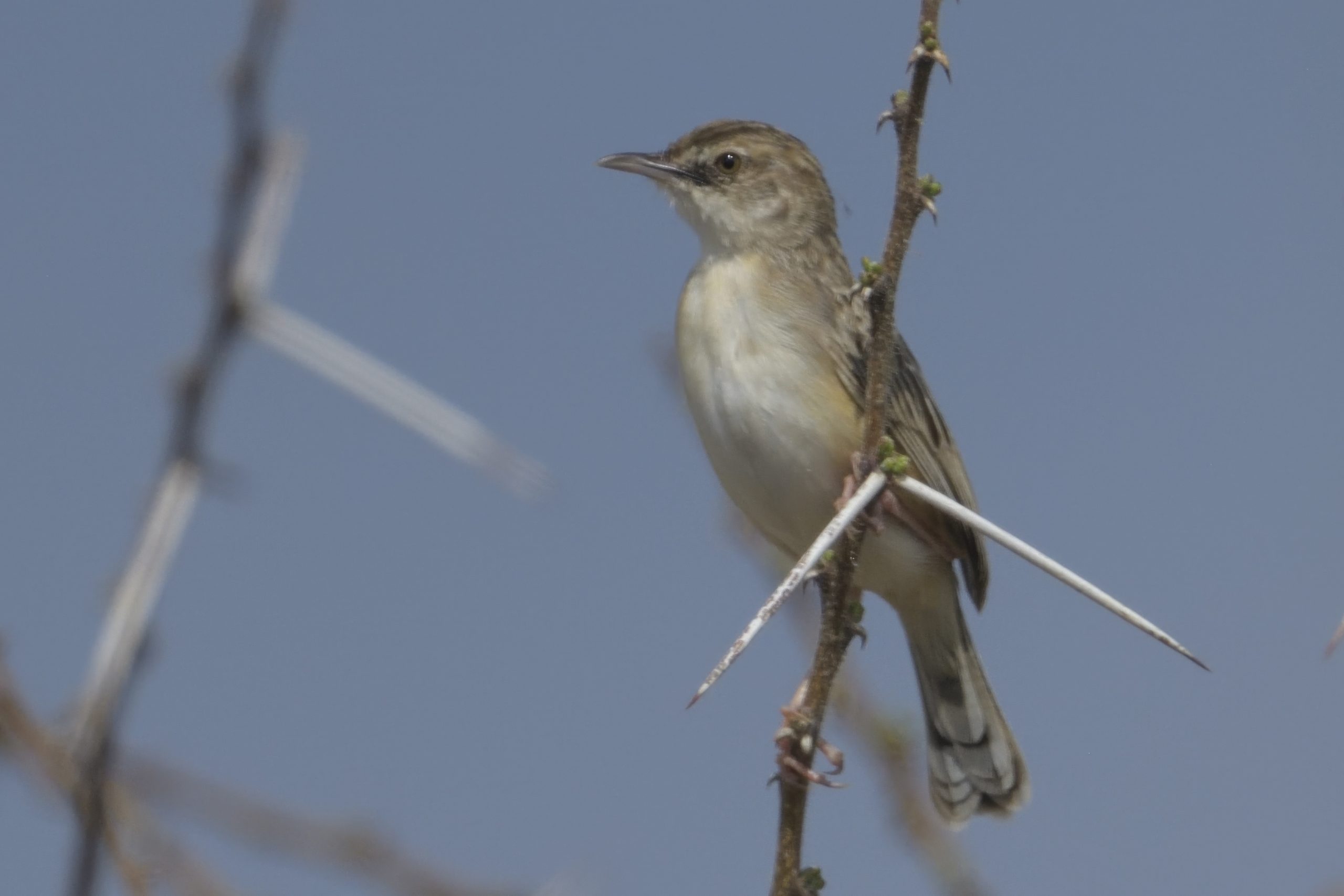
Desert Cisticola, Cisticola aridulus
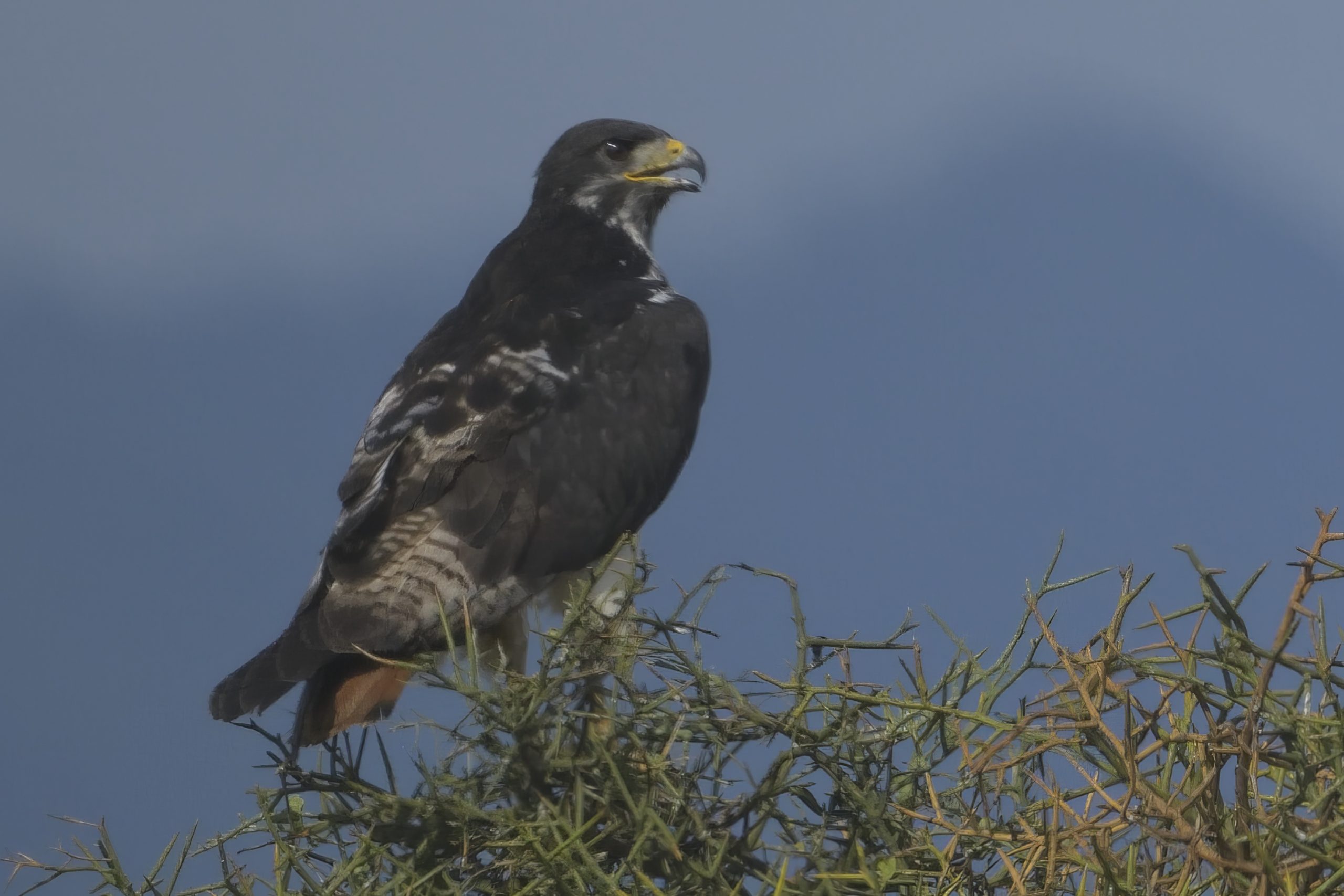
Augur Buzzard, Buteo augur
Day 5, Saturday, November 30: Local Forests around Usa River
We had a late start with breakfast at home We drove towards the main road and picked up a few birds: Southern Black Flycatcher, Black-crowned Tchagra, Broad-billed Roller, Red-headed Weaver and Green Wood Hoopoe, We drove on and I stopped for a colony of Village Weaver. Across the road is a good spot and we picked up Pangani Longclaw, White-winged and Fan-tailed Widowbird. We then drove towards Meru Forest and added Speke´s Weaver on the way along with African Stonechat, Black Saw-wing, Broad-ringed White-eye and to my surprise Golden-winged Sunbird. We struggled to find Hunter´s Cisticola although we could hear them. In the end we found a couple. Next stop were Ngarasero Lodge. Here we added Reed Cormorant, Giant Kingfisher, Common Moorhen, Olive Sunbird, African Goshawk and Little Greenbul. We stopped at a local restaurant in Usa River for lunch. After lunch we headed towards Kalinga Forest. On a wetland we registered Yellow-billed Stork and Great Egret. Once inside Kalinga Forest: Crowned Hornbill, Silvery-cheeked Hornbill, Common Scimitarbill, Black-headed Apalis, Kenrick´s Starling, Eastern Bronze-naped Pigeon, Blue-mantled Crested Flycatcher, Narina Trogon, Buff-spotted Flufftail (heard only), Forest Batis, Golden-tailed Woodpecker and Green Malkoha.
We returned home, freshened up and had yet again a nice meal.
Some pictures from Day 5:
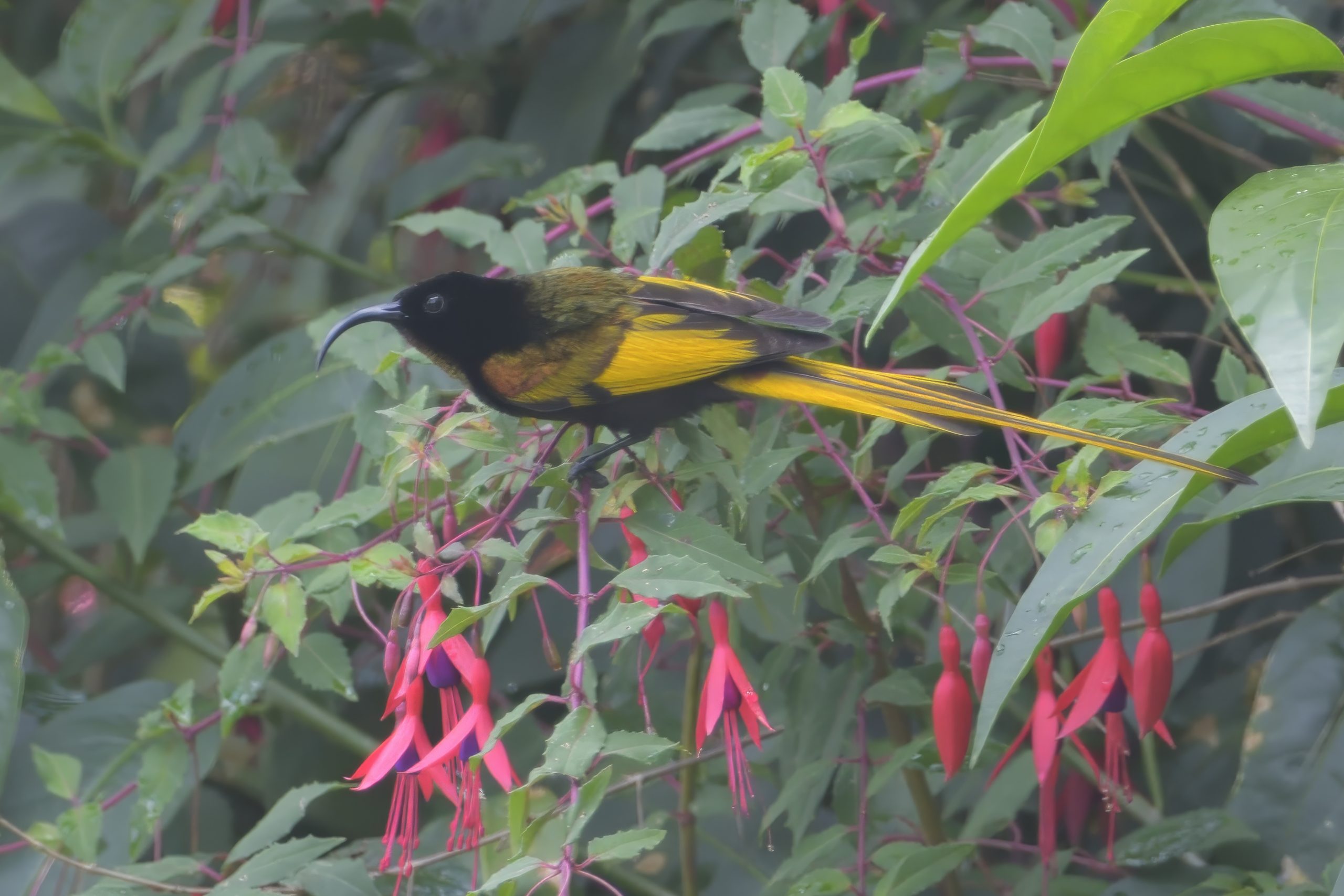
Golden-winged Sunbird, Drepanorhynchus reicenowi, Endemic to E Africa
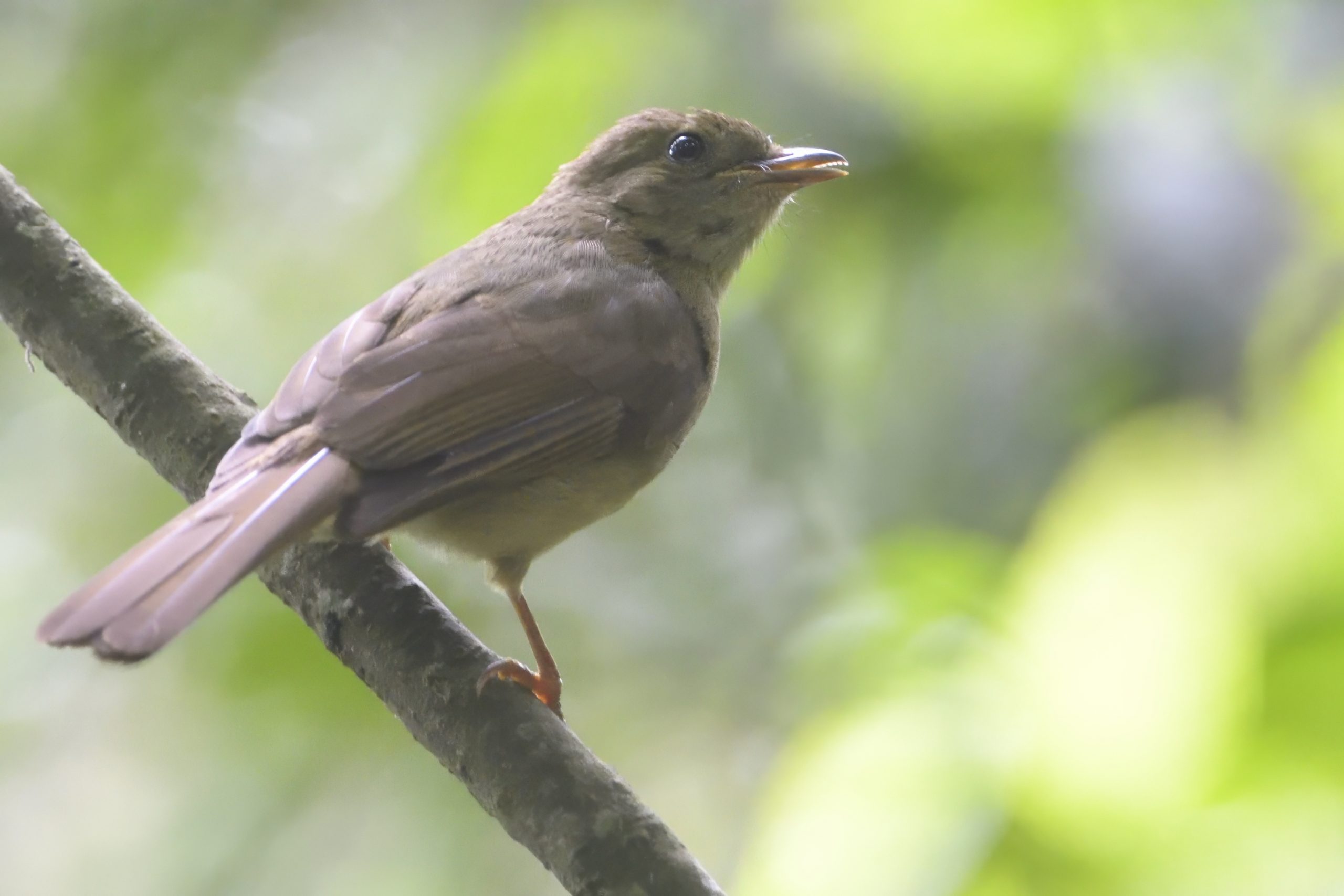
Little Greenbul, Eurillas virens
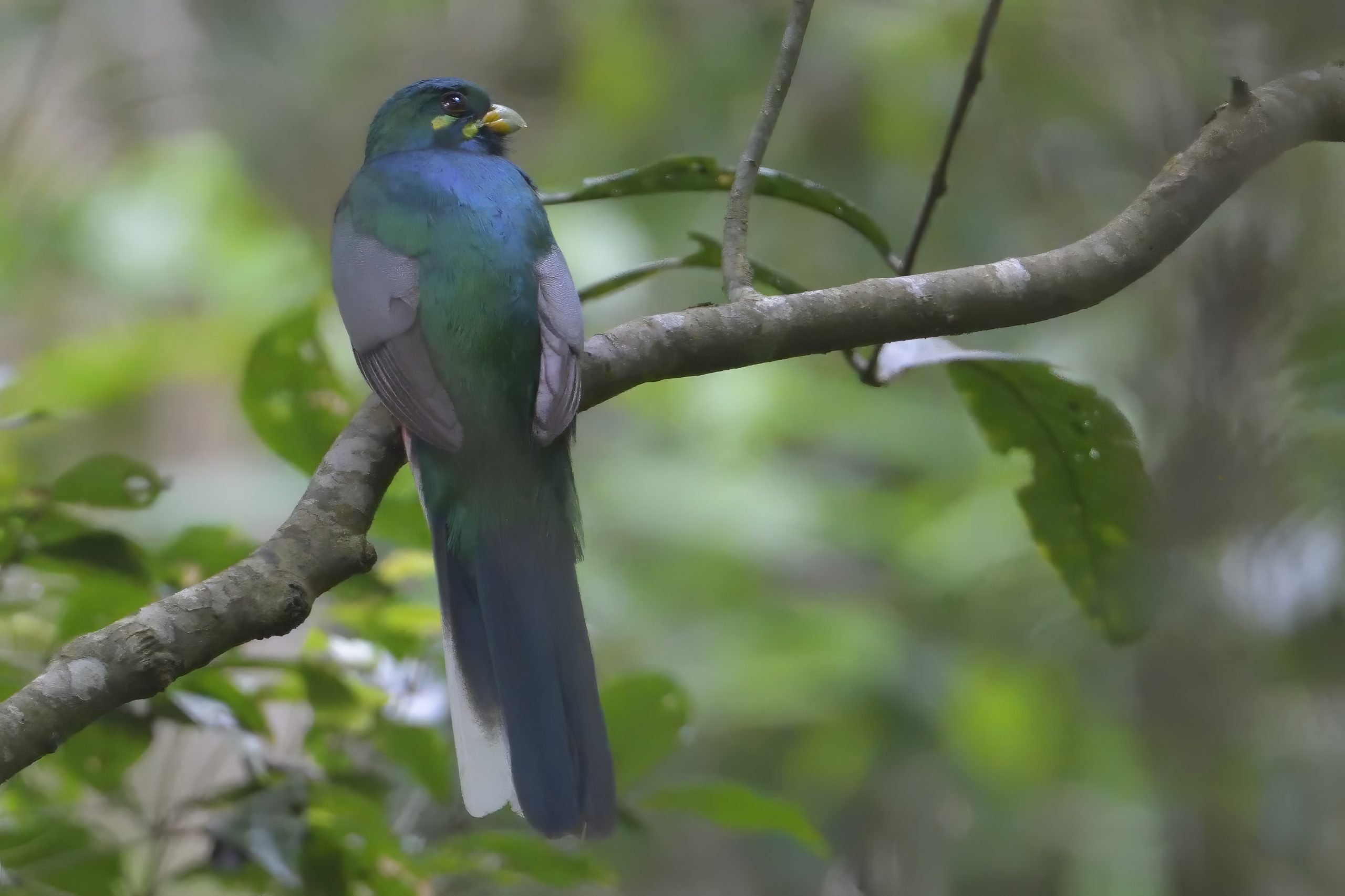
Narina Trogon, Apaloderma narina
Day 6, Sunday, December 1, Arusha National Park
It is only 30 minutes to the park entrance from my house, so we did not have such and early start. On the way we found Marabou Stork and African Green Pigeon. once at the gate the boys went birding while I took care of the payment. They managed to get Moustached Grass Warbler and Diederik Cuckoo. Once inside the park and on the way to the museum we added Spot-flanked Barbet, Trilling Cisticola and Little Egret. It were very quiet at the museum and the two forks of the road around Ngurduto Crater, but we managed to add White-eared Barbet, Moustached Tinkerbird, African Dusky Flycatcher and Scaly Spurfowl. We drove down to the museum again. we stopped the car and listened for a while, but no birds were singing. We drove on and stopped at a wetland and added White-backed Duck as a new trip bird. We continued towards the lakes and got Whinchat, Short-winged Cisticola and Red-cowled Widowbird before we reached the lakes. At an around the lakes: Little Grebe, Cape Teal, Southern Pochard, White-breasted Cormorant, Greater Flamingo, Pied Avocet and Lesser Flamingo. We drove towards Mt. Meru and up to our normal lunch spot at the waterfalls. Still not much activity. We only managed to get Bar-tailed Trogon and White-starrred Robin as new birds. We drove slowly towards the exit, but again nothing new. Arusha National Park can be very good for birding, but also very slow like that day. We returned freshened up and had a nice meal.
One Picture from Day 6:
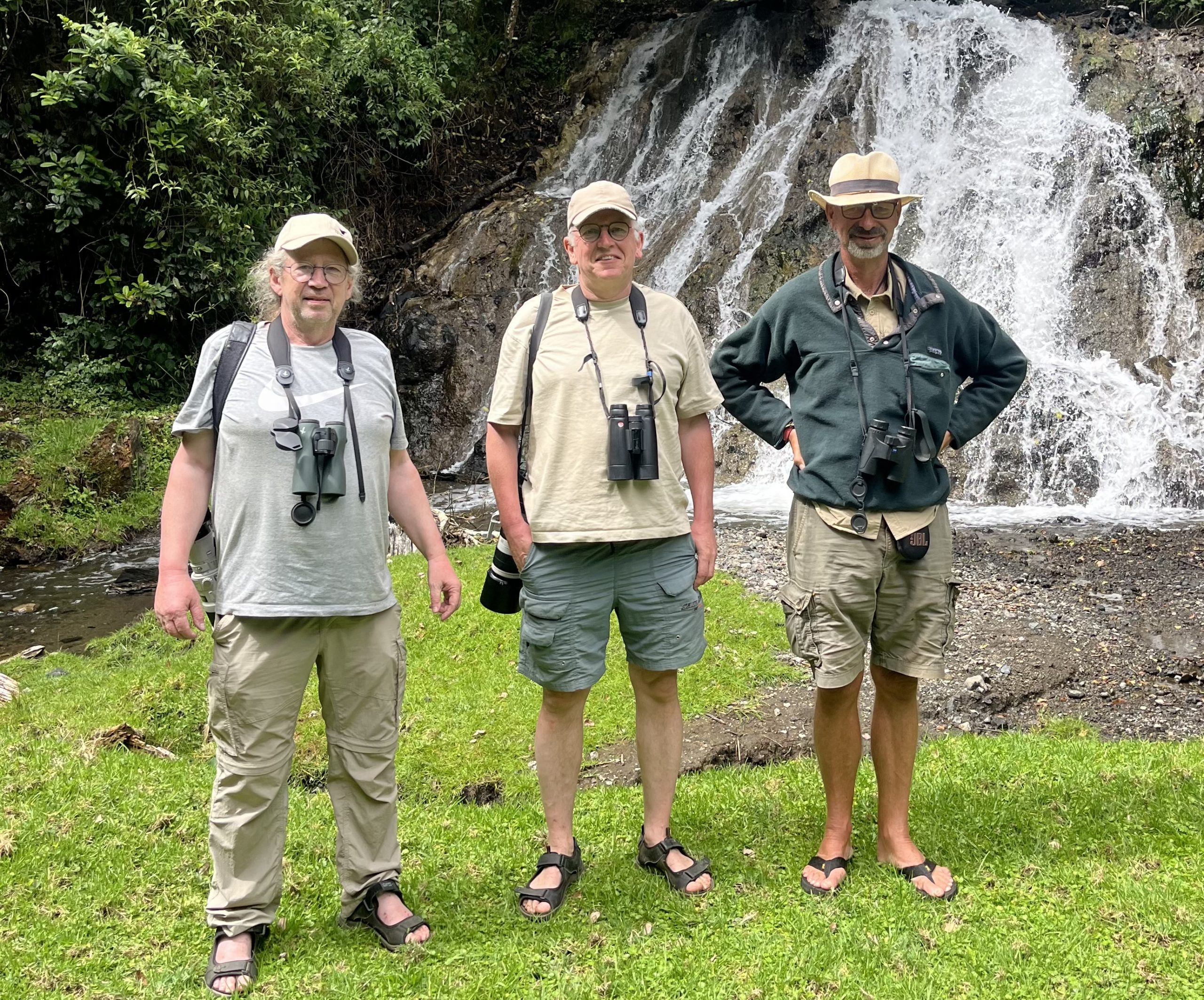
Simmi, Ingvar and I by the Water Falls, uo Mount Meru, Arusha National Park
Day 7: Monday, December 2: Masai Steps and Shambalaya Dam.
We again had an early start and were at the start of our Birding Route at around 07:30. Here are some of the birds we found before we reached our breakfast spot: Grey-headed Bushsrike, Parrot-billed Sparrow, Tsavo Sunbird. Lesser Masked Weaver, Northern Crombec, Pink-breasted Lark, Blue-naped Mousebird, Rufous-chatterer, White-headed Mousebird, Eastern Violet-backed Sunbird, Grey Wren-Warbler, Klaas´s Cuckoo and Hunter´s Sunbird. We had reached our breakfast spot had breakfast and my guide took my friends for a walk. They got Pringle´s Puffback, Black-throated Barbet and Golden-breasted Starling. We started driving towards the nesting colony of Black-capped Social Weavers and picked up Somali Bunting, Scaly Chatterer and Red-backed Shrike on the way. To my delight, the breeding colony were active again. On my last trip, we could not for the first time find a single Black-capped Social Weaver. We then drove towards the Shambalaya Dam and added quite a few waterbirds and other birds to our list: Collared Pratincole, Spur-winged and Long-toed Lapwing, Black Heron, Blue-billed Teal, African Snipe, African Openbill, White-faced and Fulveous Whistling Ducks Grey- headed Silverbill, two morphes of Western Yellow Wagtail and Red-winged Starling when we passed the airport on our way home.
We decided to take lunch at home and my guide took my friends for a walk in the afternoon while I packed the car for the safari that would start the next day.
Some Pictures from Day 7:
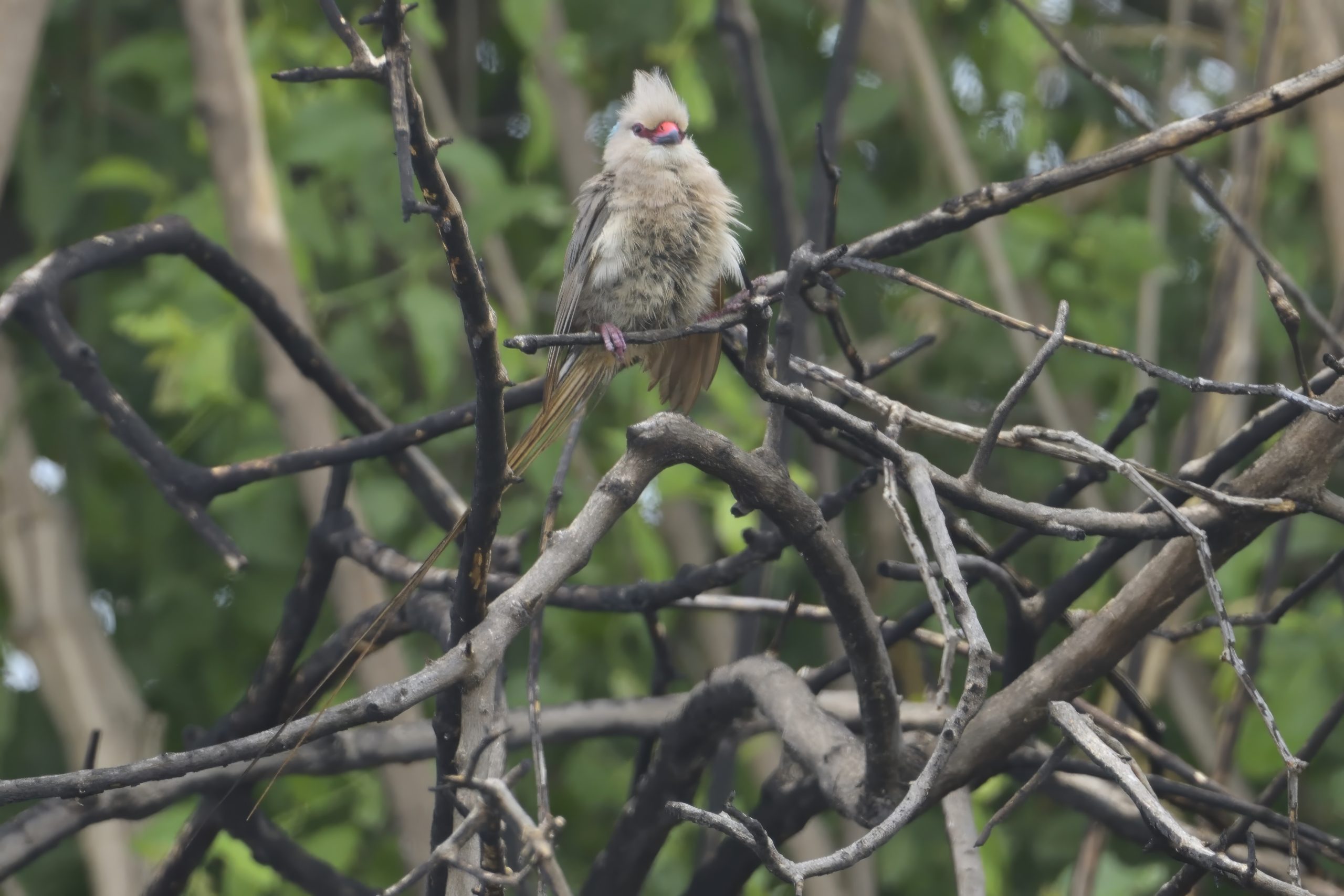
Blue-naped Mousebird, Urocolius indicus
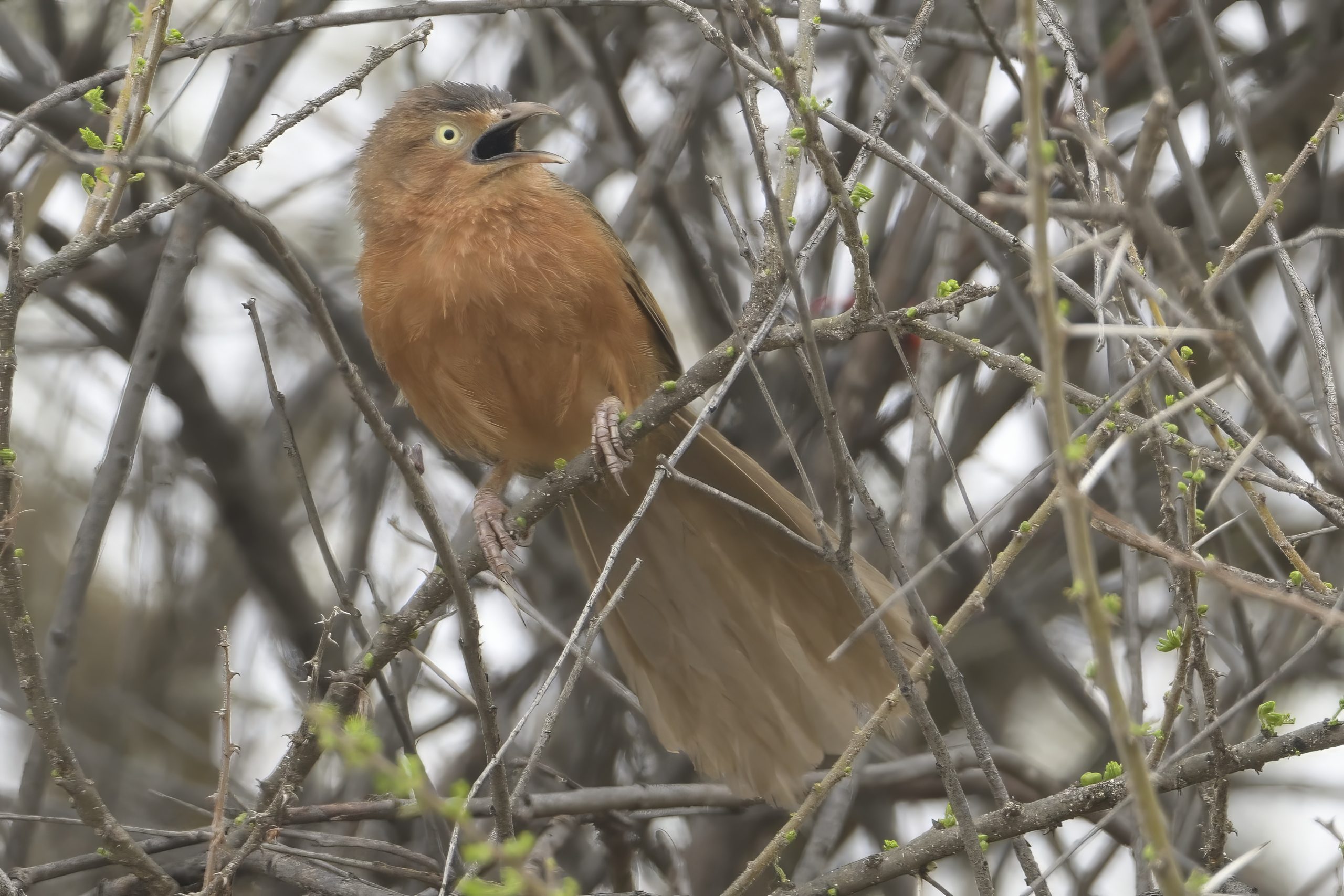
Rufous Chatterer, Argya rubiginosa, Endemic to NE Africa
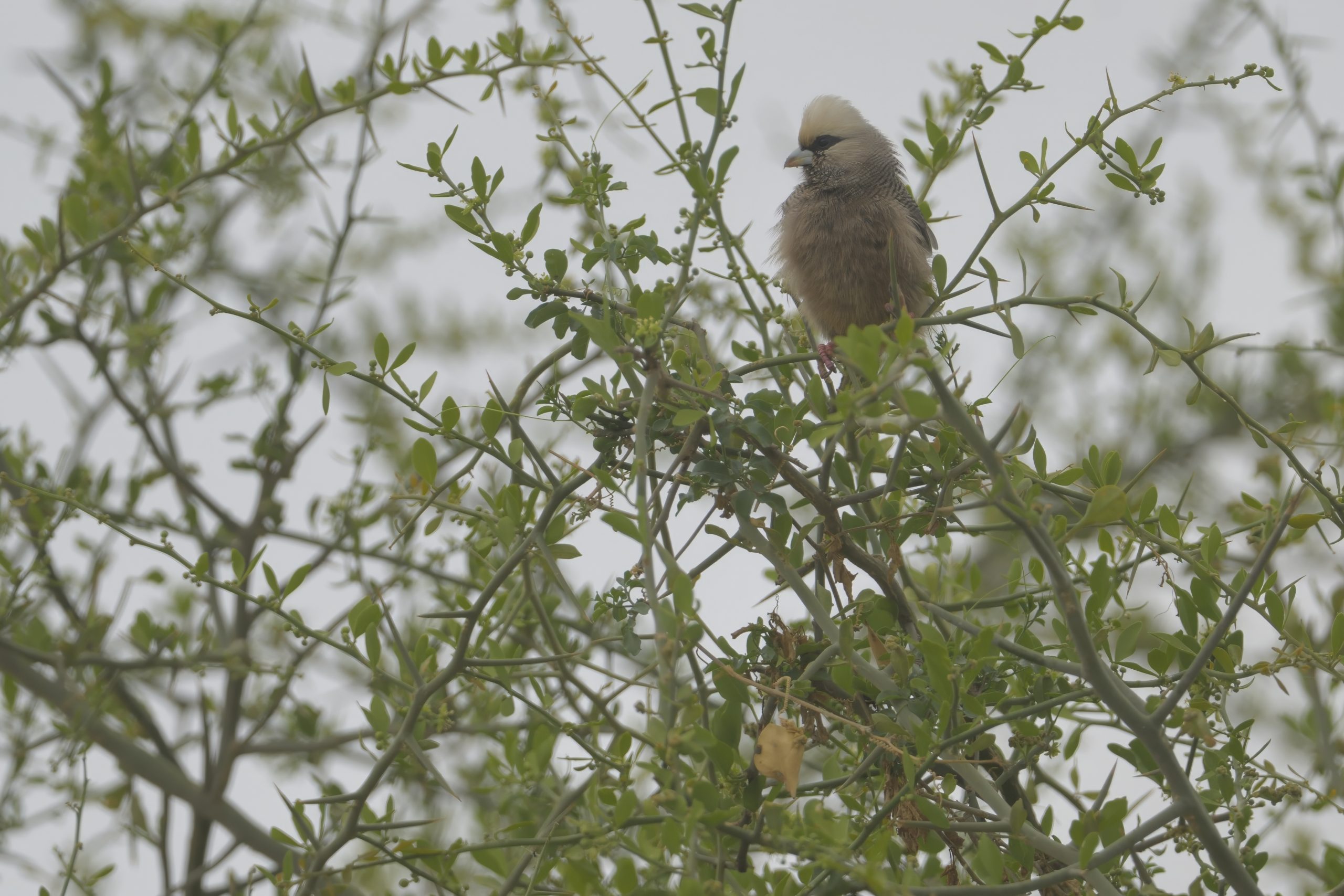
White-headed Mousebird, Colius leucocephalus, Endemic to NE Africa
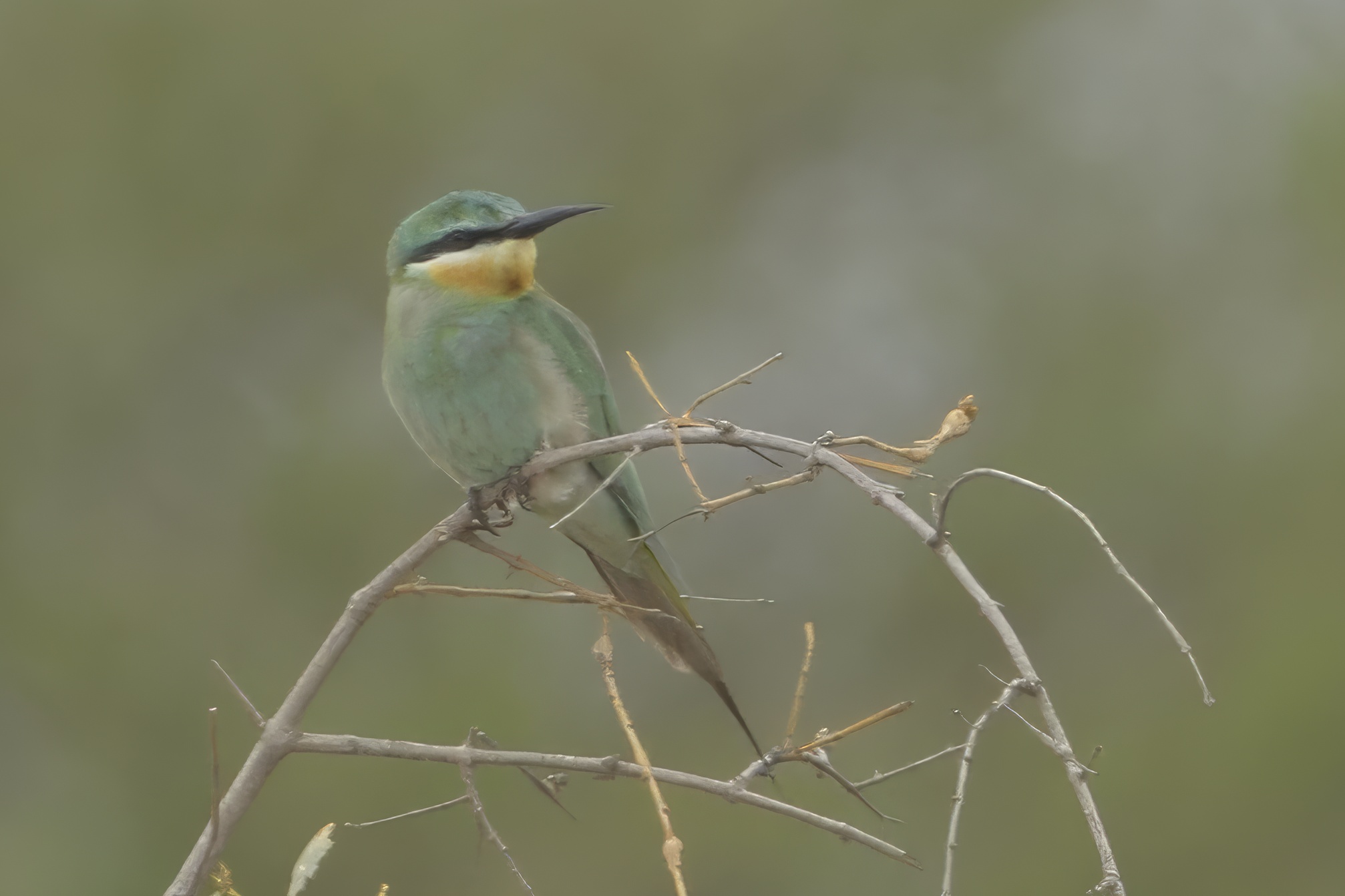
Blue-cheeked Bee-eater, Merops persicus
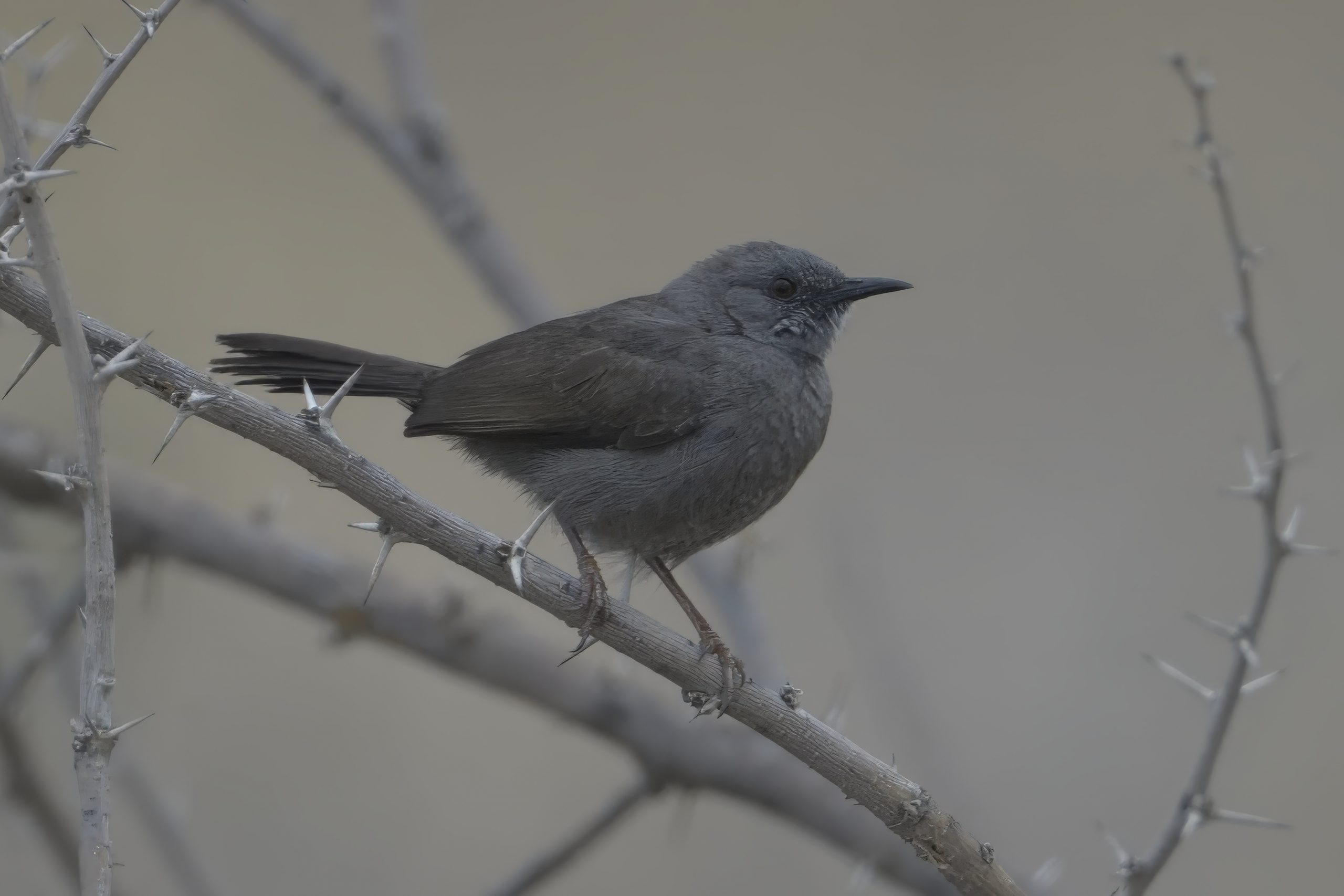
Grey Wren-Warbler, Calamonastes simplex, Endemic to NE Africa
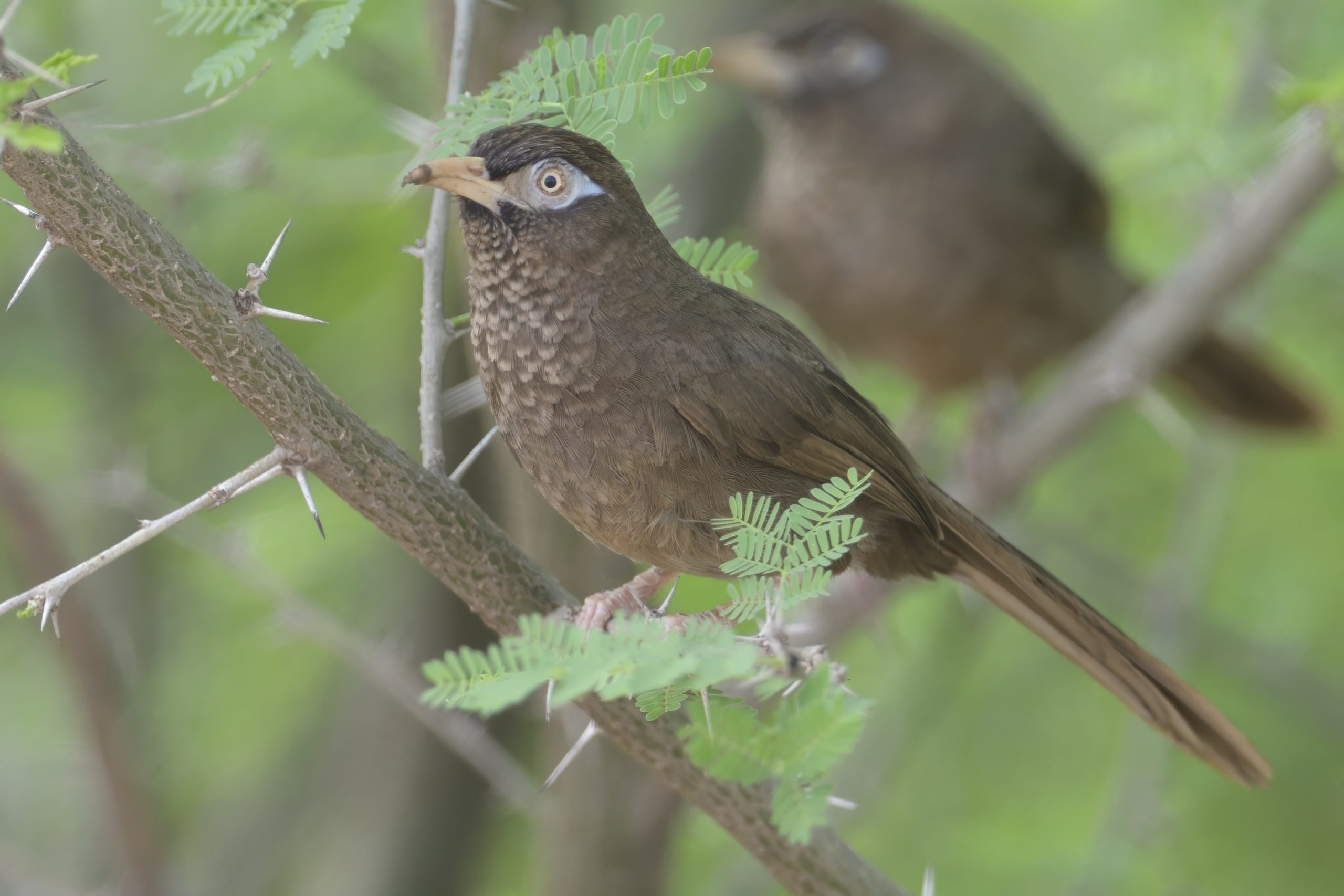
Scaly Chatterer, Argya aylmeri, Endemic to NE Africa
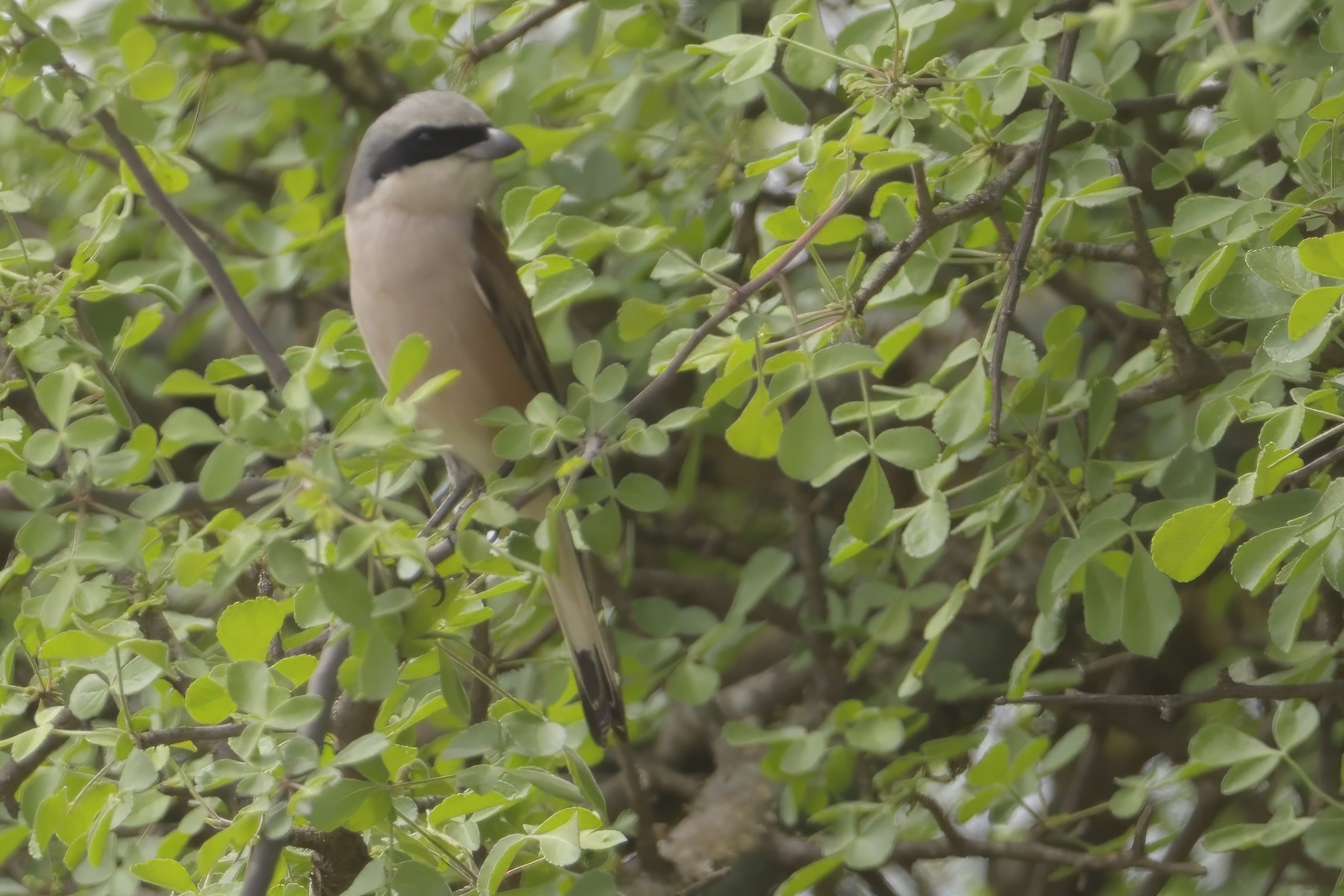
Red-backed Shrike, Lanius collurio
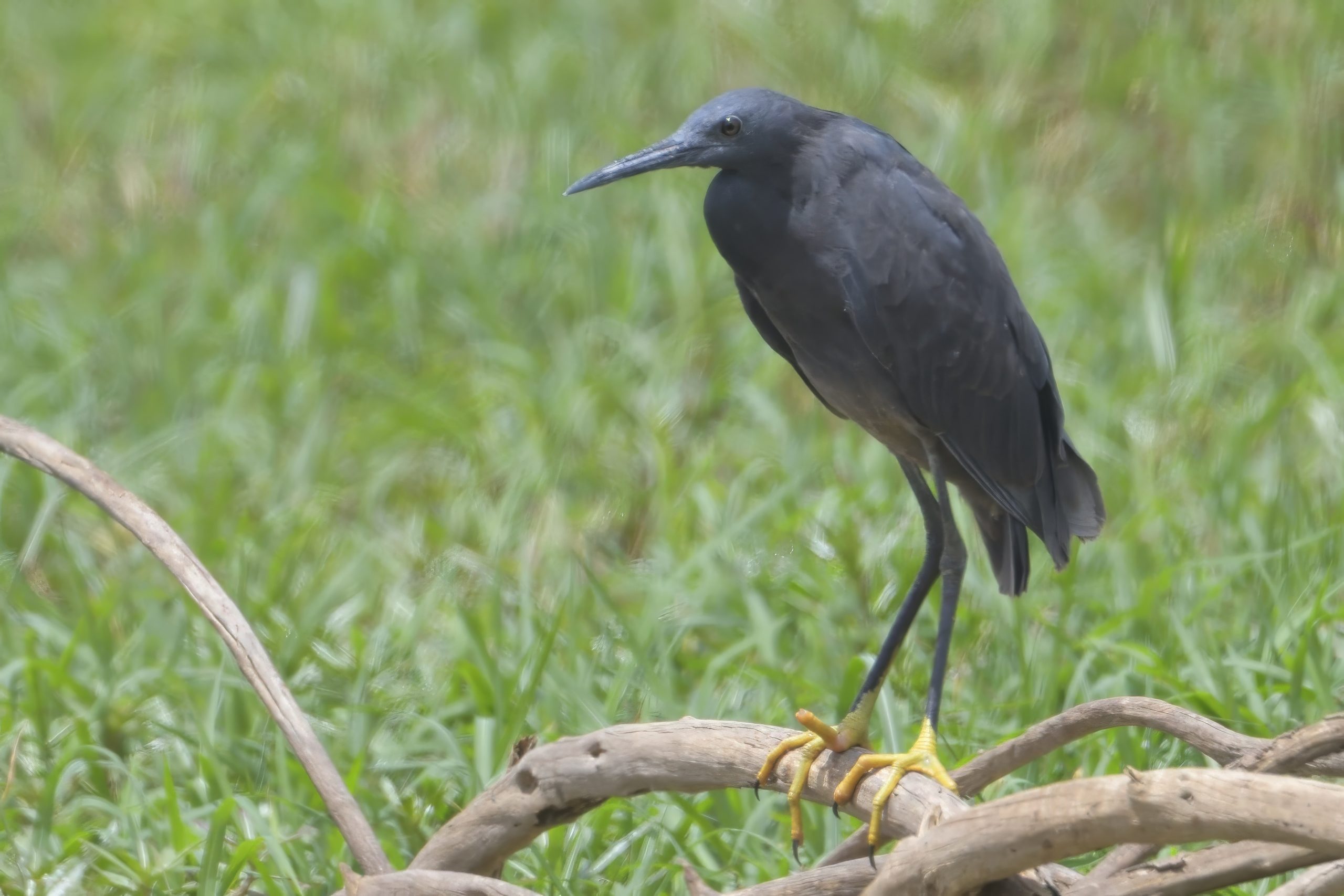
Black Heron, Egretta ardesiaca
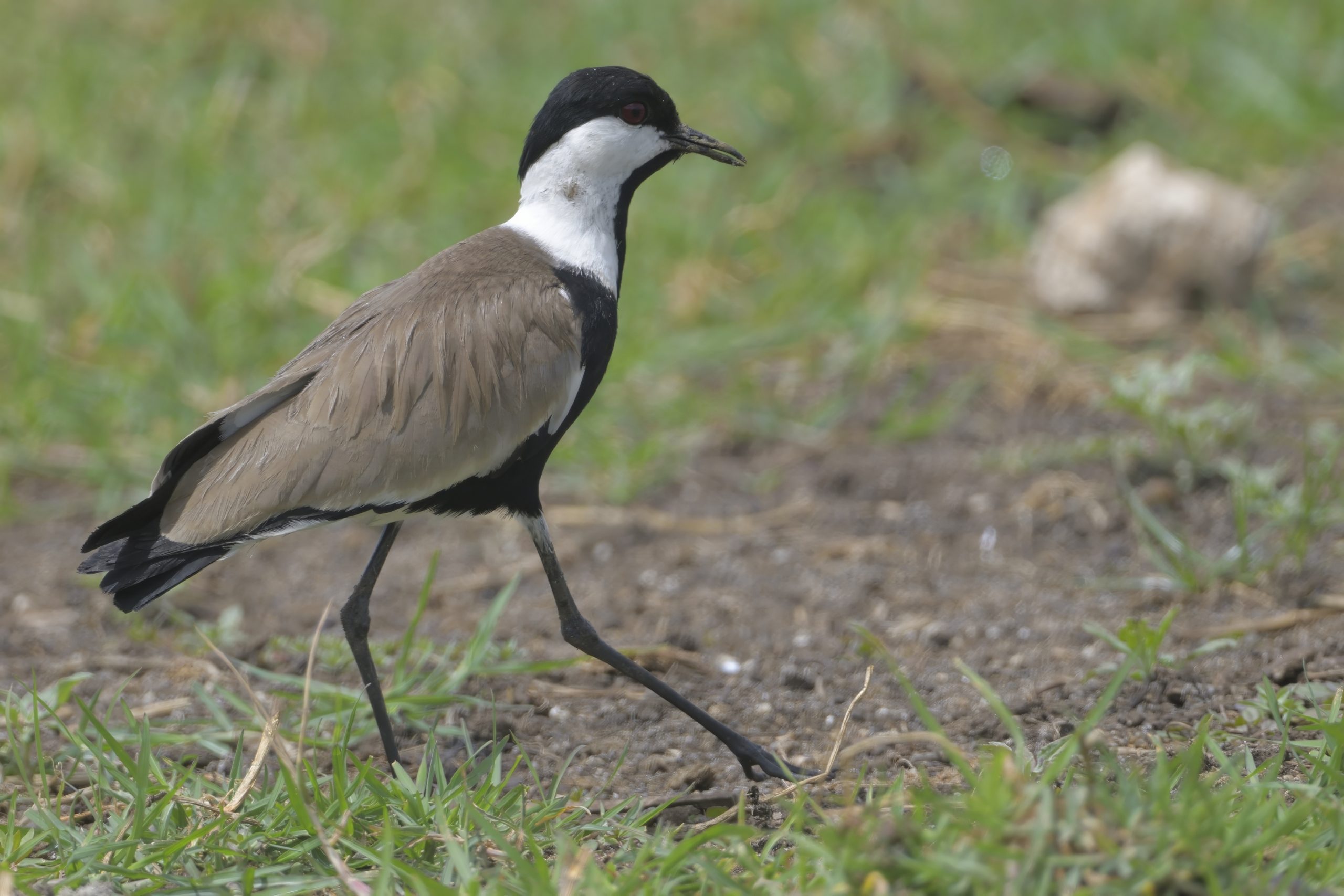
Spur-winged Lapwing, Vanellus spinosus
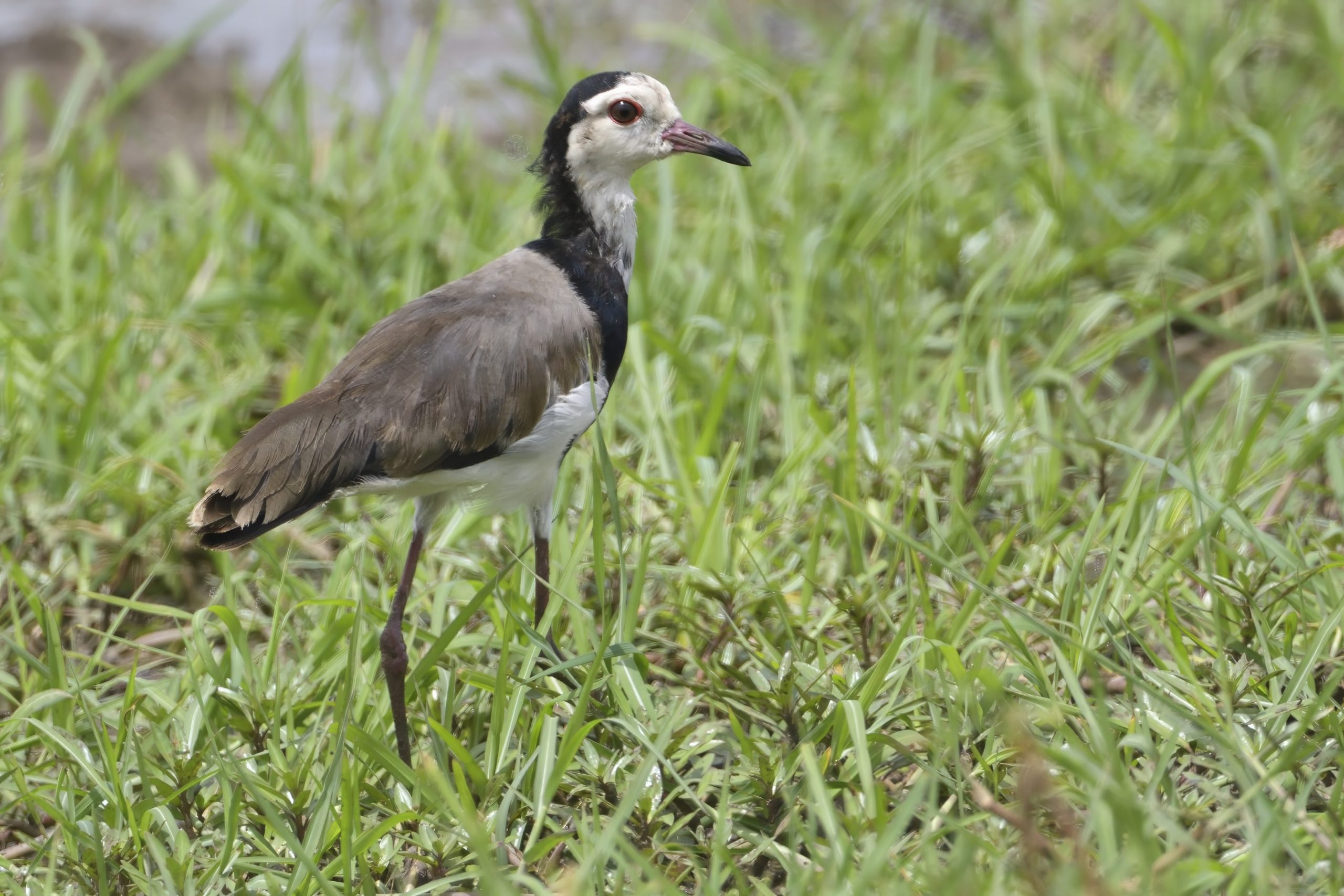
Long-toed Lapwing, Vanellus crassirostris
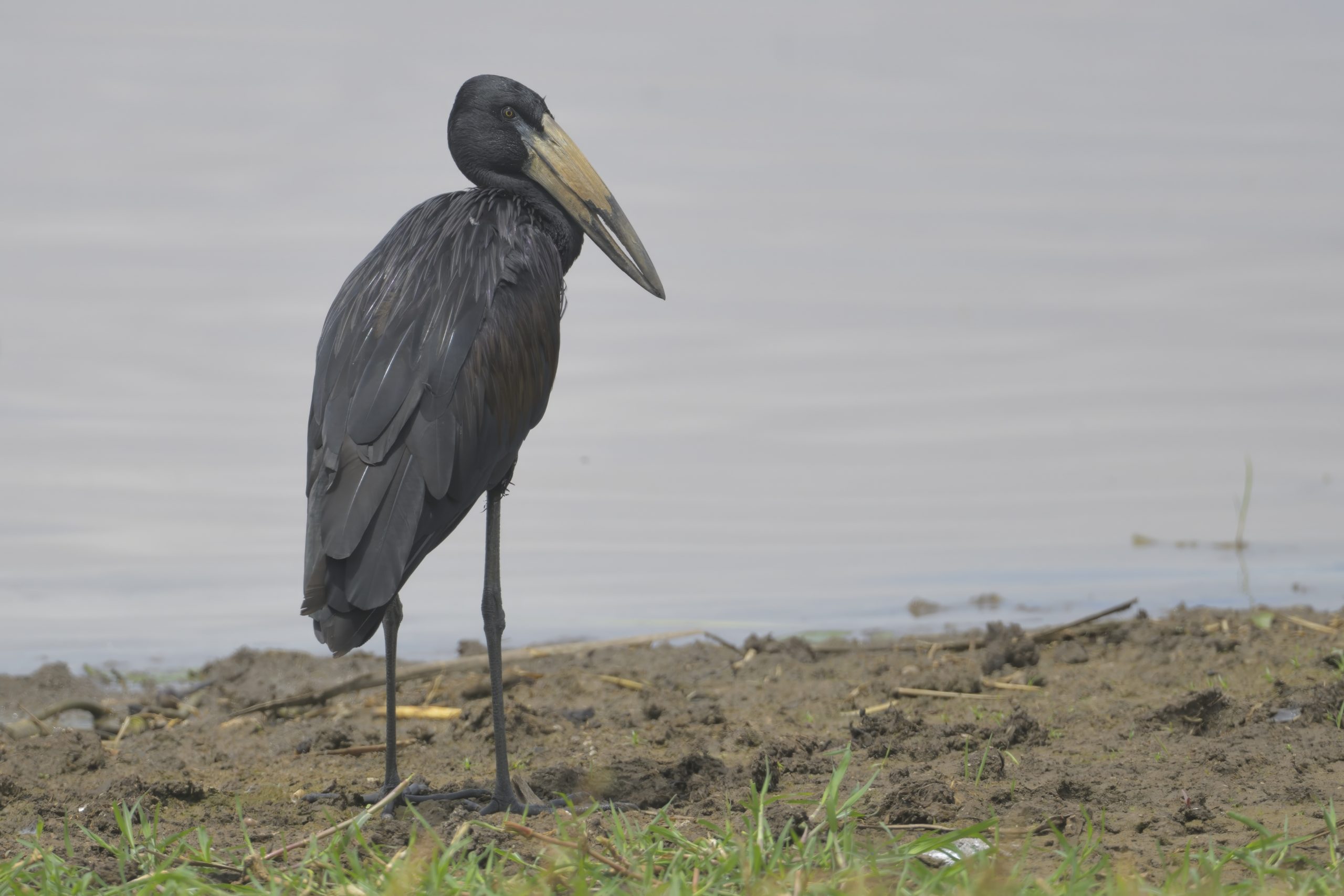
African Openbill, Anastomus lamelligerus
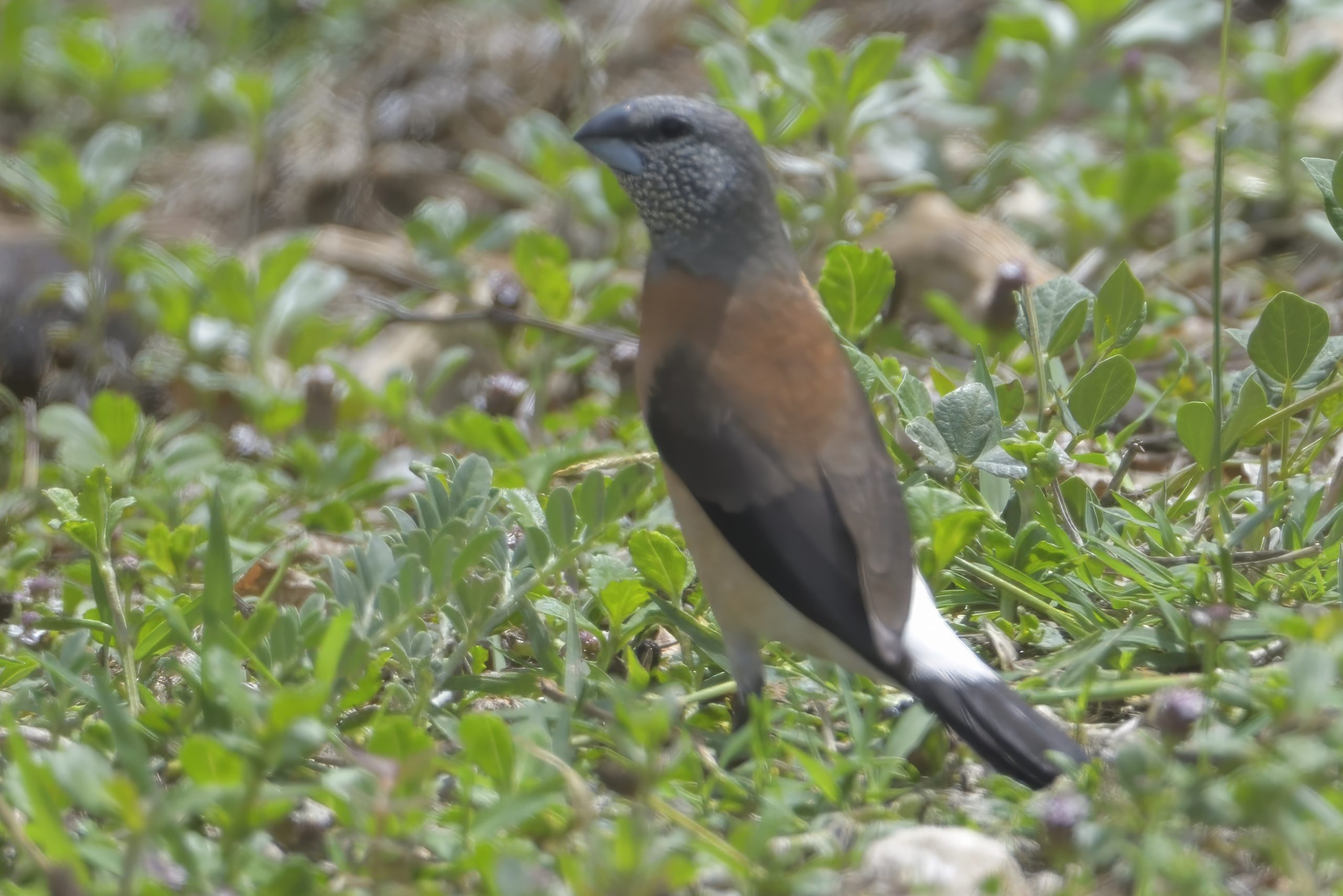
Grey-headed Silverbill, Spermestes griseicapilla, Endemic to NE Africa
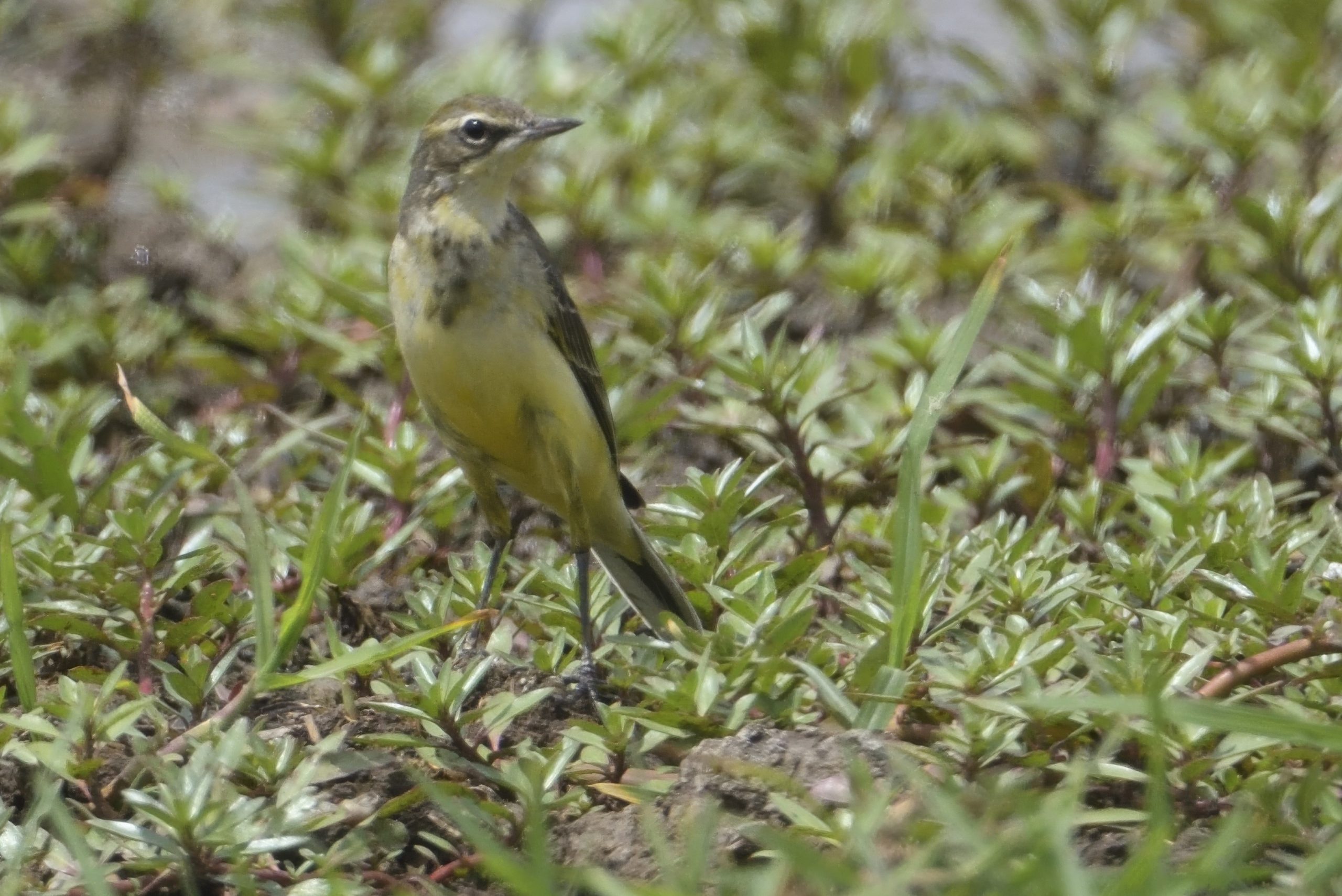
Western Yellow Wagtail, Motacilla flava
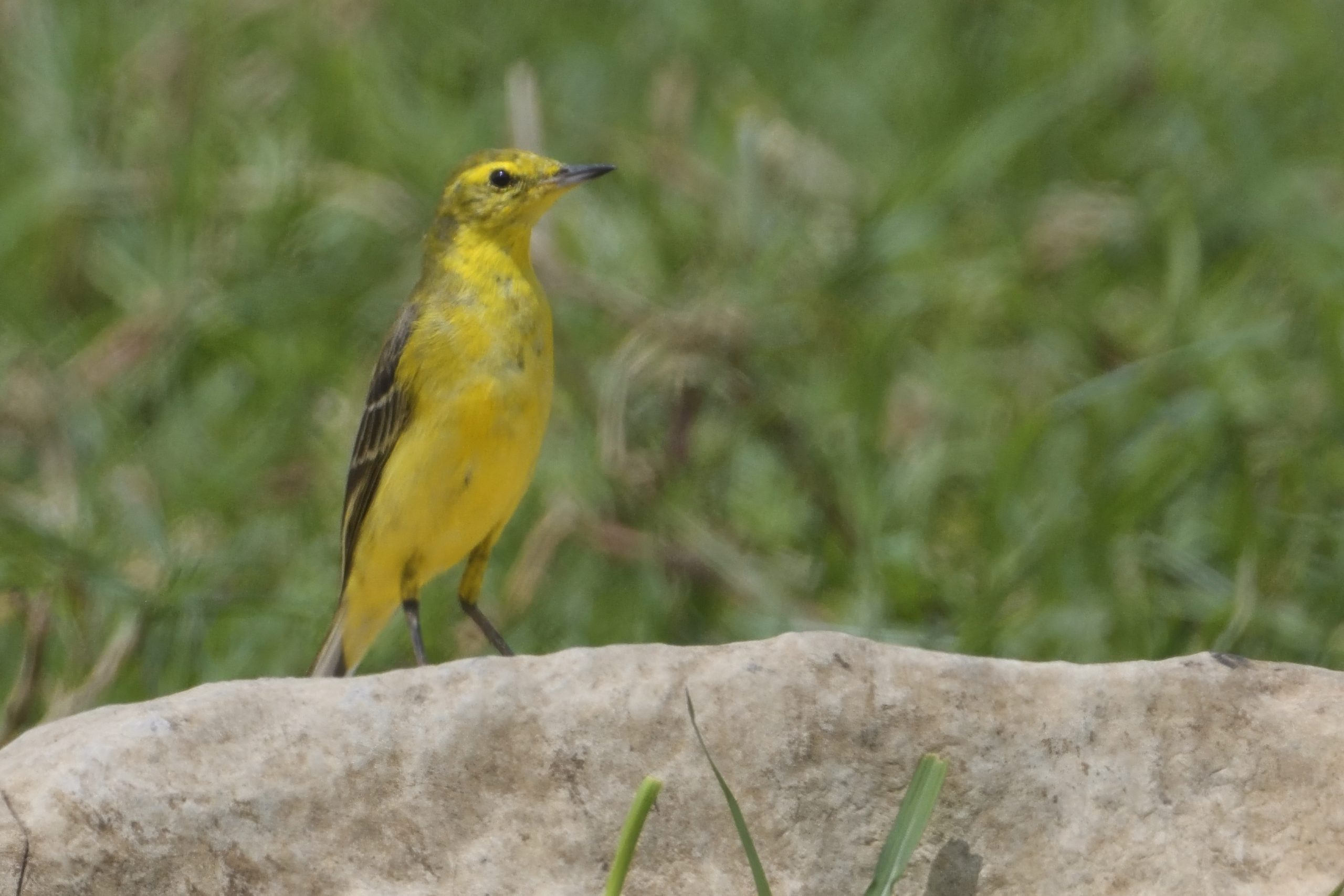
Western Yellow Wagtail, Motacilla flava
Day 8: Tuesday, December 3: Kiligolf, Nyumba ya Mungu Dam, Elephant motel, Same and South Pare Mountains.
The car were packed and we had an early start. We stopped in Mwanga were our guide bought Chapati. We continued to the turn off to Nyumba ya Mungu Dam. On the way to the dam, we added Olive Bee-eater, at the exit to the Dam, African Silverbill. We continued to our breakfast spot. Here we added Water Thick-knee. Our next target were African Skimmer. My guide and I have found a new route and we were at the Skimmer spot in no time. We saw a huge flock of African Skimmers and also added Gull-billed and White-winged Tern, Great White Pelican, Kittlitz´s Plover and Grey-headed Gull. On the way out, we observed a Western Osprey. 13 Km south of the exit to the Dam, we stopped at the newly discovered Pale Prinia spot and got the Prinia. At a wetland near Same, we added Woolly-necked Stork. We checked in at Elephant Motel ordered lunch and met at the car at 15:00. I noticed one of my tyres were deflated so we had to go to a tyre repair shop and have that fixed. It turned out that the tyre actually had two slow punctures. We started the drive towards our spot for South Pare White-eye. We added Mosques Swallow before we started the climb. At our spot, after some searching we found the White-eye. In addition we added Common Waxbill, , Cinnamon-chested Bee-eater, African Yellow Weaver, Ayre´s Hawk-Eagle and Usambara Double-collared Sunbird. We drove down the mountain again to Elephant Motel, ordered dinner, freshed up, had dinner and retired early to bed.
Some pictures from Day 8:
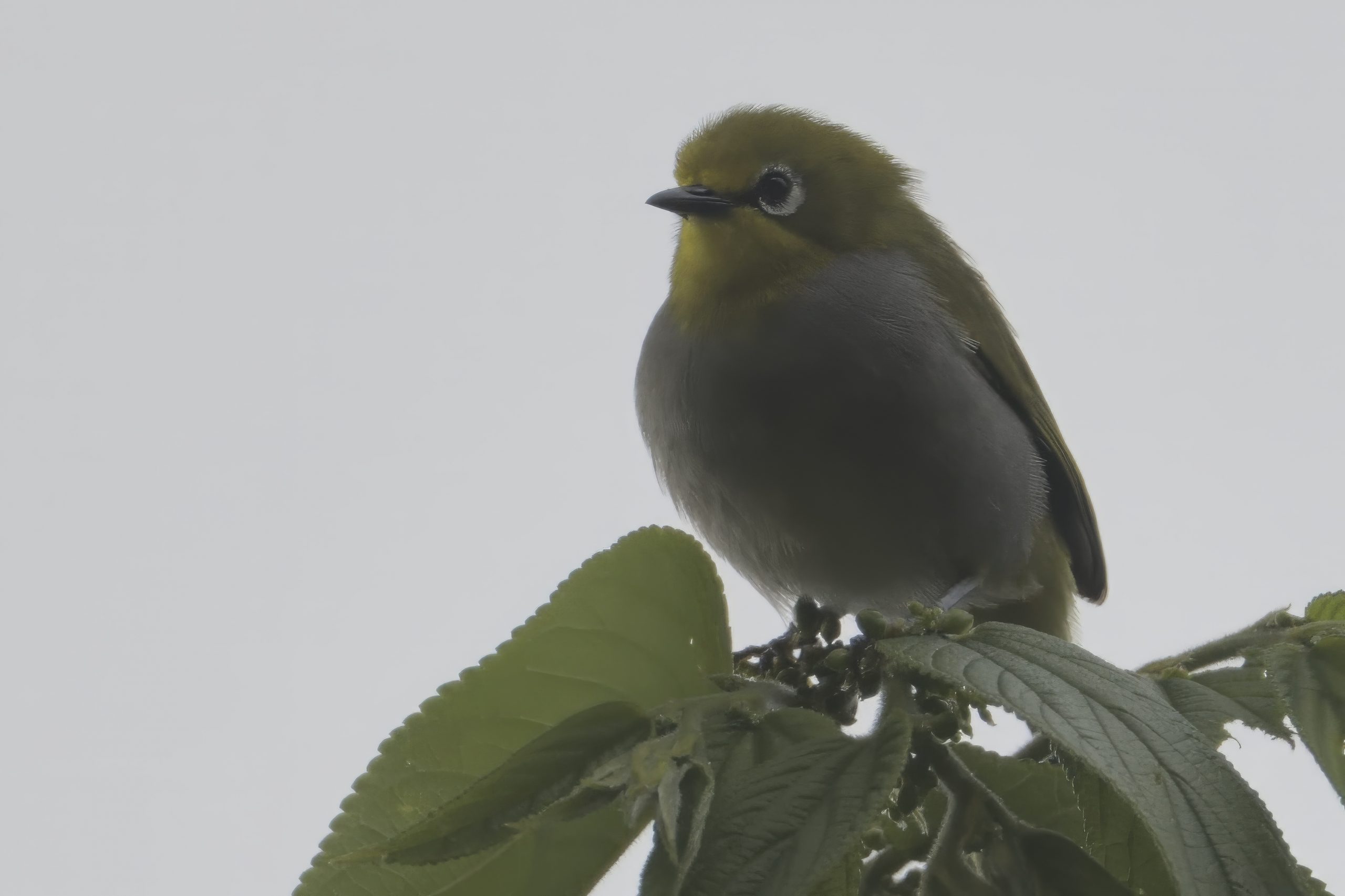
South Pare White-eye, Zosterops winifredae, Endemic to Pare Mountains, Tanzania
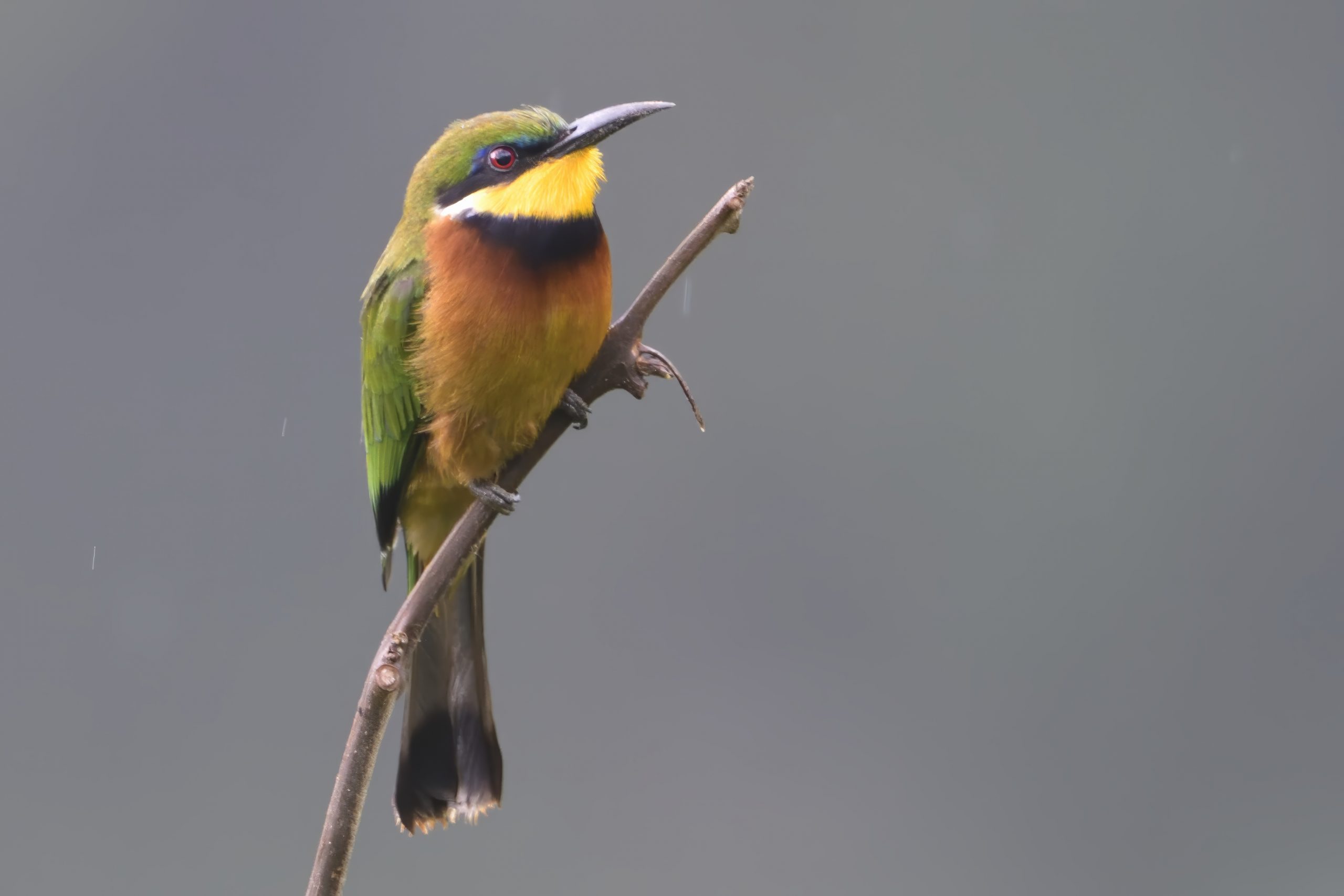
Cinnamon-chested Bee-eater, Merops oreobates, Endemic to E Africa
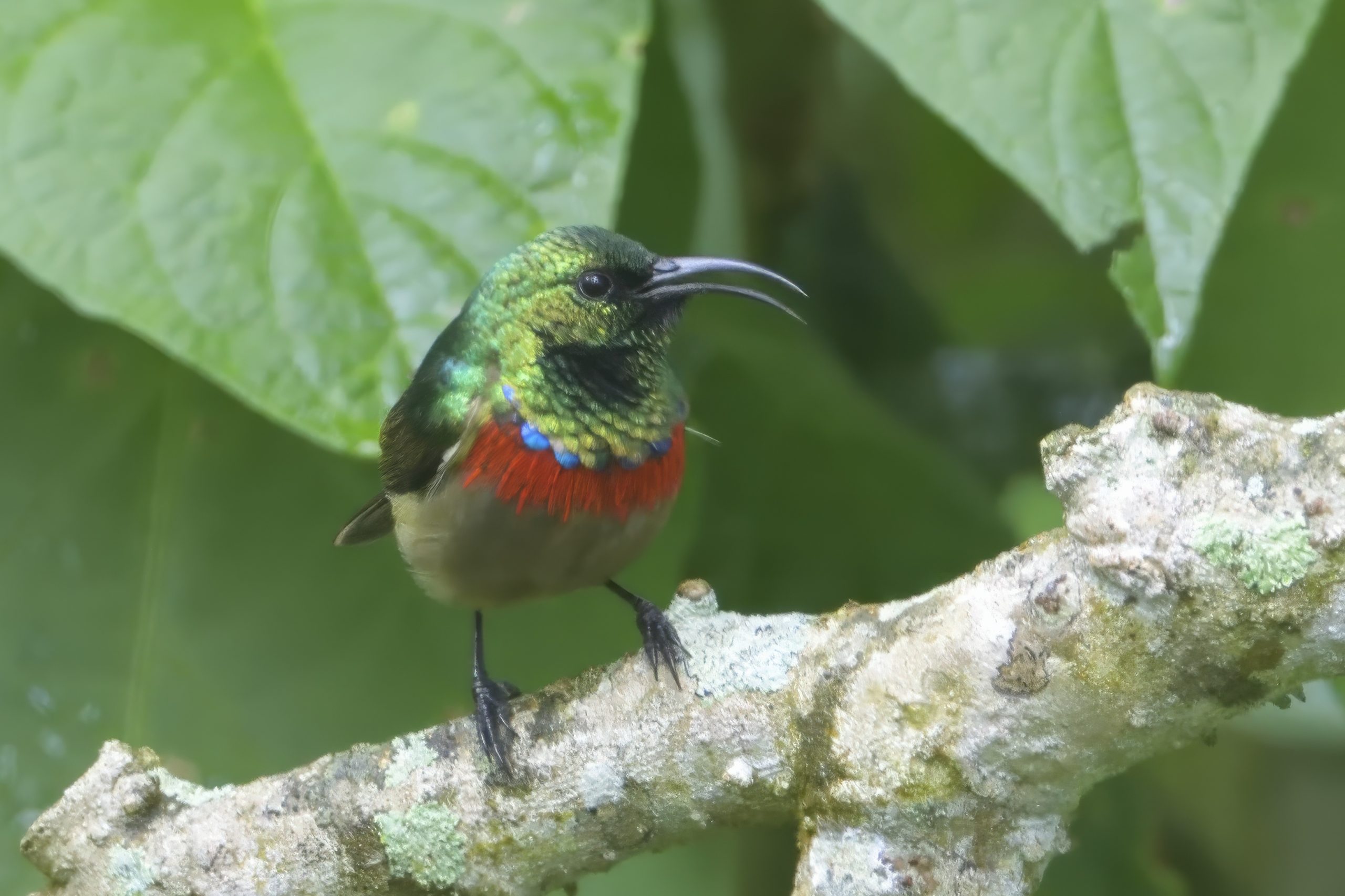
Usambara Double-collared Sunbird, Cinnyris usambaricus, Endemic to S. Pare and Usambara Mts in TZ and Taita Hills in Ke.
Day 9: Wednesday, December 4: Same to Magamba Forest, West Usambara
We left the motel at 07:00. The weather did not look too great so we decided to do the birding in reverse order so we could always stay close to the car. We were near Mkomazi National Park and started ticking birds: Fischer´s Starling, Black-bellied Sunbird, D´Arnaud´s Barbet, Harlequin Quail, Golden Pipit, Jacobin Cuckoo, Zanzibar Red Bishop and Black-faced Waxbill. We drove to our normal starting point and added Tiny Cisticola, Northern Red-fronted Tinkerbird, Pink-breasted Lark, Lesser Honeyguide, Long-tailed Paradise Whydah, Brown-tailed Apalis, Eastern Black-headed Batis and Grasshopper Buzzard. We returned to the Motel, ordered breakfast, packed, ate and were soon on our way. We stopped at our normal stop just before Soni and added the following species: Mocking Cliff Chat, East Coast Boubou, Mountain Wagtail and Black-throated Wattle-eye. We stopped in Soni to do some necessary grocery shopping and then continued to the gate of Magamba Forest. Our normal place for the Spot-throat have not been reliable for some time. The weather did not look too good so after setting up camp we only managed a short bird walk from 17:00. Here are some of the birds we registered on this first walk: Fülleborn´s Boubou, Evergreen Forest Warbler, Usambara Akalat (the others were ahead of me so unfortunately, I was the only one that had great photo opportunities of this skulker), Bar-throated Apalis, Hartlaub´s Turaco, Red-capped Forest Warbler and Silvery-cheeked Hornbill. The local chicken had been boiling for 3 hours when we returned to camp and with the help of my guide shopping vegetables, I had dinner ready around 19:30.
I was cold, but my friends from the Saga Island were not bothered by the cold. I am embarrasd coming from Norway and freezing so quickly, but my house is at 1050m, so my blood has tinned out.
Some pictures from Day 9:
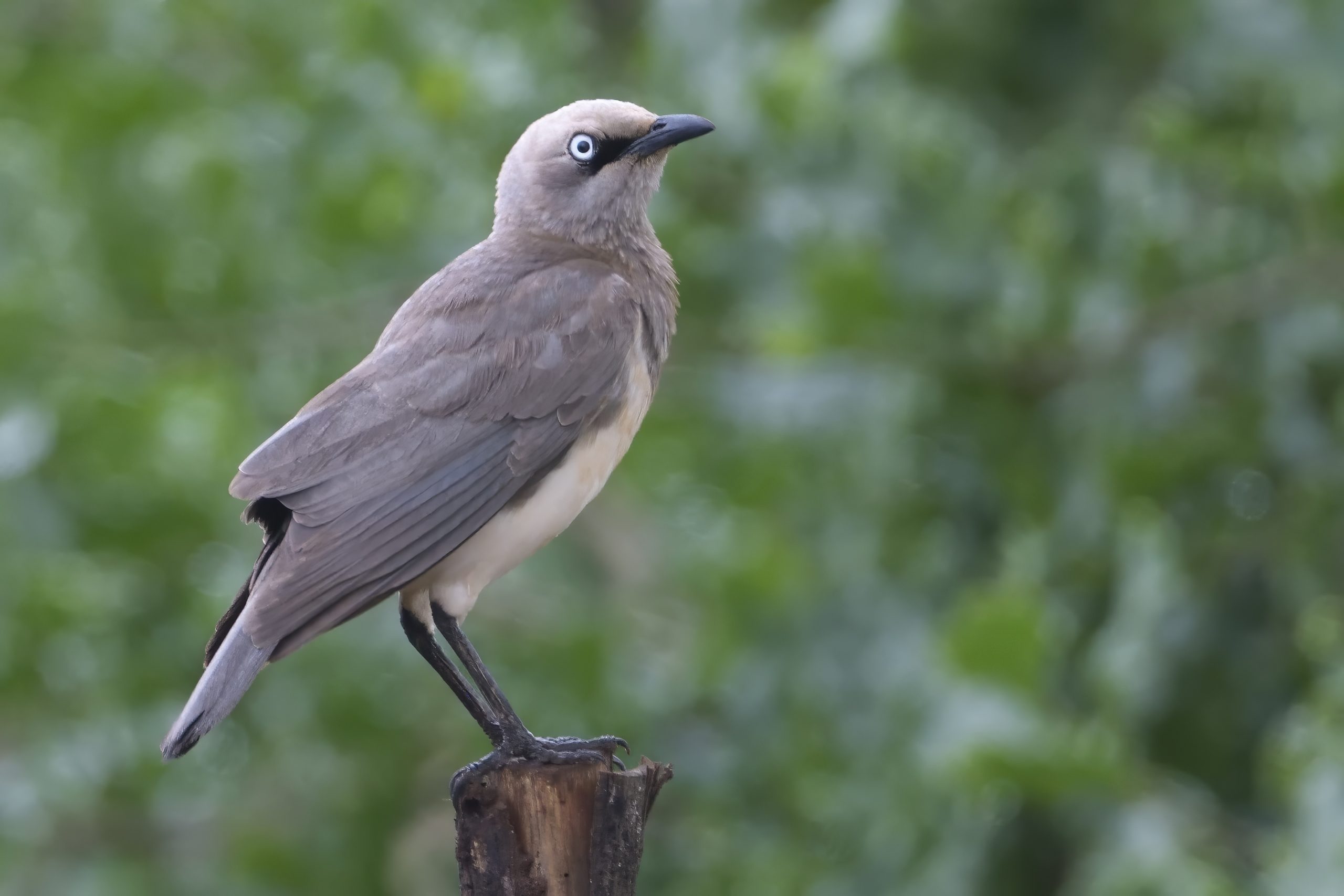
Fischer´s Starling, Lamprotornis fischeri, Endemic to NE Africa
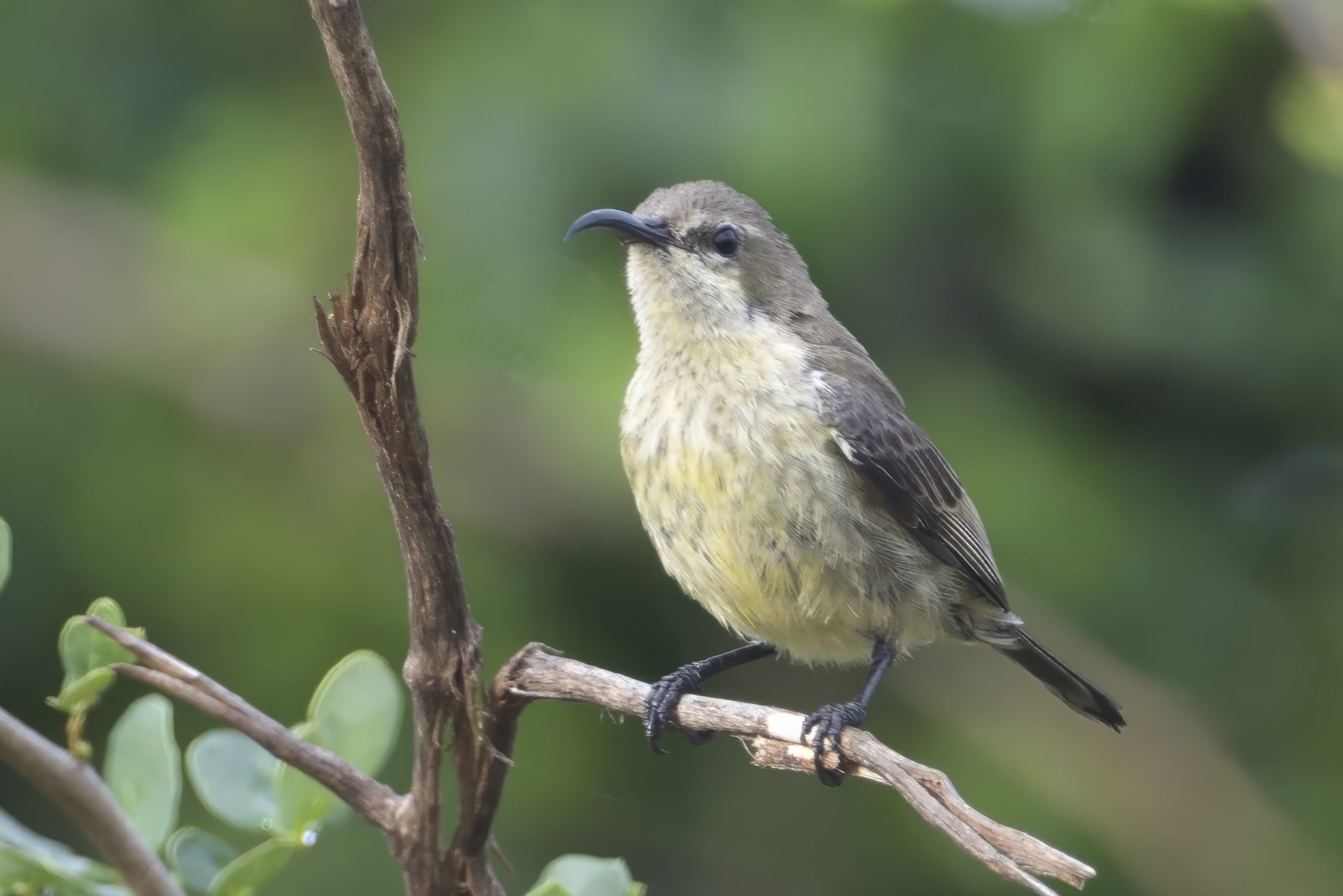
Black-bellied Sunbird (Female), Cinnyris nectarinioides, Endemic to NE Africa
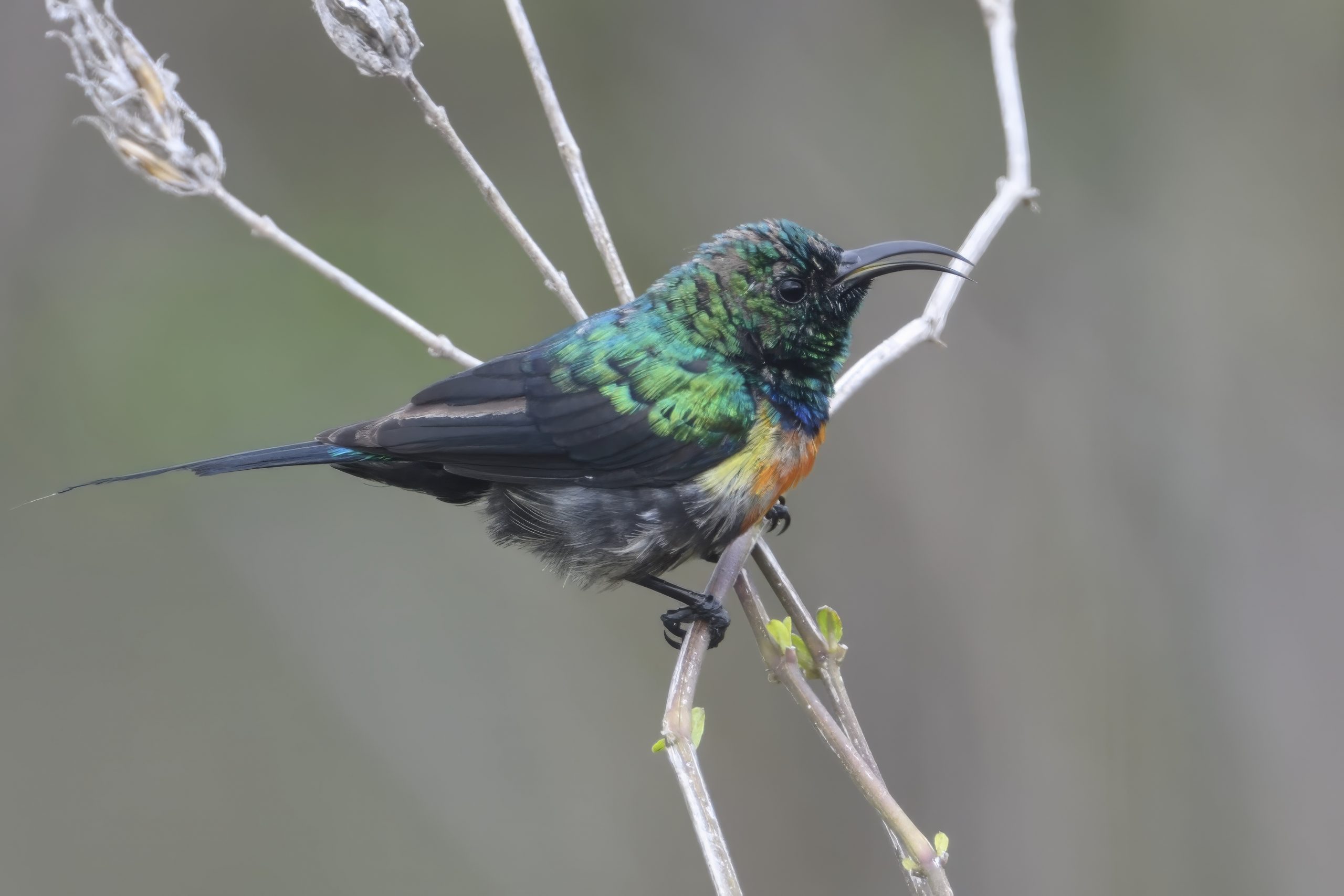
Black-bellied Sunbird (Male juvenile), Cinnyris nectarinioides, Endemic to NE Africa
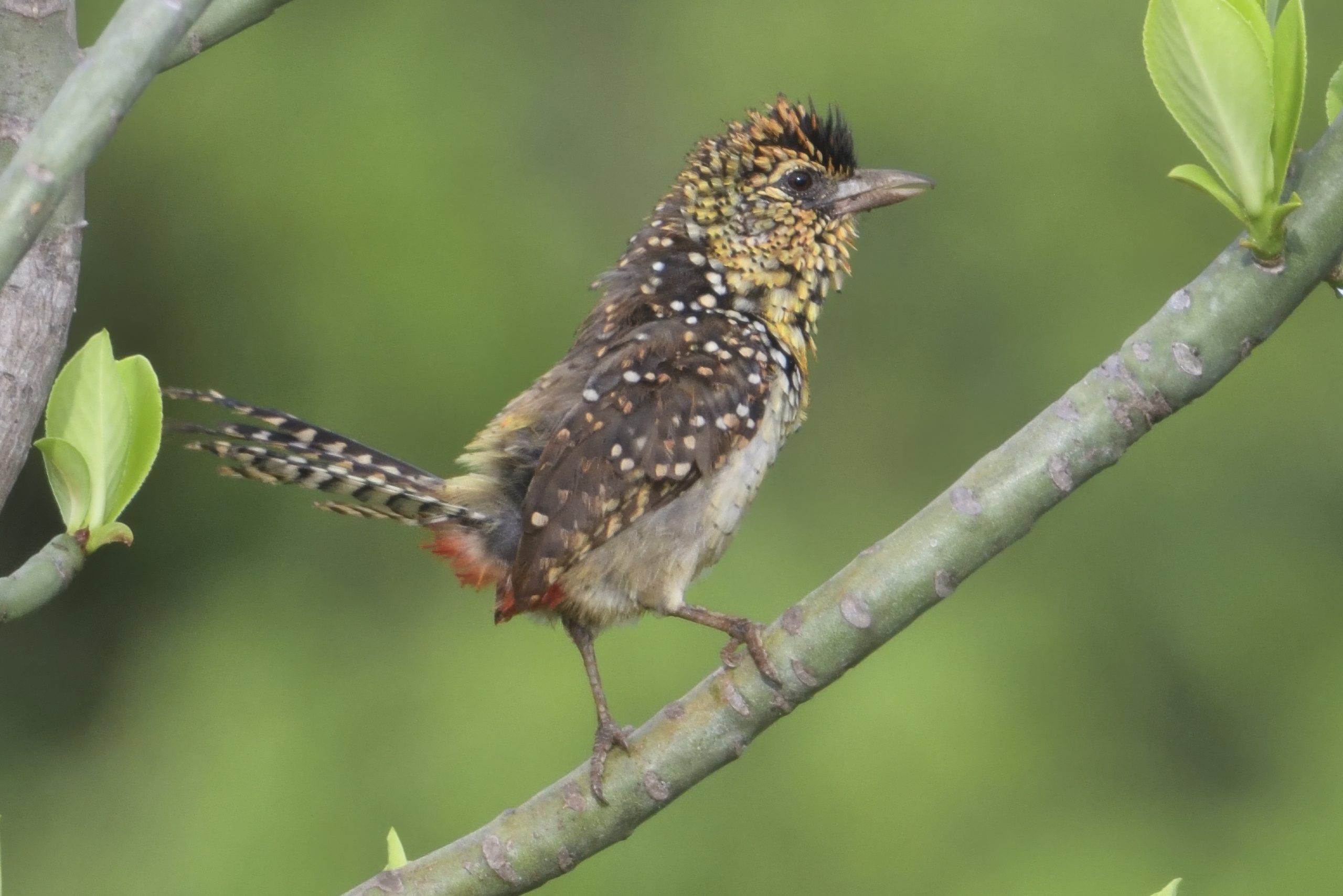
D´Arnaud´s Barbet, Trachyphonus darnaudii, Endemic to NE Africa
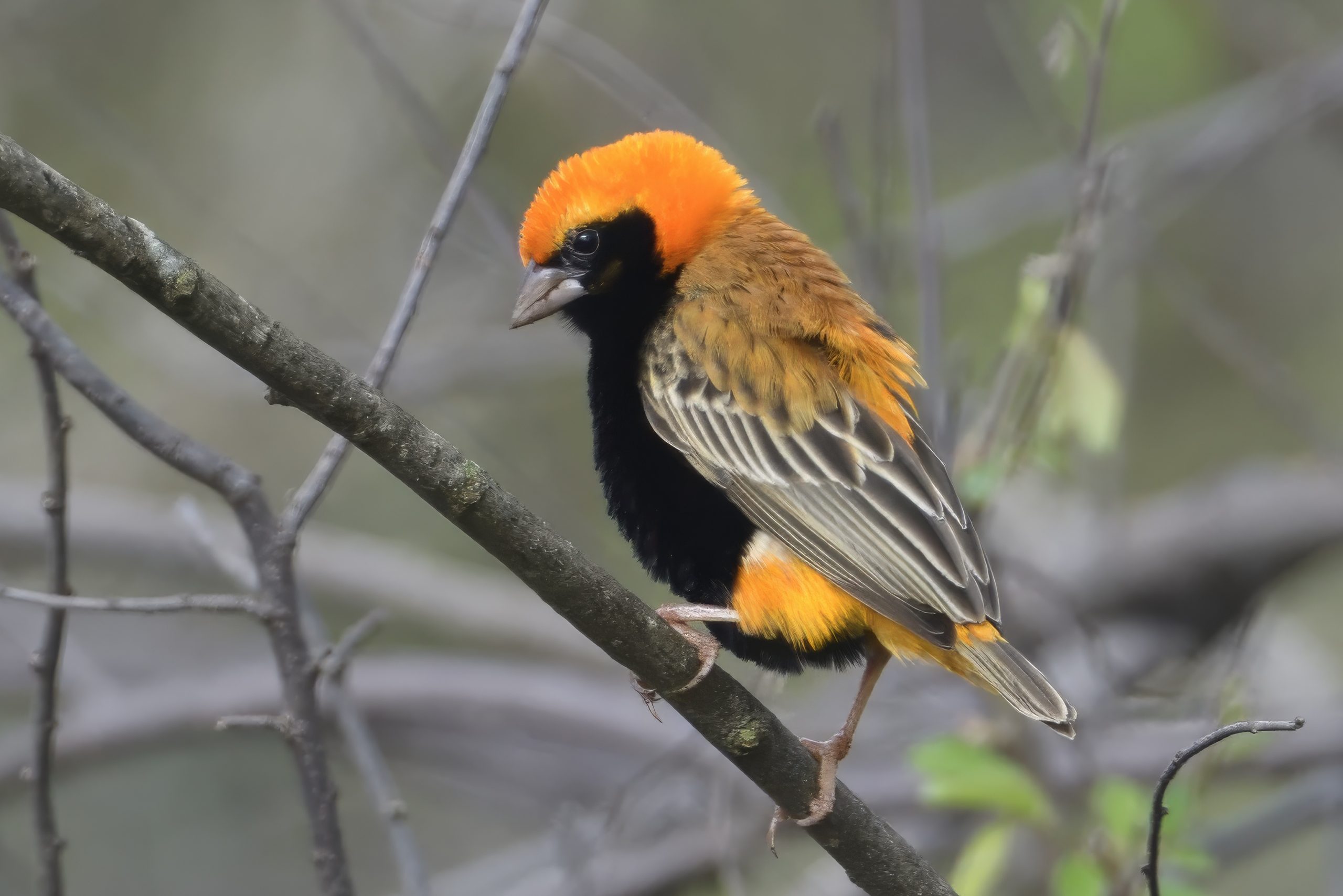
Zanzibar Red Bishop, Euplectes nigroventris
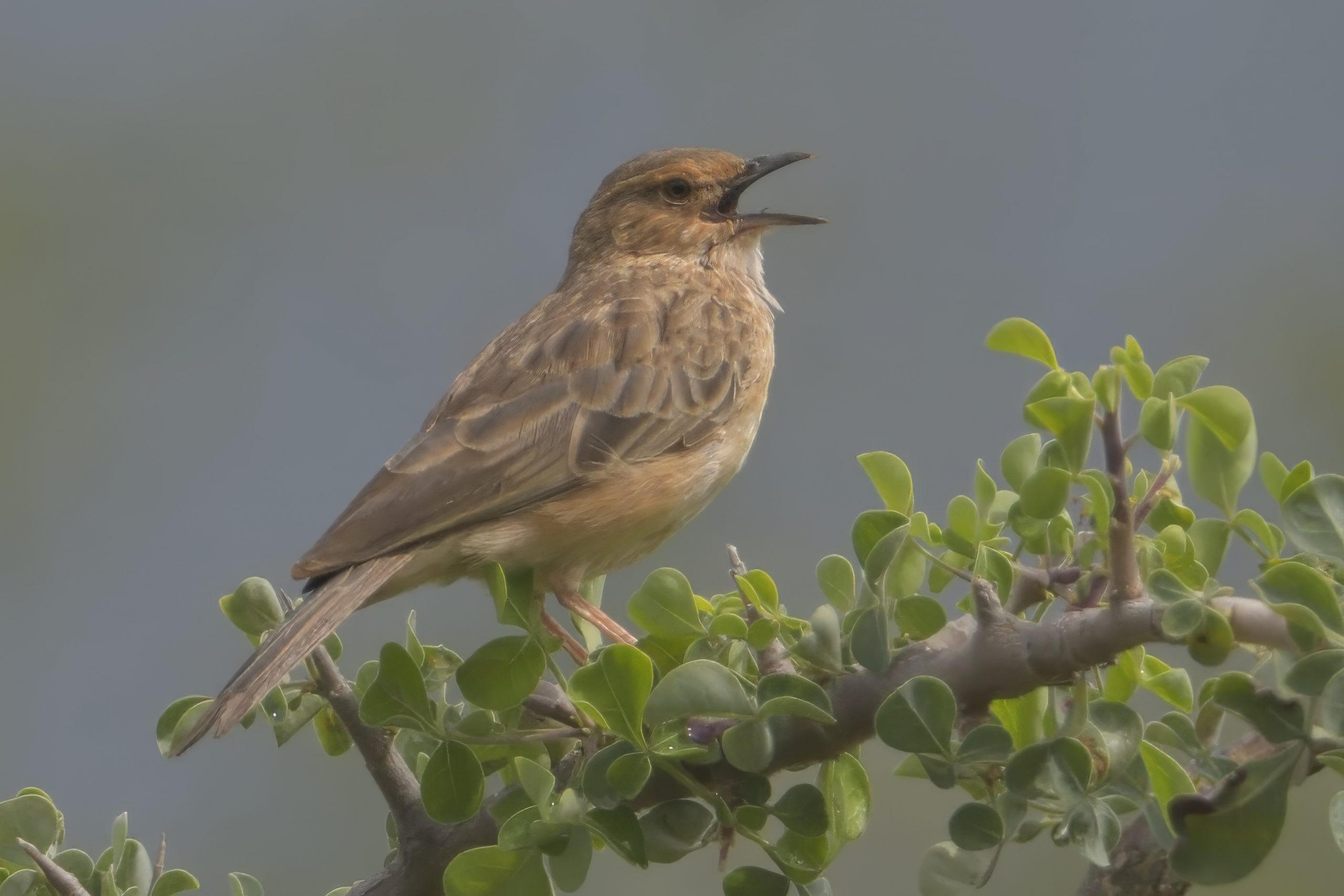
Pink-breasted Lark, Calendulauda poecilosterna, Endemic to NE Africa
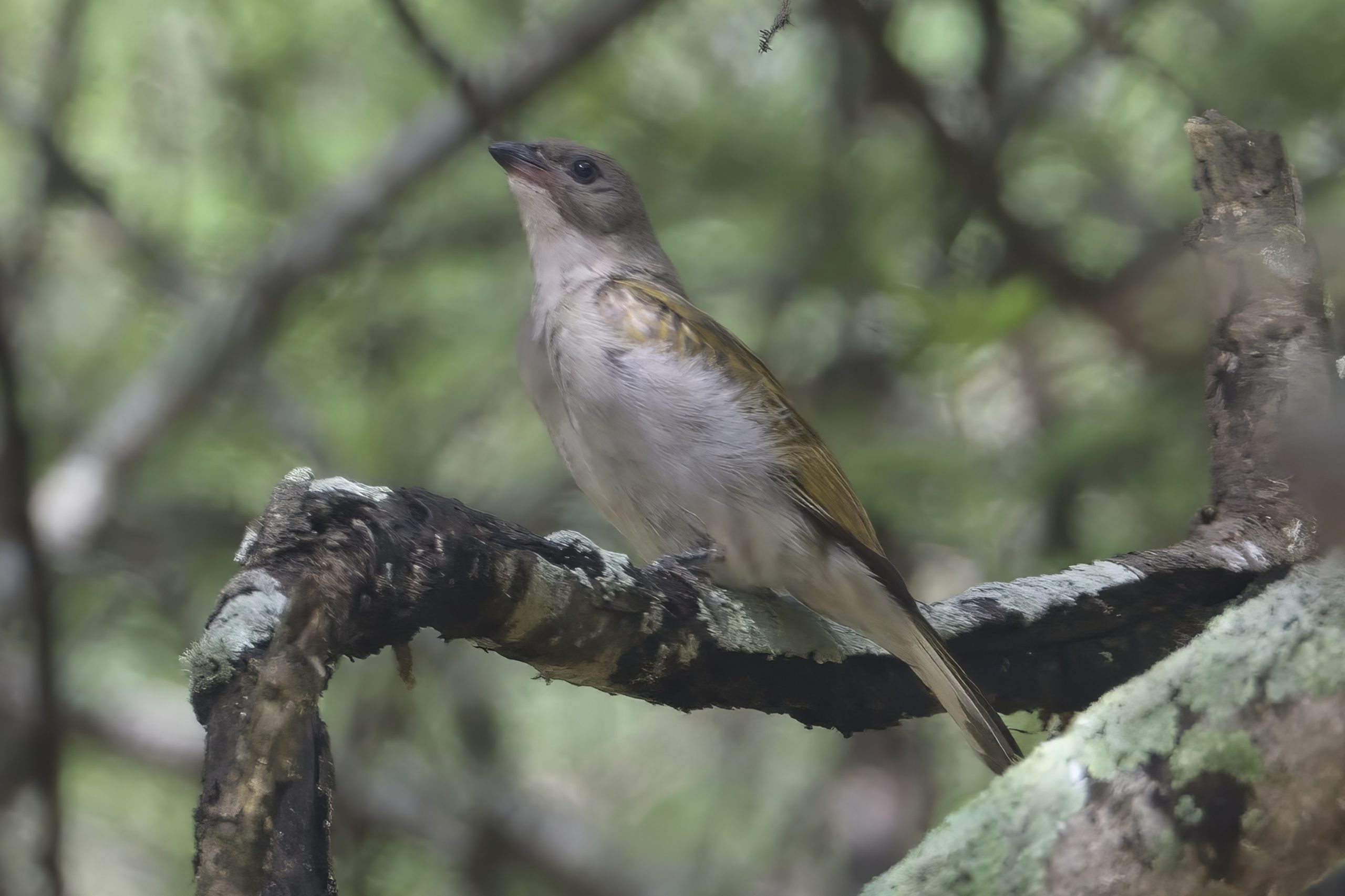
Lesser Honeyguide, Indicator minor
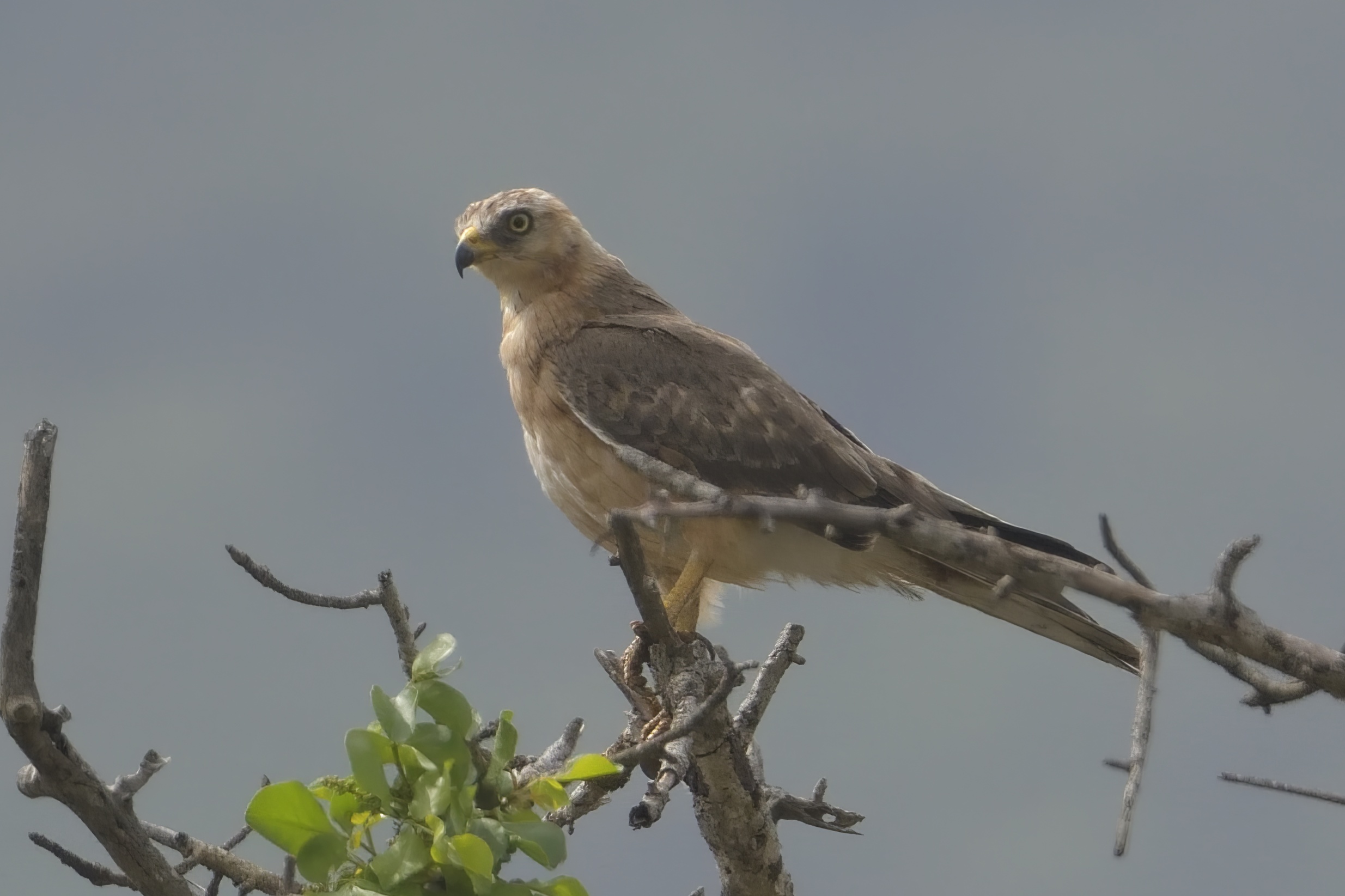
Grasshopper Buzzard, Bustatur rufipennis
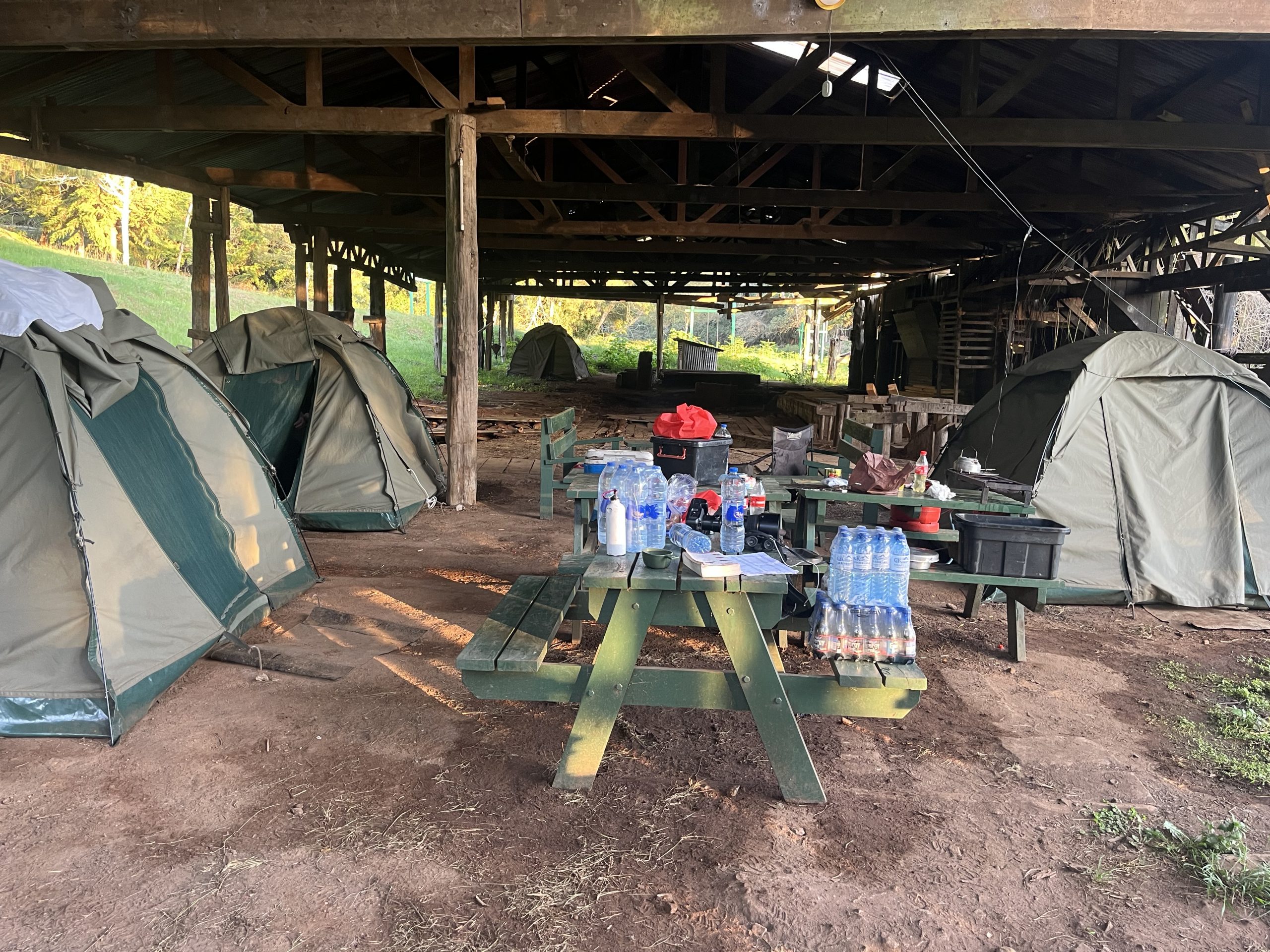
Camp in Magamba set up and ready for birding.
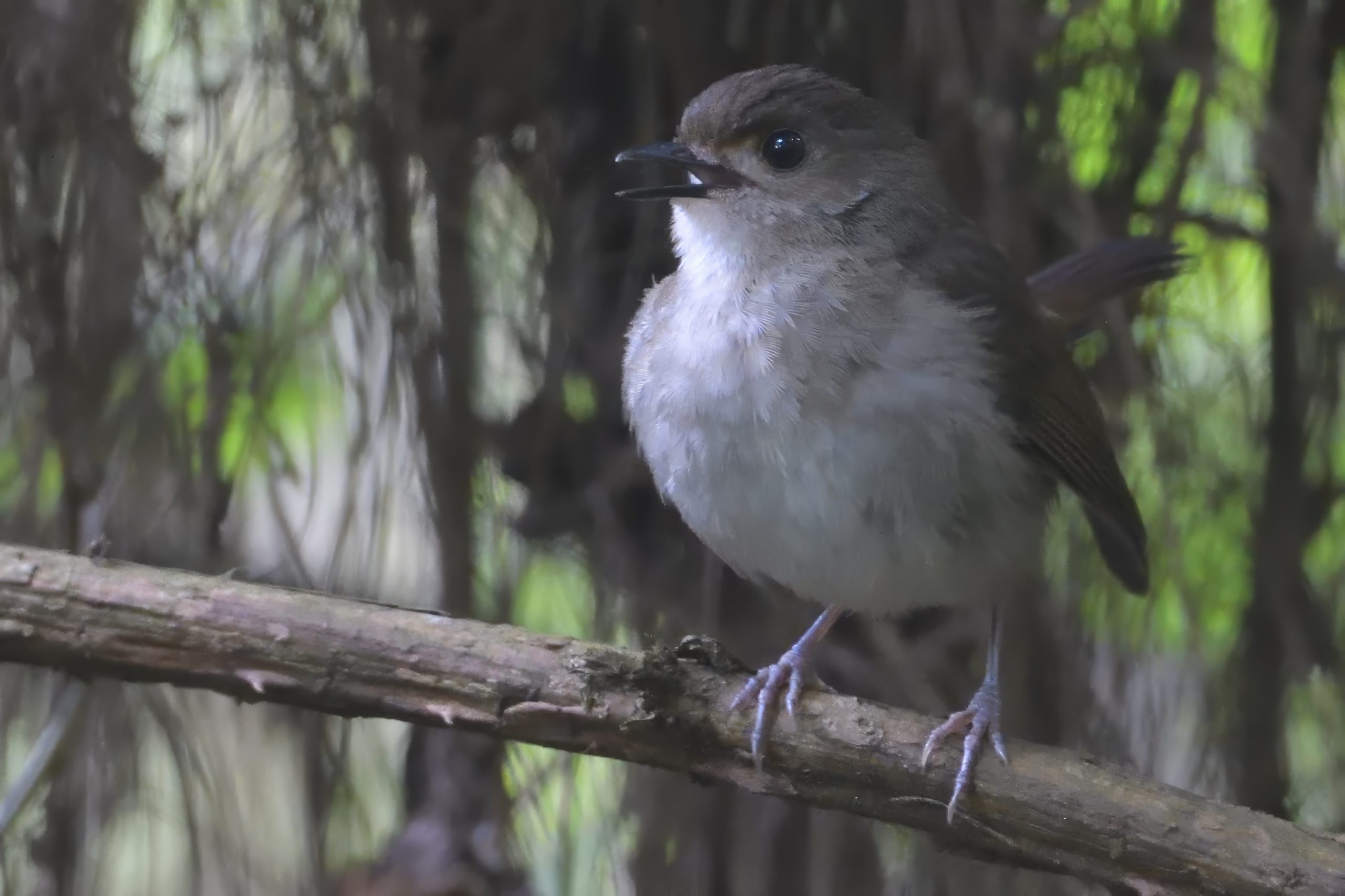
Usambara Akalat, Sheppardia montana, Endemic to West Usambara Mountains in Tanzania
Day 10, Thursday December 5: Magamba Forest
We woke up to beautiful weather that morning. We decided to go uphill again: Here are some of the birds recorded before breakfast: Red-faced Crimsonwing, Grey Wagtail, Yellow-throated Woodland Warbler, Bar-throated Apalis, Black-fronted Bushshrike, Usambara Akalat, Spot-throat (Only the guide and I saw it), Moustached Tinkerbird, Black-headed Mountain Greenbul, Green Barbet, White-chested Alethe, Cinnamon Bracken Warbler and Yellow-bellied Waxbill. We had breakfast while a Cape Robin-Chat entertained us in camp. The weather were unstable, so we had to wait to do the loop around the lake. We recorded: Grey Cuckooshrike, Usambara Weaver, Yellow-throated Woodland Warbler and Bar-tailed Trogon on the loop. In the afternoon, I stayed behind in camp while the guide finally managed to get good views of the Usambara Akalat and Spot-throat for my Icelandic friends. I birded a little around camp and got pictures of Mountain Buzzard and Usambara Thrush. I warmed up dinner and we enjoyed around the camp fire.
Some pictures from Day 10:
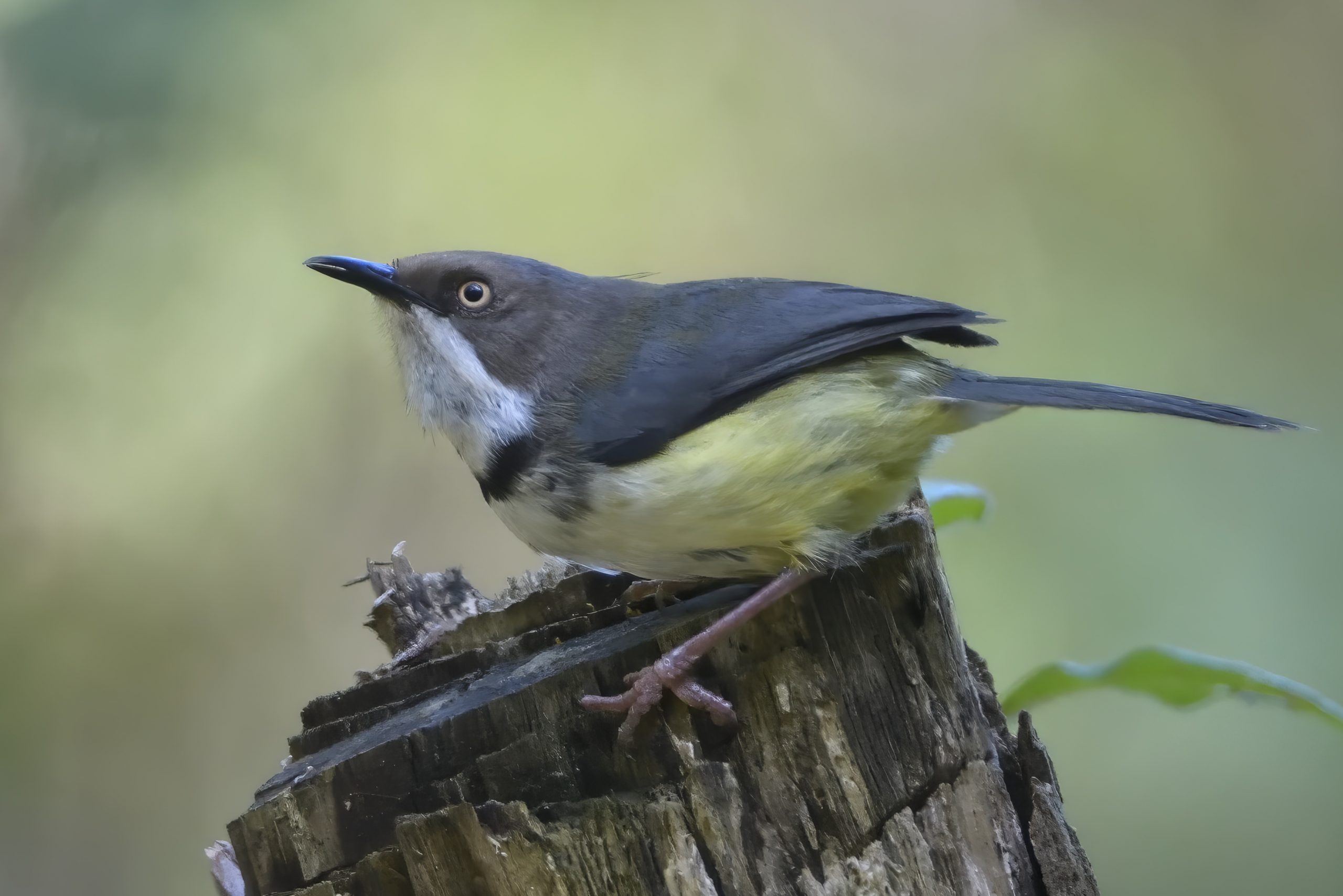
Bare-throated Apalis, Apalis thoracica, Race Griseiceps
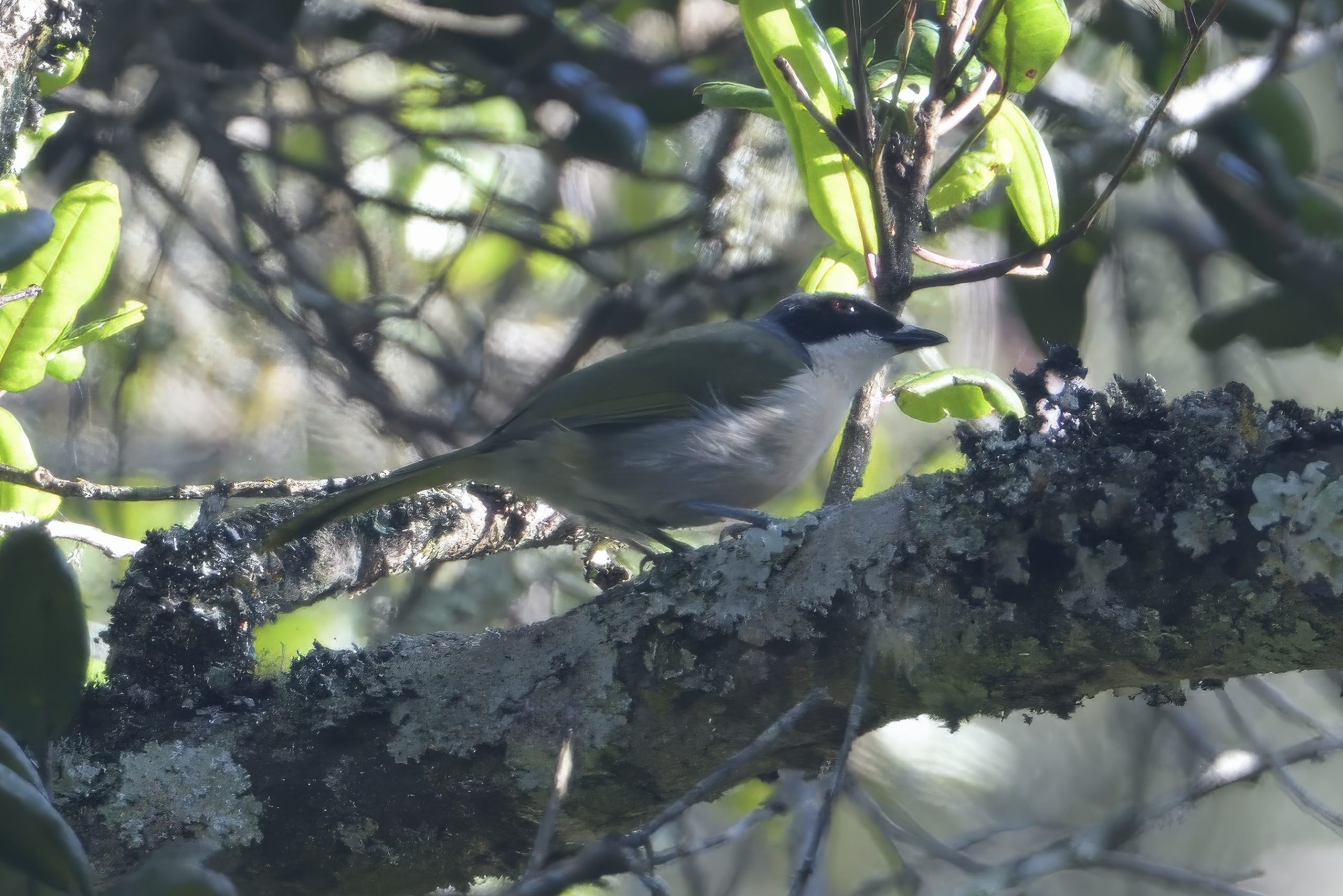
Black-fronted Bushshrike, Chlorophoneus nigrifrons
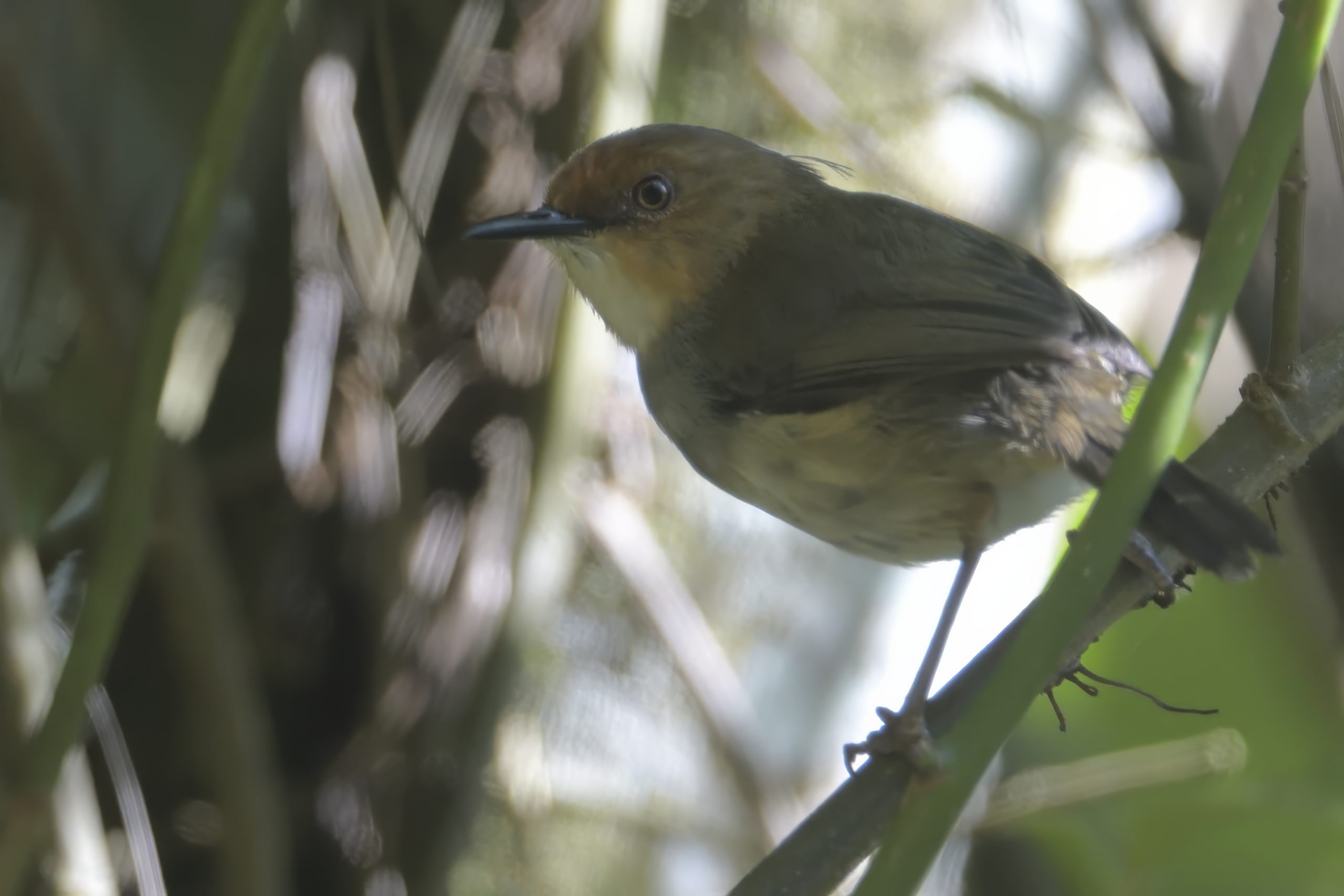
Red-capped Forest Warbler, Artisornis metopias, Endemic to Eastern Arc Mountains of Tanzania and N Mozambique

West Usambara Two-horned Chameleon, Kinyongia multituberculata, Endemic to West Usambara Tanzania
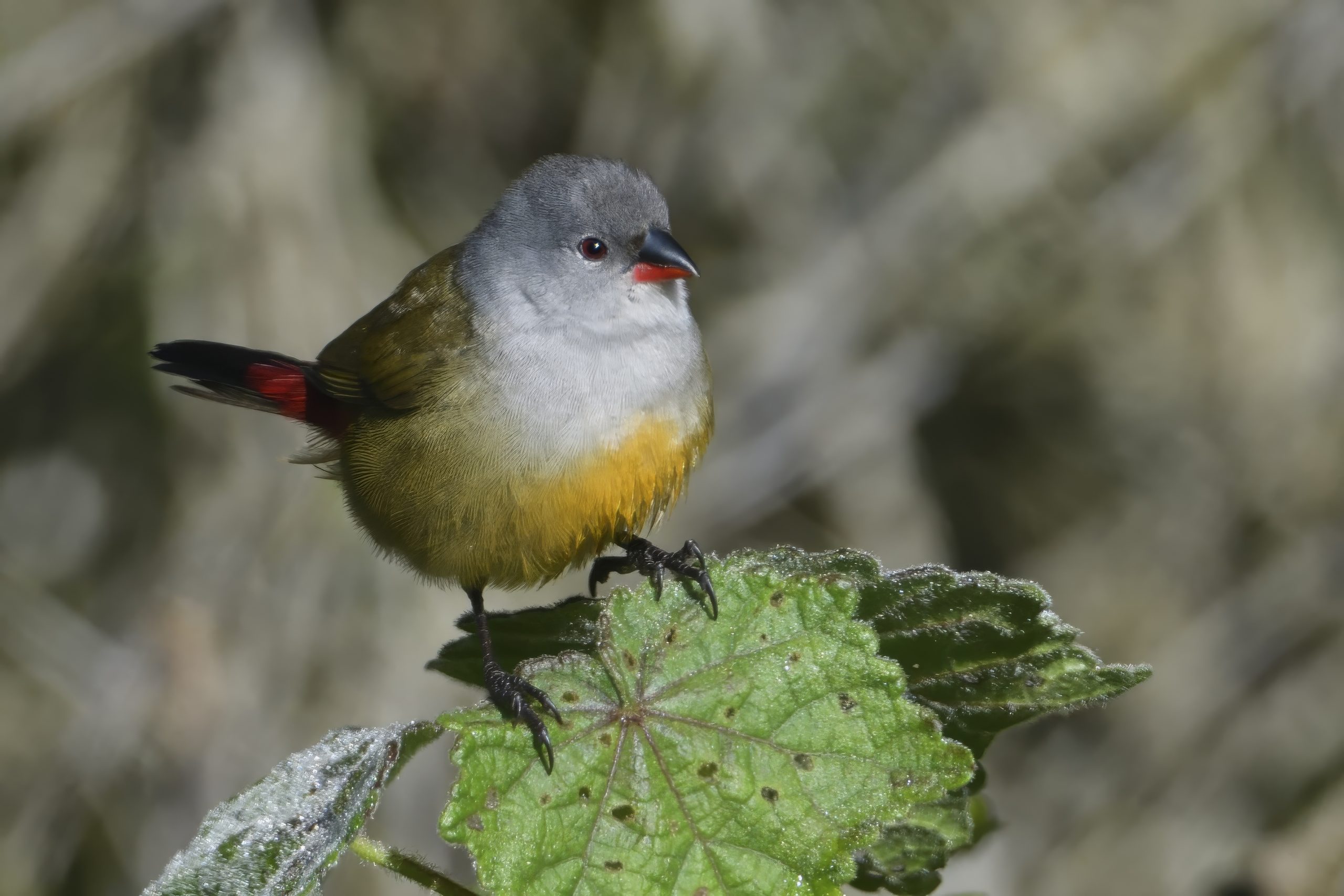
Yellow-bellied Waxbill, Coccopygia quartinia
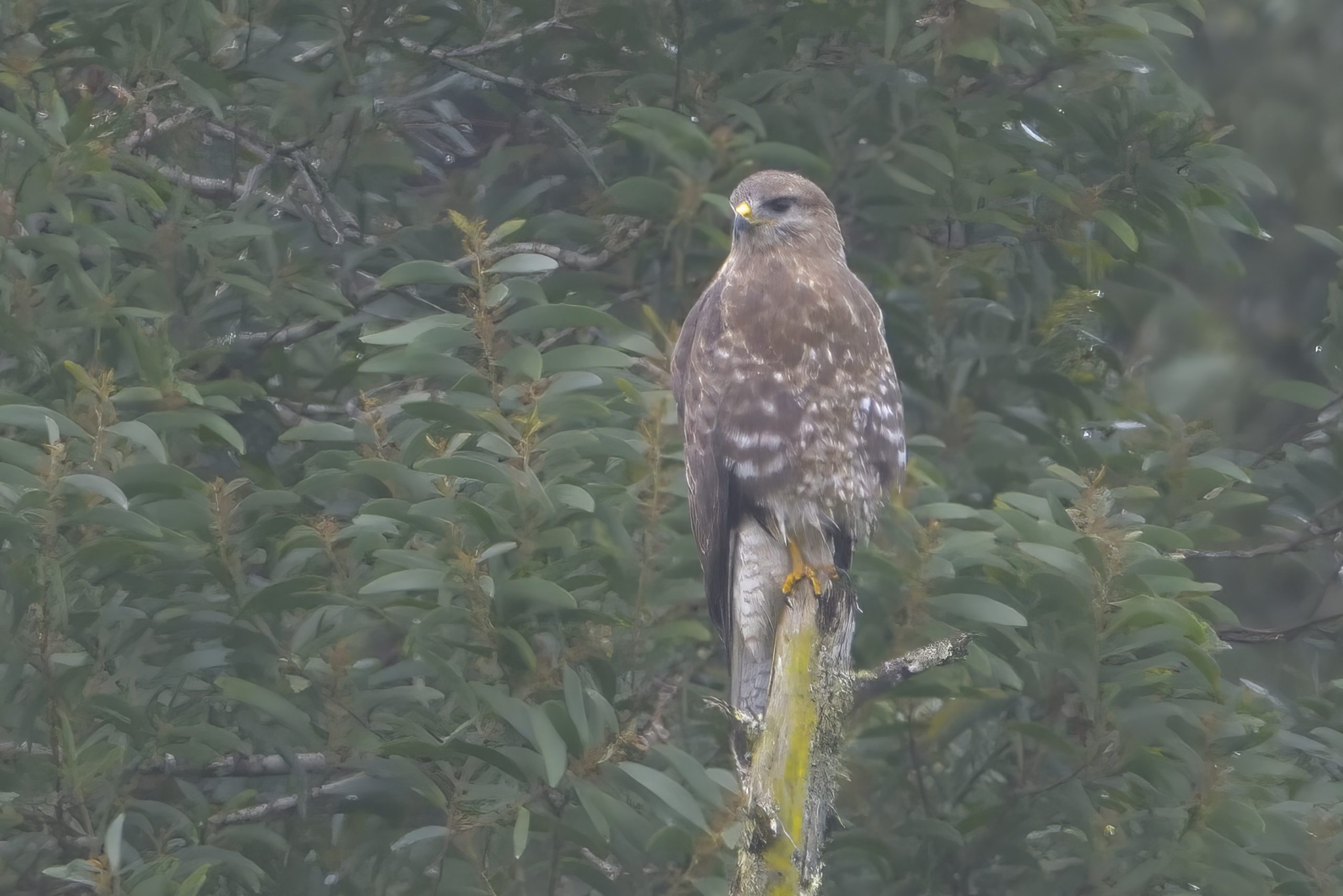
Mountain Buzzard, Buteo oreophilus, Endemic to NE Africa
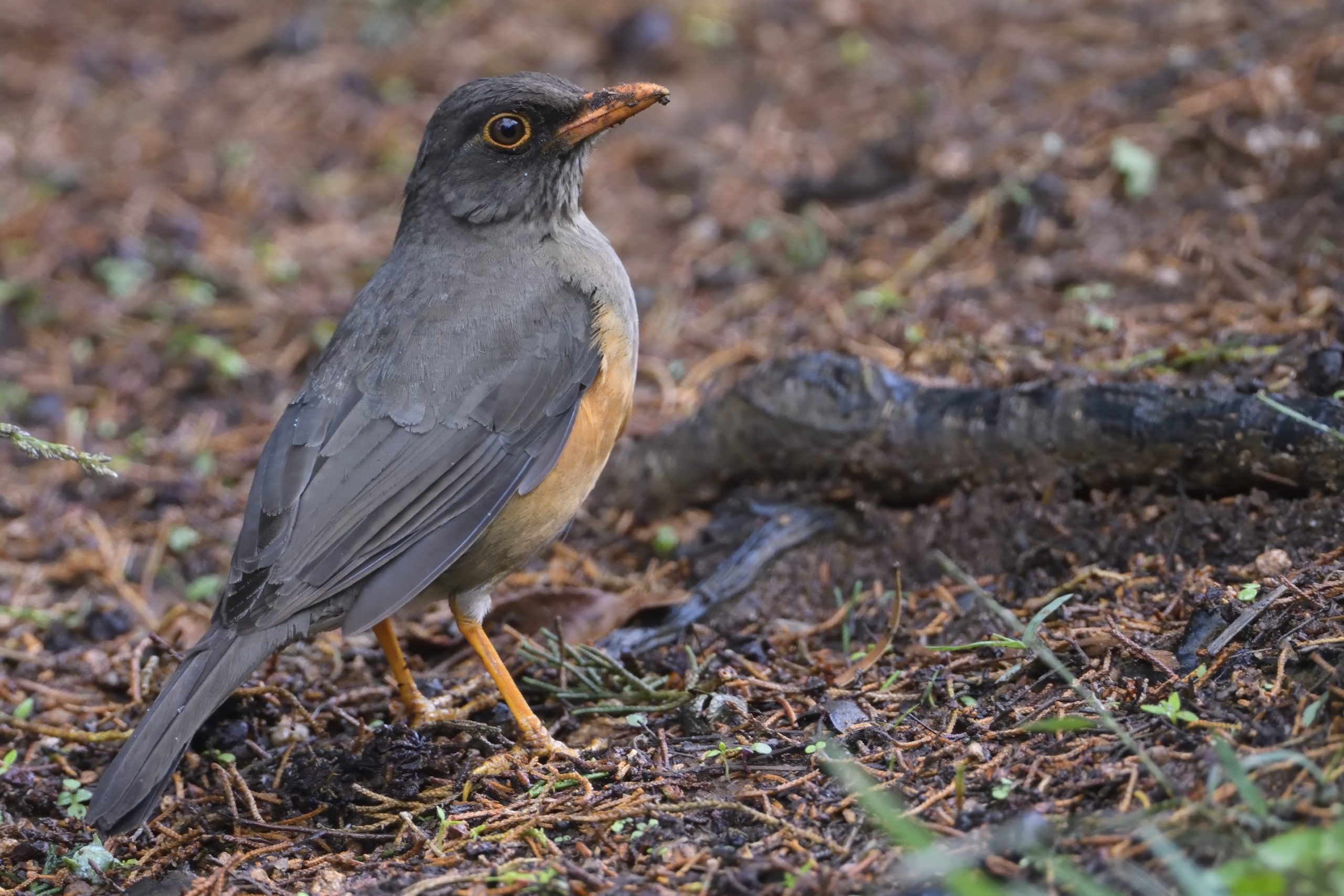
Usambara Thrush, Turdus roehli, Endemic to Usambara and Pare Mountains in Tanzania
Day 11, Friday, December 6: Magamba Forest West Usambara to Amani Forest East Usambara.
The weather were also beautiful that morning, we walked uphill, but could not find anything new. We had pretty much cleaned up Magamba Forest. We had breakfast, packed the car and were soon on our way. We needed a pee stop just before Soni and my guide heard a Cabanis´s Bunting calling. The boys were soon onto it. We continued down to Mombo and from there to Segera were we stopped to buy some Samosas for lunch. Our next stop were our normal spot just north of Muheza, There we recorded Eastern Golden Weaver, Coastal Cisticola, Common Waxbill and Green Tinkerbird. We arrived at the Amani Headquarter and the rain were pouring down. No birding that afternoon.
Some Pictures from Day 11:
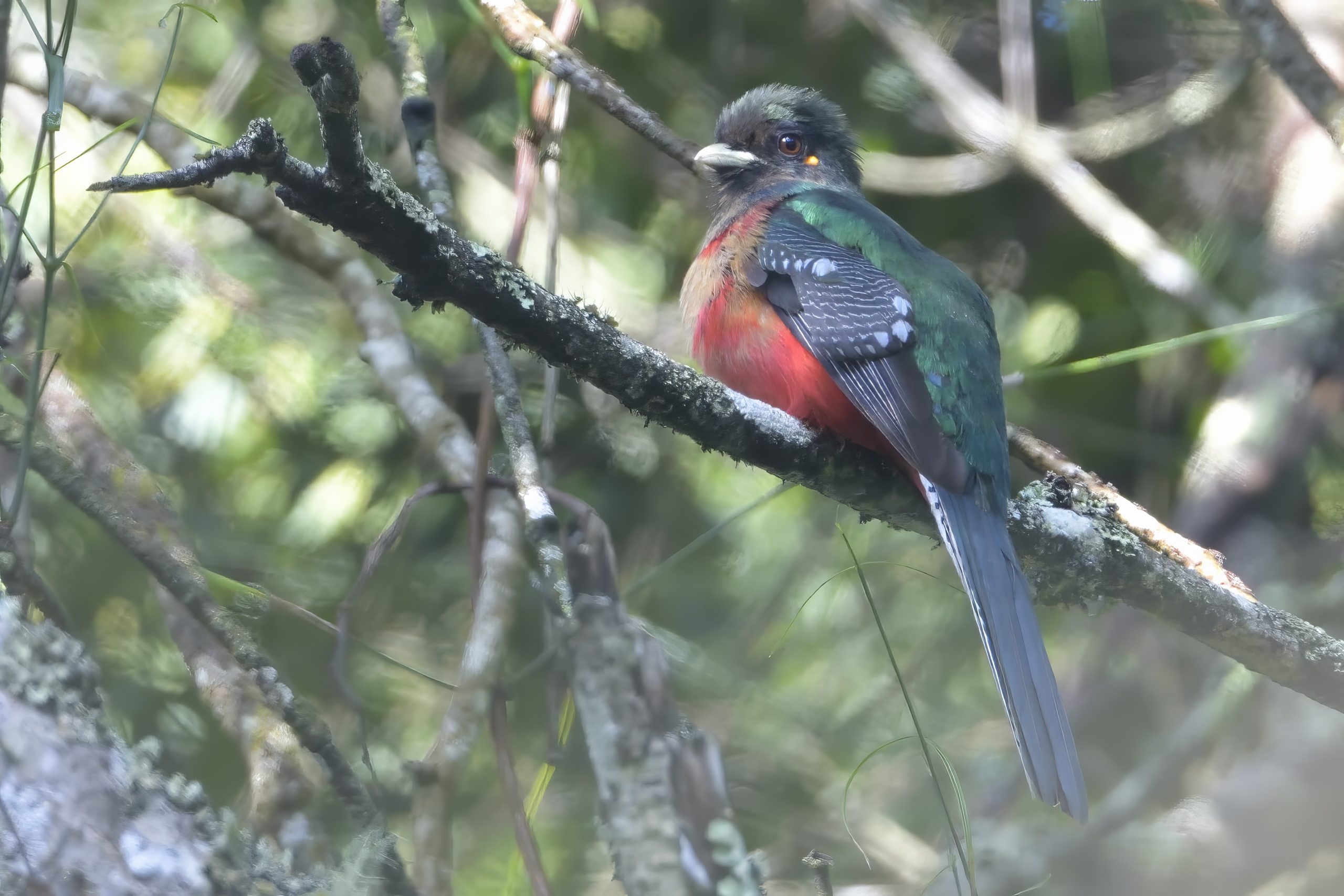
Bar-tailed Trogon, Apaloderma vittatum
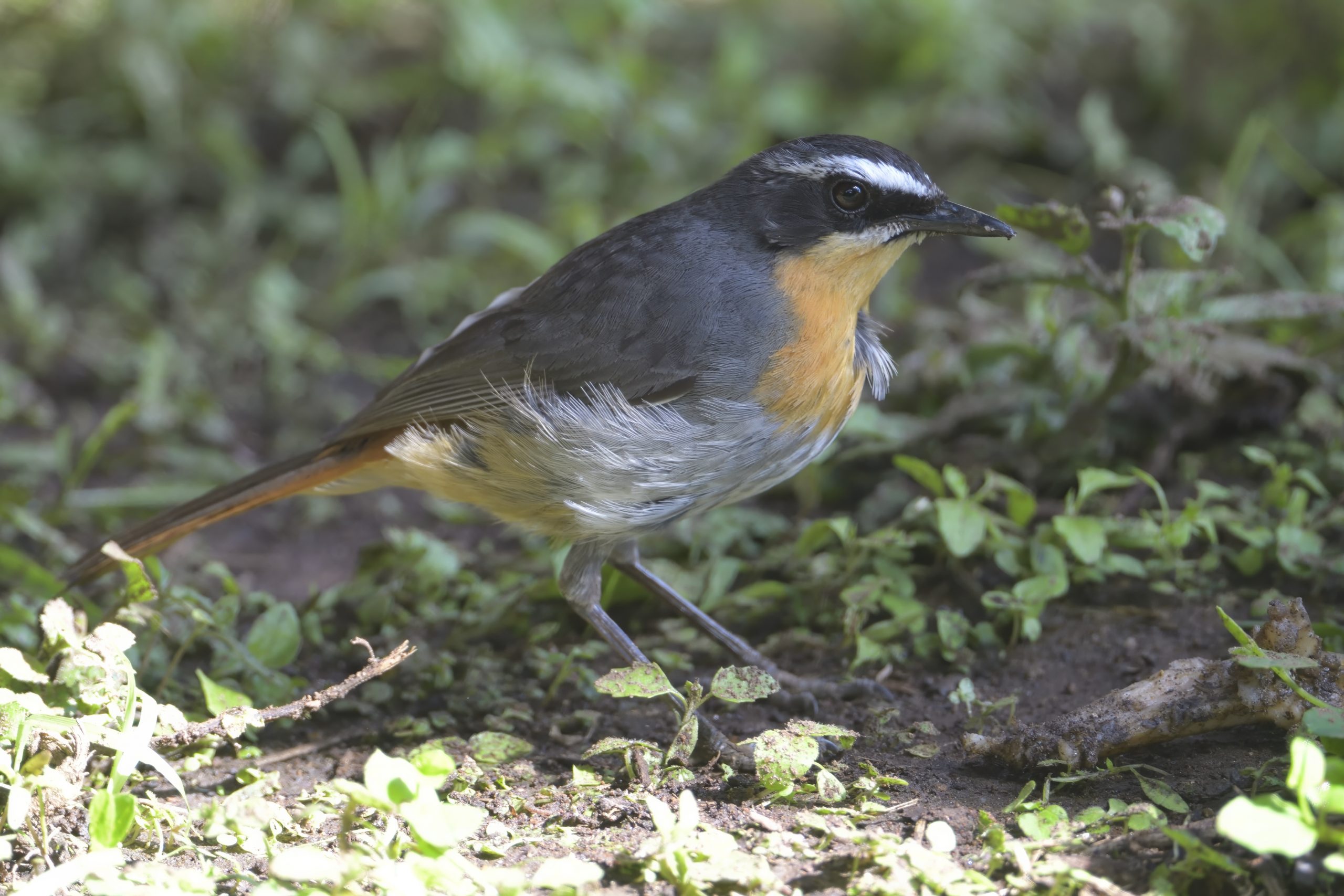
Cape Robin-Chat, Dessonornis caffer
Day 12, Saturday, December 7: Amani Forest
That day we were going uphill for some special birds. We drove up to our normal spot and started birding. We had brief views of a Long-billed Forest Warbler, then Black-bellied Starling. I had forgotten something in the car and returned. I then heard the unmistakable call of Kretschmer´s Longbill. I called the guide and he arrived with my friends and we had a beautiful performance of the bird. we did a walk and registered the following species: Fischer´s Turaco, East Coast Boubou, Green Barbet, Red-tailed Ant Thrush, Green-headed Oriole, African Harrier-Hawk and Shelley´s Greenbul. We returned to the car and had our breakfast. We saw a pair of Pale Batis, they were high up and for once did not respond to a call. We got in the car and were ready to drive when a Long-billed Forest Warbler decided to start calling again. We rushed out and finally got good views. We drove down to the next forest in search of Sharpe´s Akalat. After some searching we got views of the bird. Other birds observed included Yellow-streaked Greenbul, Common Square-tailed Drongo, Green Twinspot, White-chested Alethe, Olive Sunbird and Mountain Wagtail. We exited the forest and started our search for Half-collared Kingfisher. We found one at the bridge furthest down, but only Ingvar of my friends got a view of it. It were raining quite heavily so the Kingfisher decided to take shelter under the bridge. We continued down to Amani HQ and registered Common Buzzard and a beautiful perched Southern Banded Snake Eagle. We packed the car, had lunch and then drove to a spot in search of little Rush Warbler. It were calling deep inside the reeds at the normal spot, but we could not lure it out. We did find Red-tailed Ant Thrush, Purple-banded Sunbird, Red-capped Robin-Chat and then we drove searching for the Warbler. At one spot, I got a response and the boys got good views. Our last stop were for the Blue-spotted Wood Dove. We then drove down to our home for the next 2 nights; Zigi Guest House. The rain had picked up again, so no birding that afternoon. We had dinner and retired early to bed.
Some pictures from Day 12:
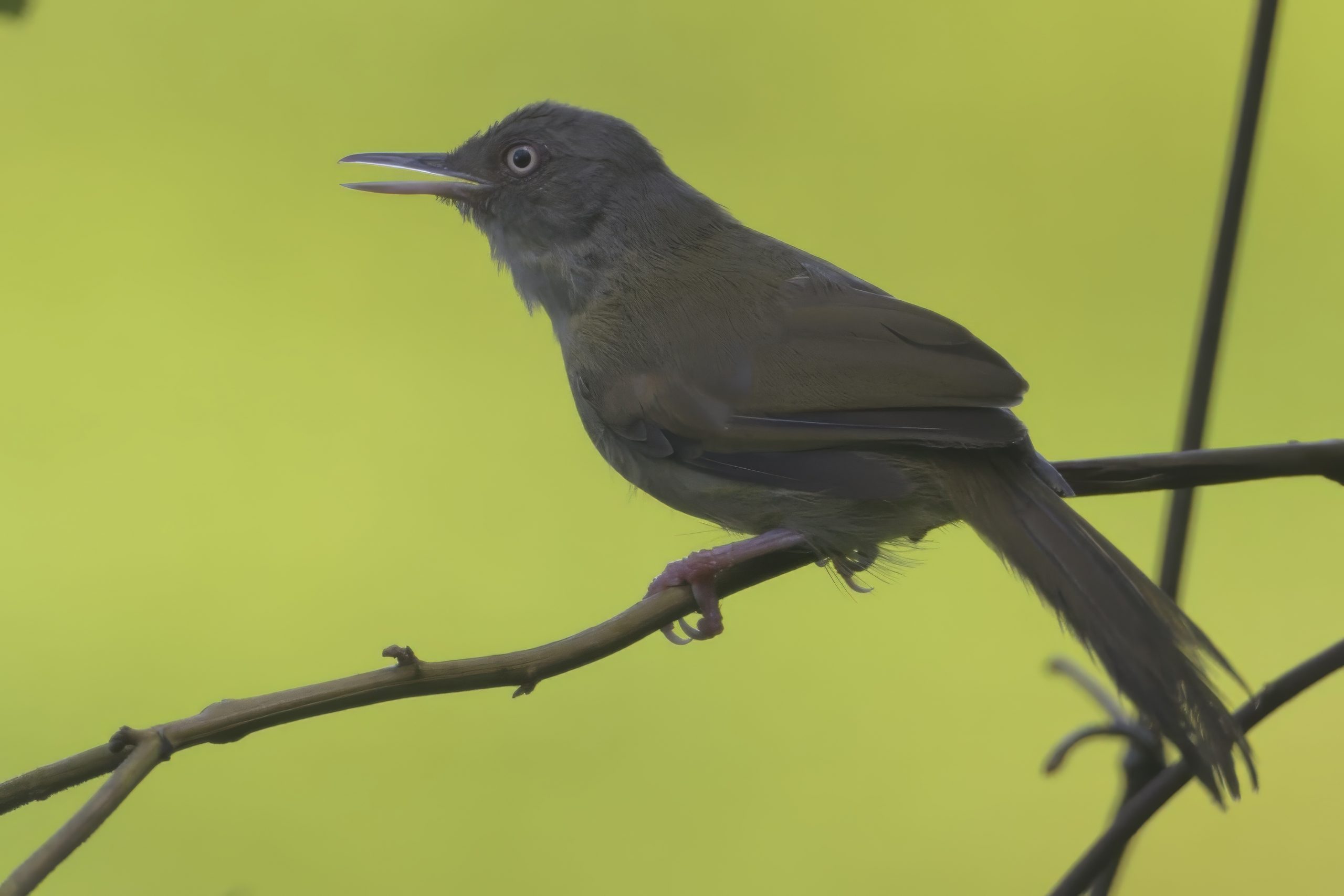
Kretchmer´s Longbill, Macrosphenus kretschmeri, Endemic to Coastal SE Africa
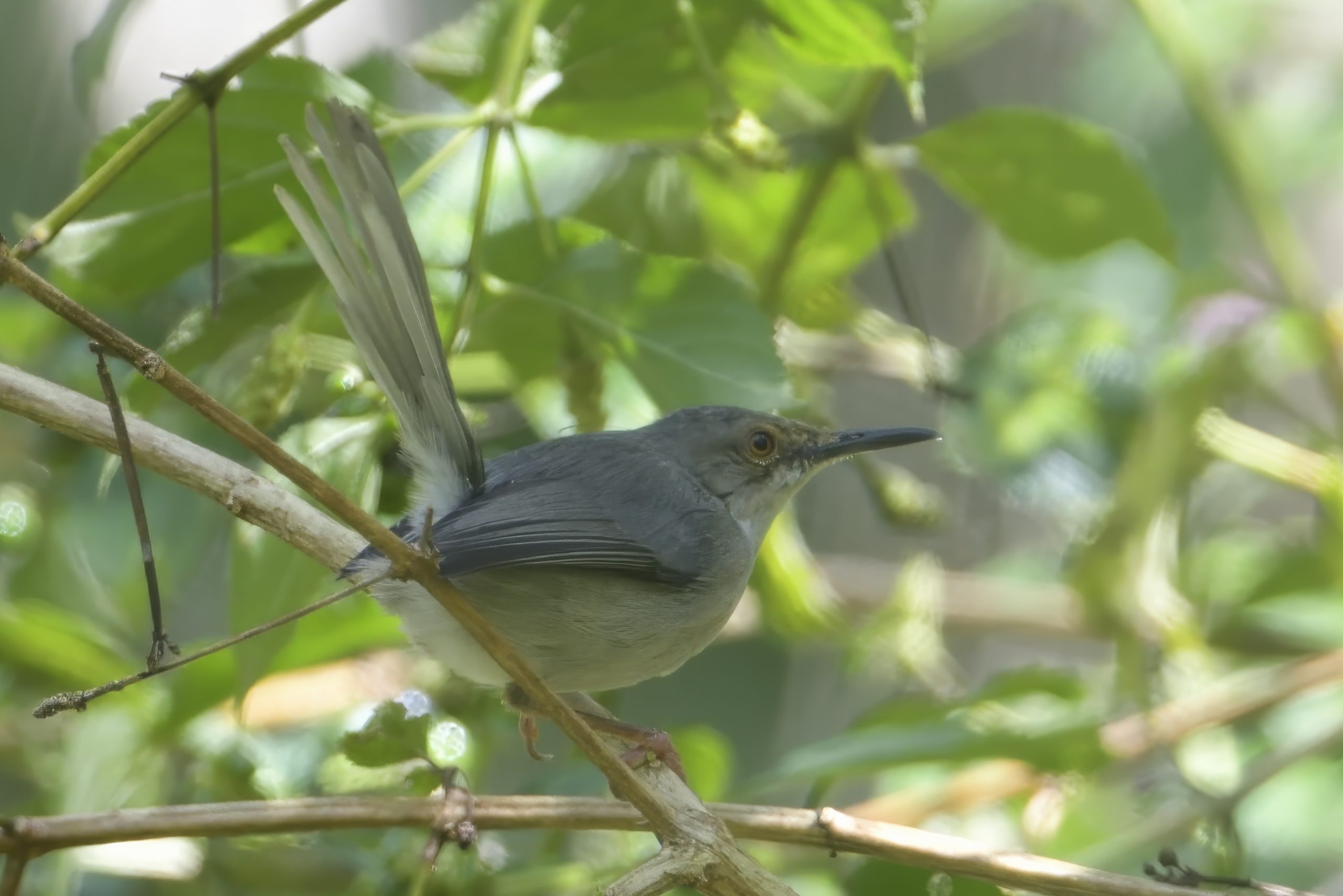
Long-billed Forest Warbler, Artisornis moreaui, Endemic to East Usambara, Tanzania and Joci in N Mozambique
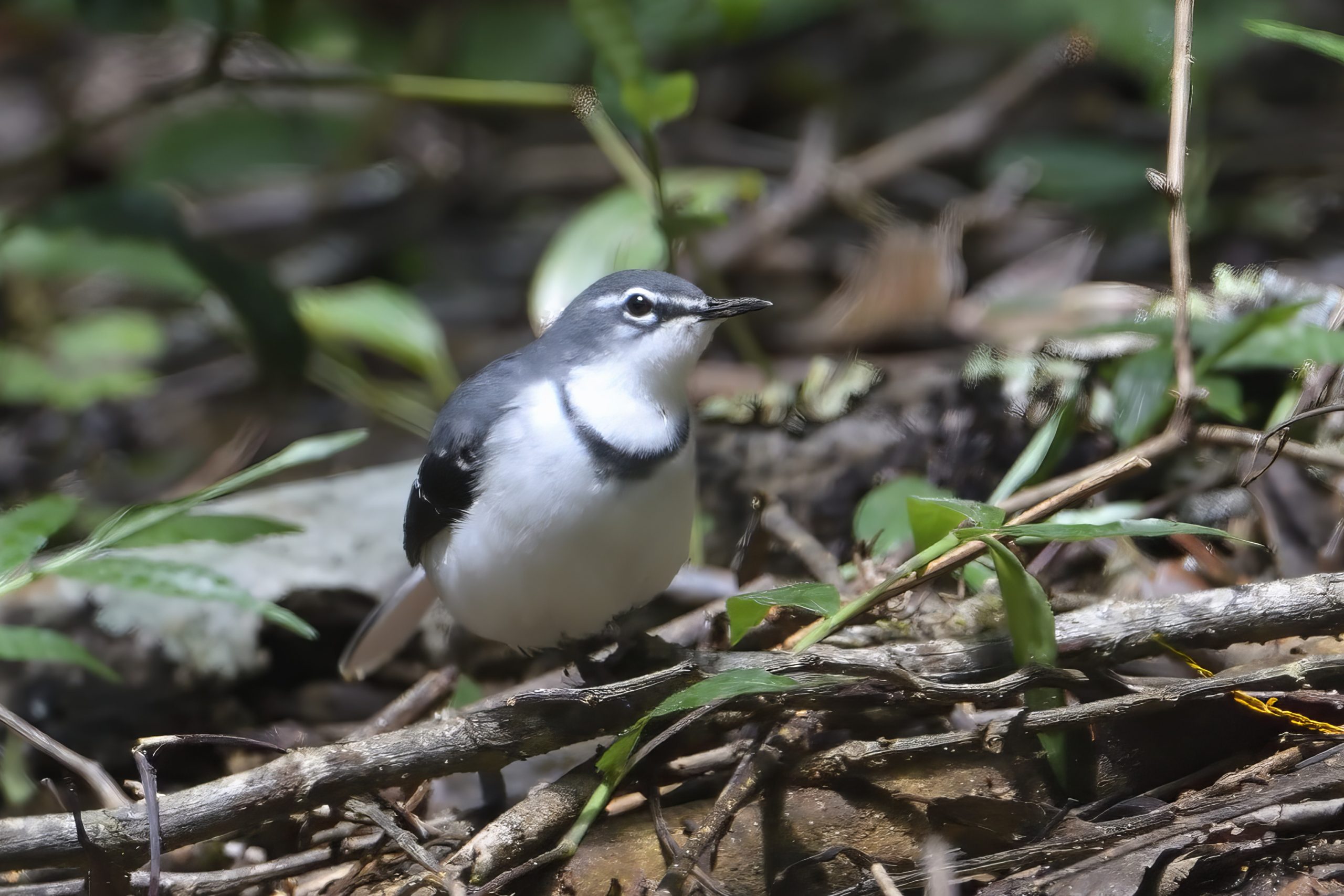
Mountain Wagtail, Motacilla clara
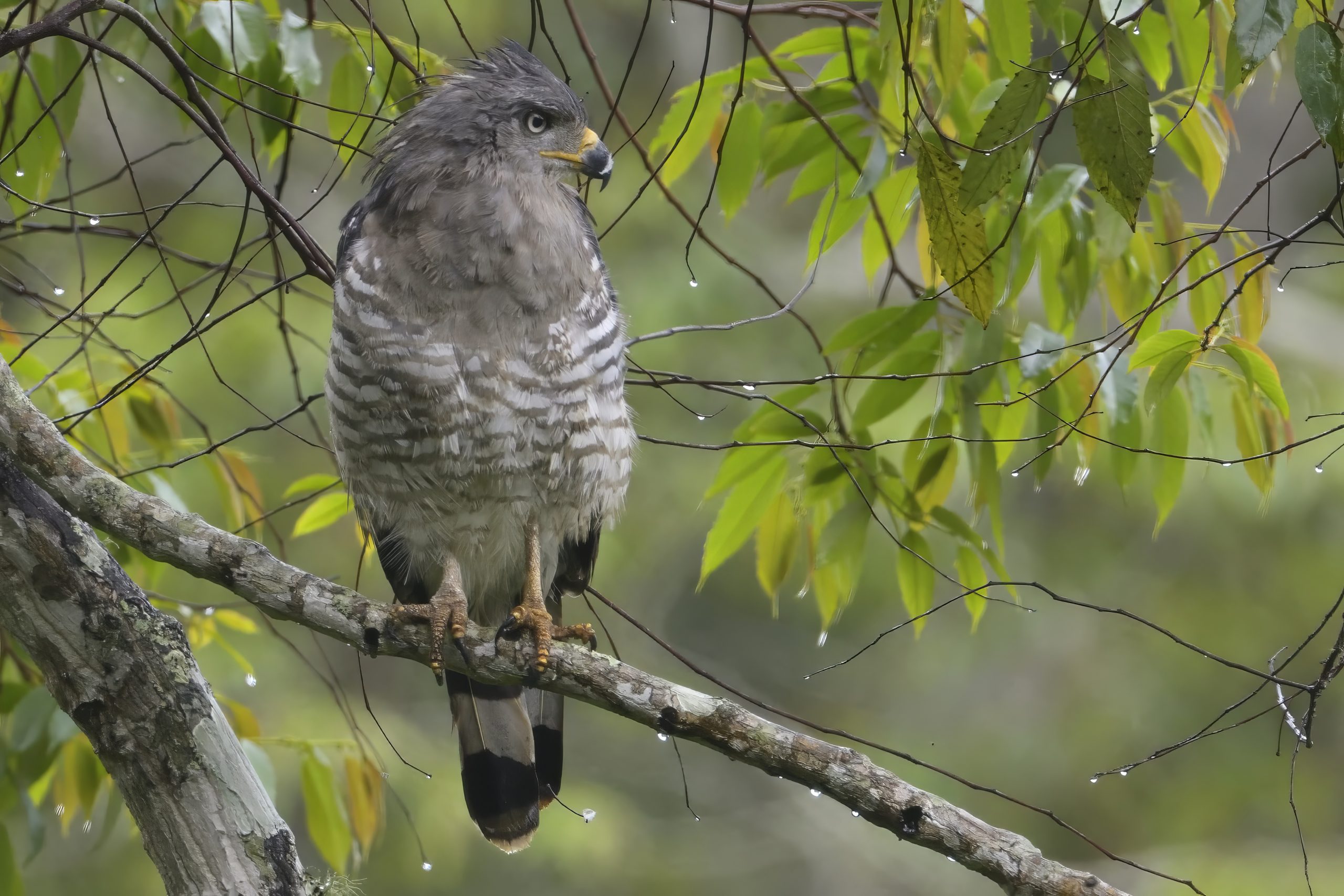
Southern Banded Snake Eagle, Circaetus fasciolatus
Day 13, Sunday, December 8: Zigi Forest.
The Morning were full of rain, but after a while, the rain stopped. We drove down to Zigy Forest and walked up the steep slope. Here are some of the birds we recorded on the morning walk: Mombasa Woodpecker, Little Yellow Flycatcher, Chestnut-fronted and Retz´s Helmetshrikes, Common Square-tailed Drongo, Ashy Flycatcher, Yellow-streaked Greenbul, Green-headed Oriole, Lowland Tiny Greenbul, Pallid Honeyguide, Wahlberg´s Eagle, Tanzanian Illladopsis and Dark-backed Weaver. Zigy Forest is at only around an altitude of 400m, so by that time (11:15) it were getting too hot. We returned to our lodgings for a long break including lunch. We went out again around 16:00, it were still hot and we only added one new bird: Trumpeter Hornbill.
Day 14, Monday, December 9: Zigi Forest – via Muheza to Kiligolf.
We were packed and ready to go at 07:00. We stopped at Zigi Forest and walked the road. We eventualy managed to get Usambara Hyliota and Amani Sunbird. We drove down and stopped at our normal spot just north of Muheza. Here are the birds we added: Collard Palm Thrush, Lizard Buzzard and Kurrichane Thrush. We left our guide in Muheza and started the long drive home. We stopped in Segera to buy Samosa and fill up Diesel. The drive went very smooth without too much traffic through Moshi and we arrived at home in good time before dark.
Day 15, Tuesday, December 10: Kiligolf to airport.
I took the boys alone on a Kiligolf walk. We added Dwarf Bittern (First time I photographed on Kiligolf) and Striated Heron to our list. Other birds we photographed included Yellow Bishop, Black Cuckoo, Giant and Malachite Kingfisher, Greater Painted Snipe, Bare-eyed Thrush and Pale White-eye. I had organised for Ingvar and Simmi to be picked up at 14:00 and taken to the airport. We said our goodbyes after a highly successfull trip where we recorded a total of 488 species a new record for this trip. The old record were 479 with my friend Silas from the Faroe Islands in March this year. Ingvar ended up with 419 lifers and Simmi 217. I think my Icelandic friends were very happy with the result. My next trip start tomorrow on December 29 with my friend Eirik from Norway. Stay tuned for a new trip report.
Some pictures from Day 15:
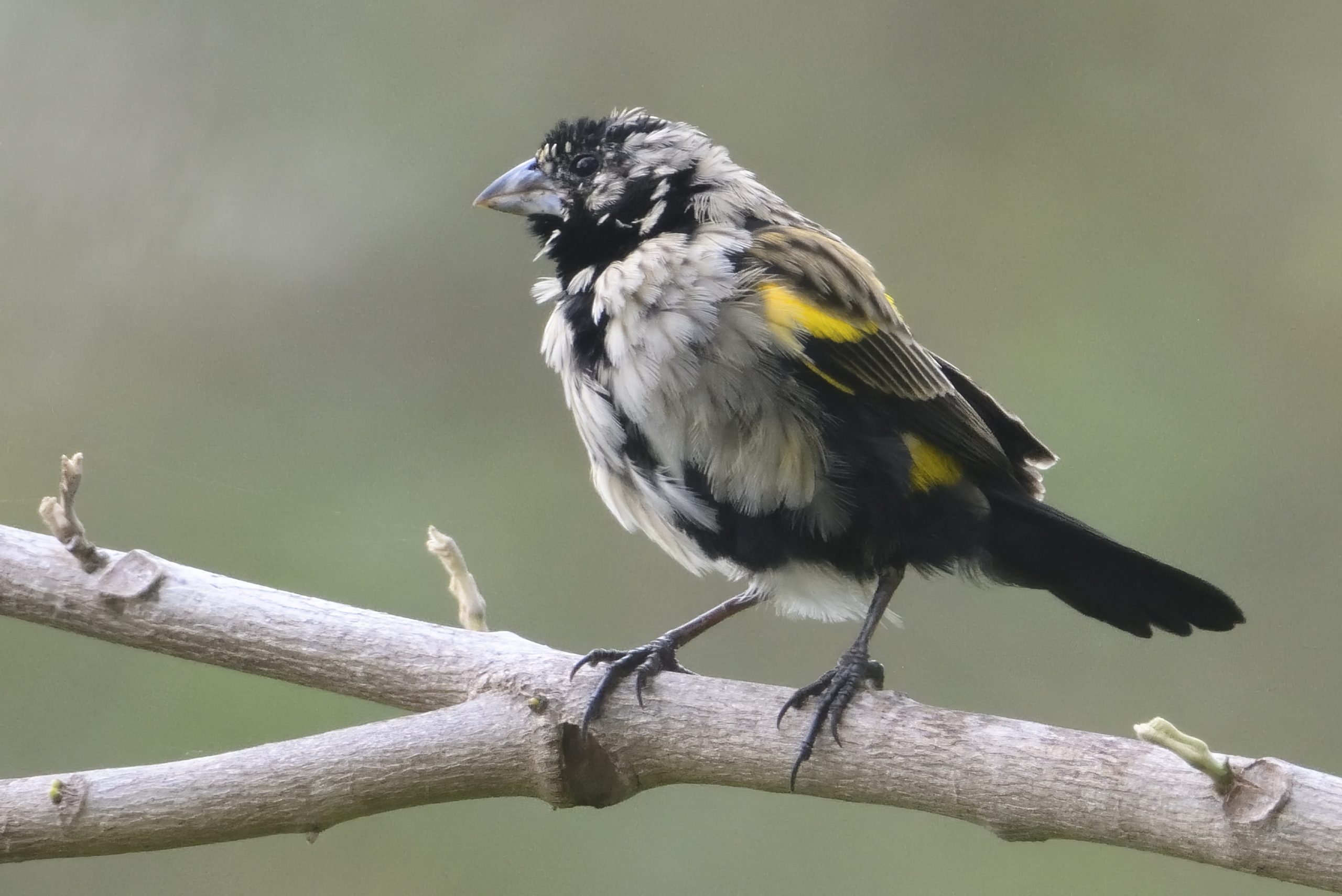
Yellow Bishop, Euplectes capensis
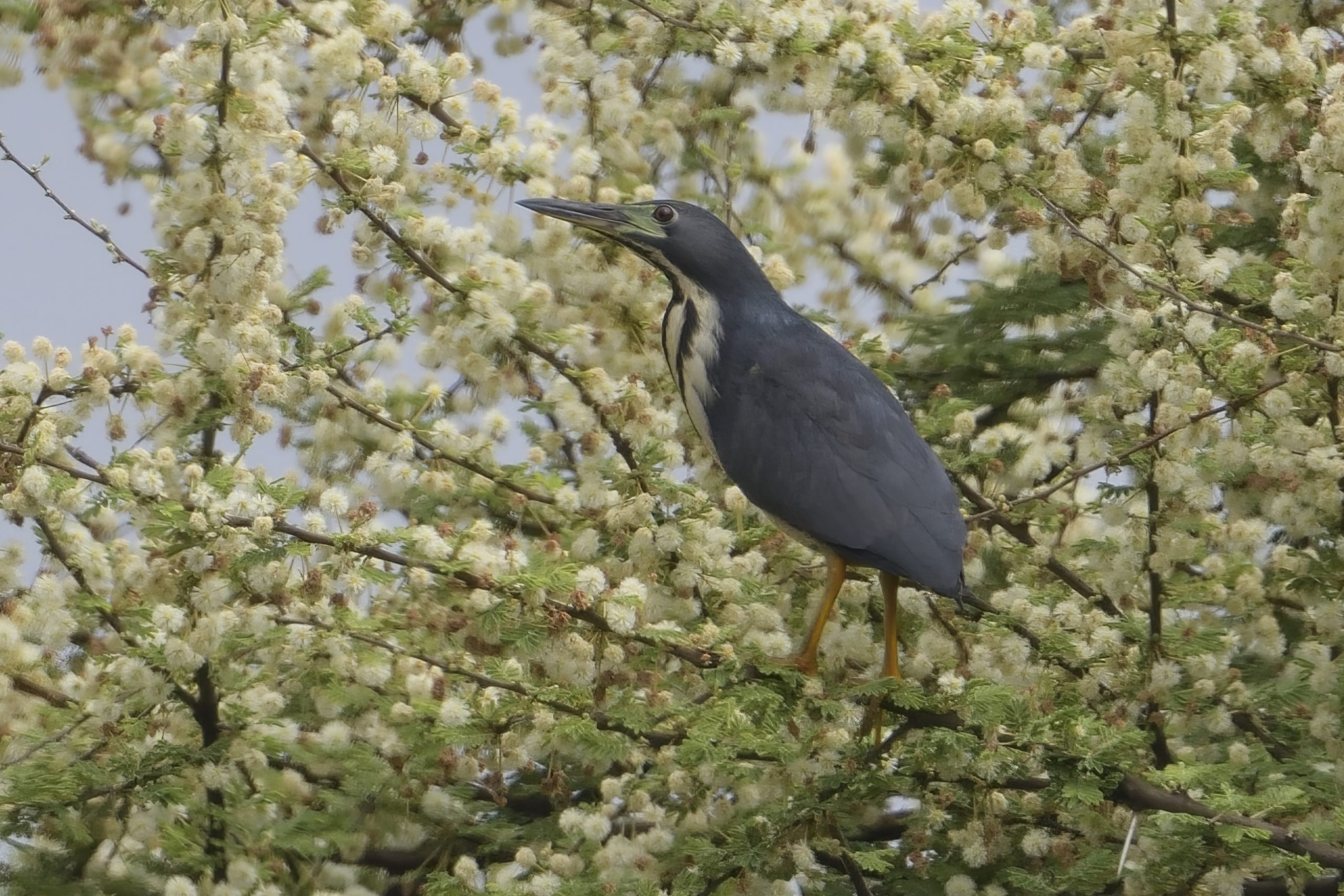
Dwarf Bittern, Botaurus sturmii (First time I have managed to phorograph this on Kiligolf)
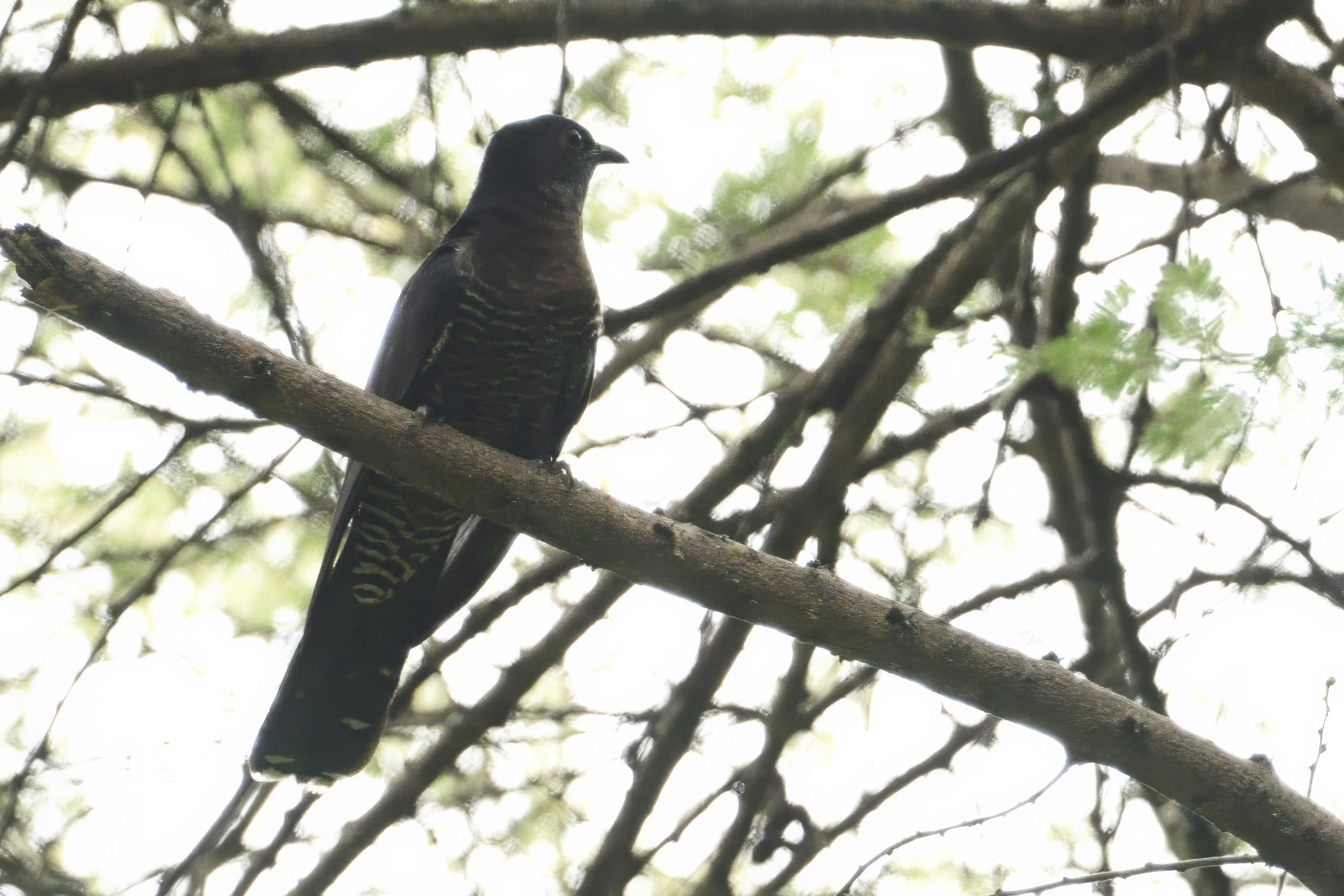
Black Cuckoo, Cuculus clamosus, Race Jacksoni
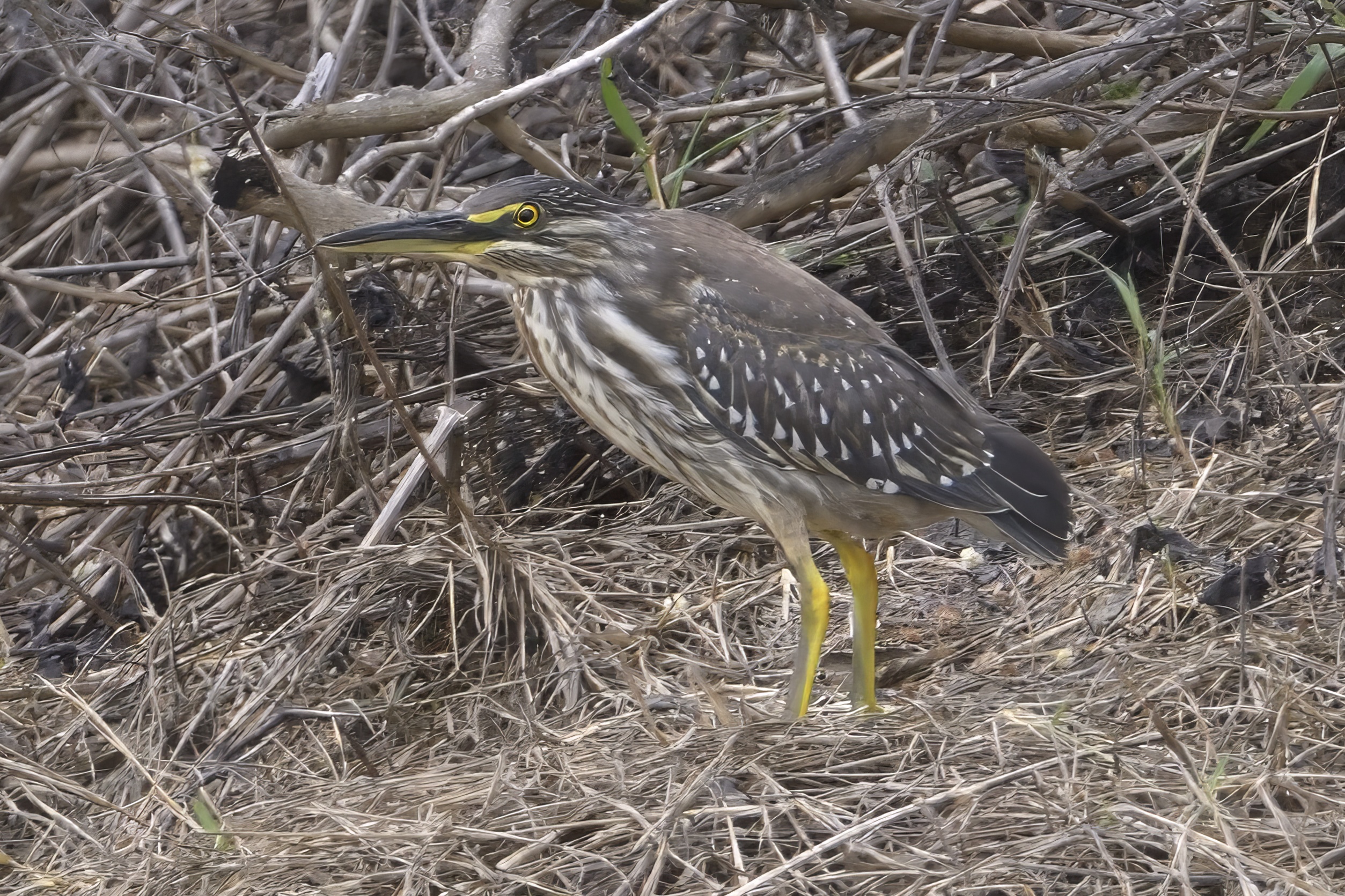
Striated Heron, Butorides striata
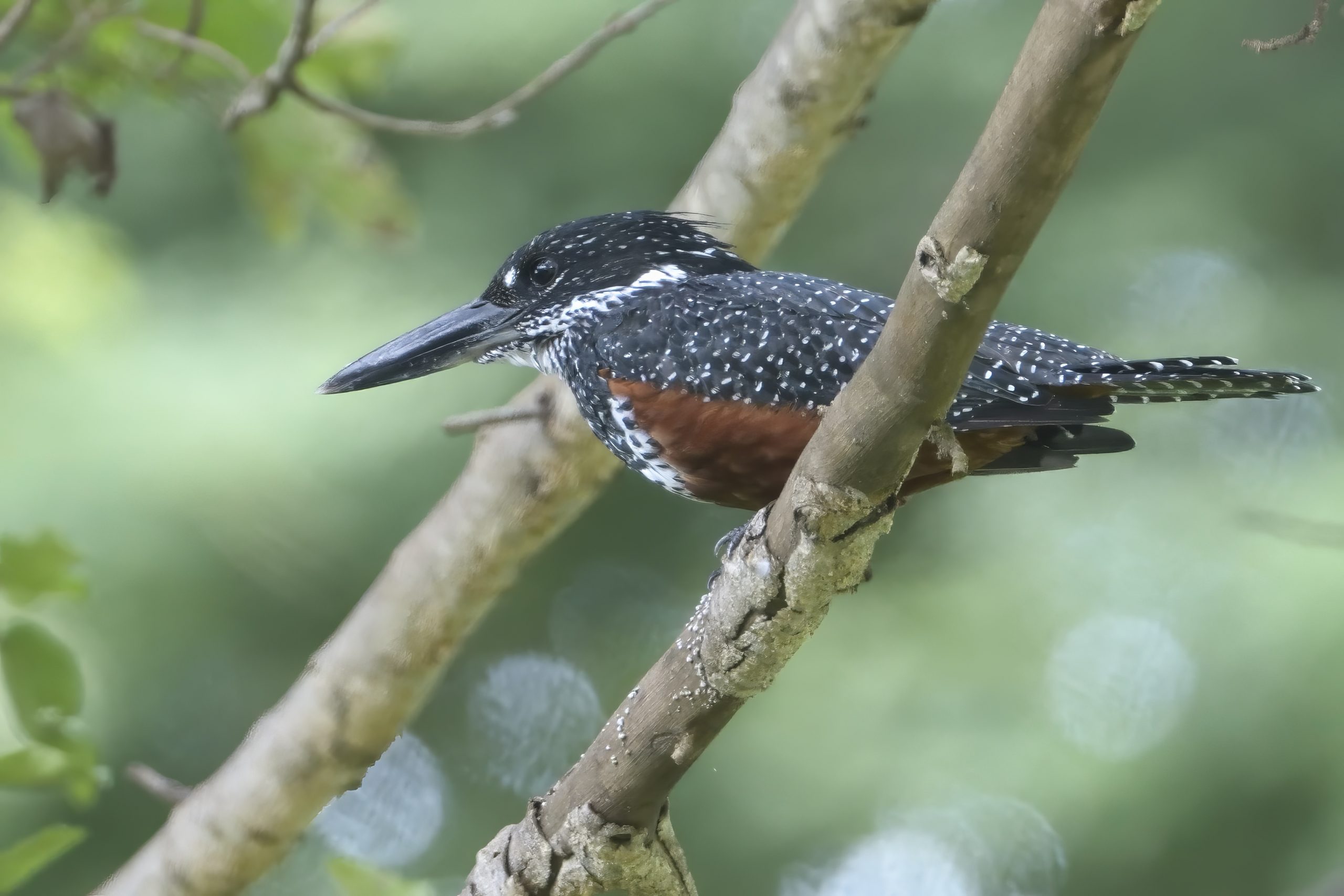
Giant Kingfisher, Megaceryle maxima
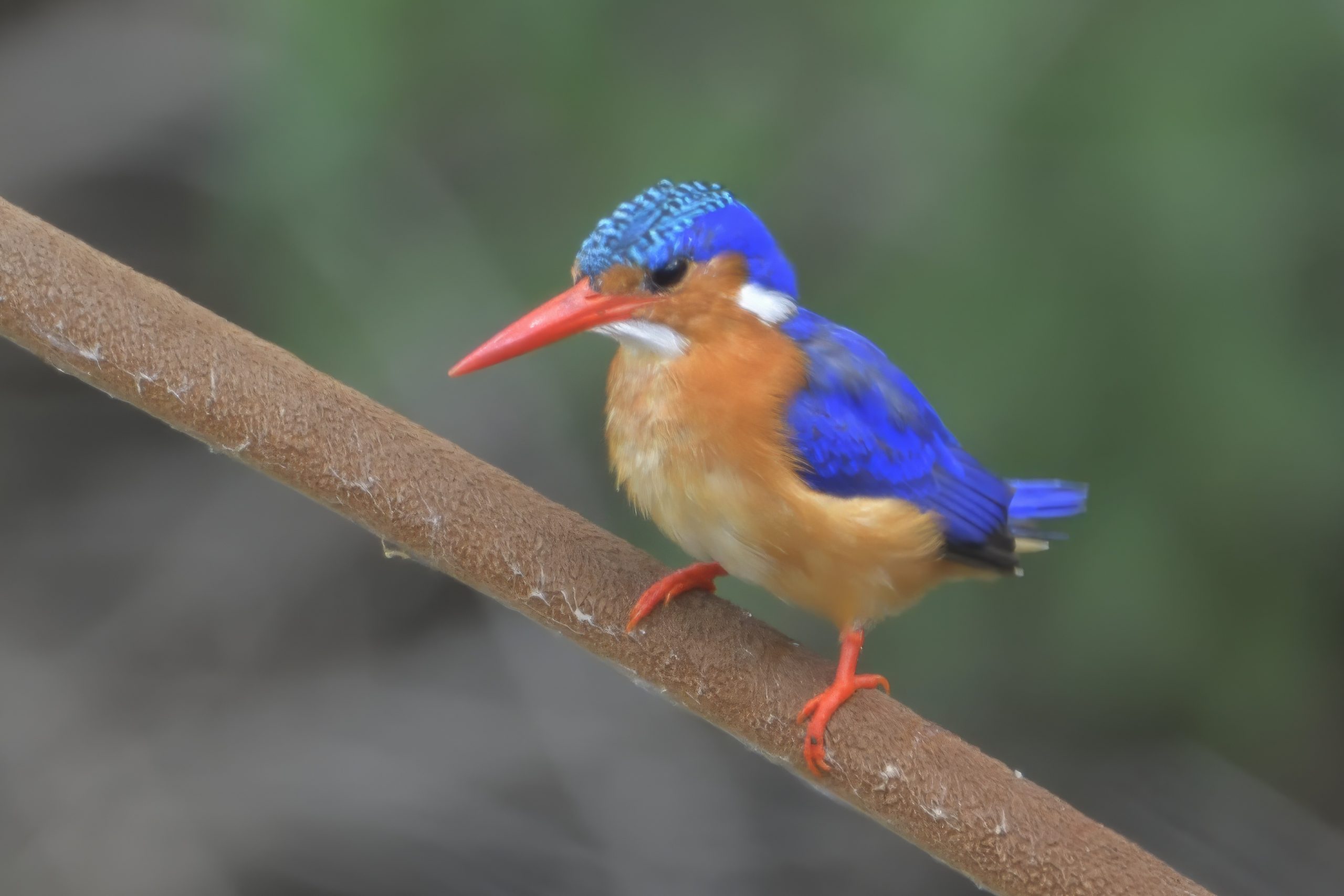
Malachite Kingfisher, Corythornis cristatus
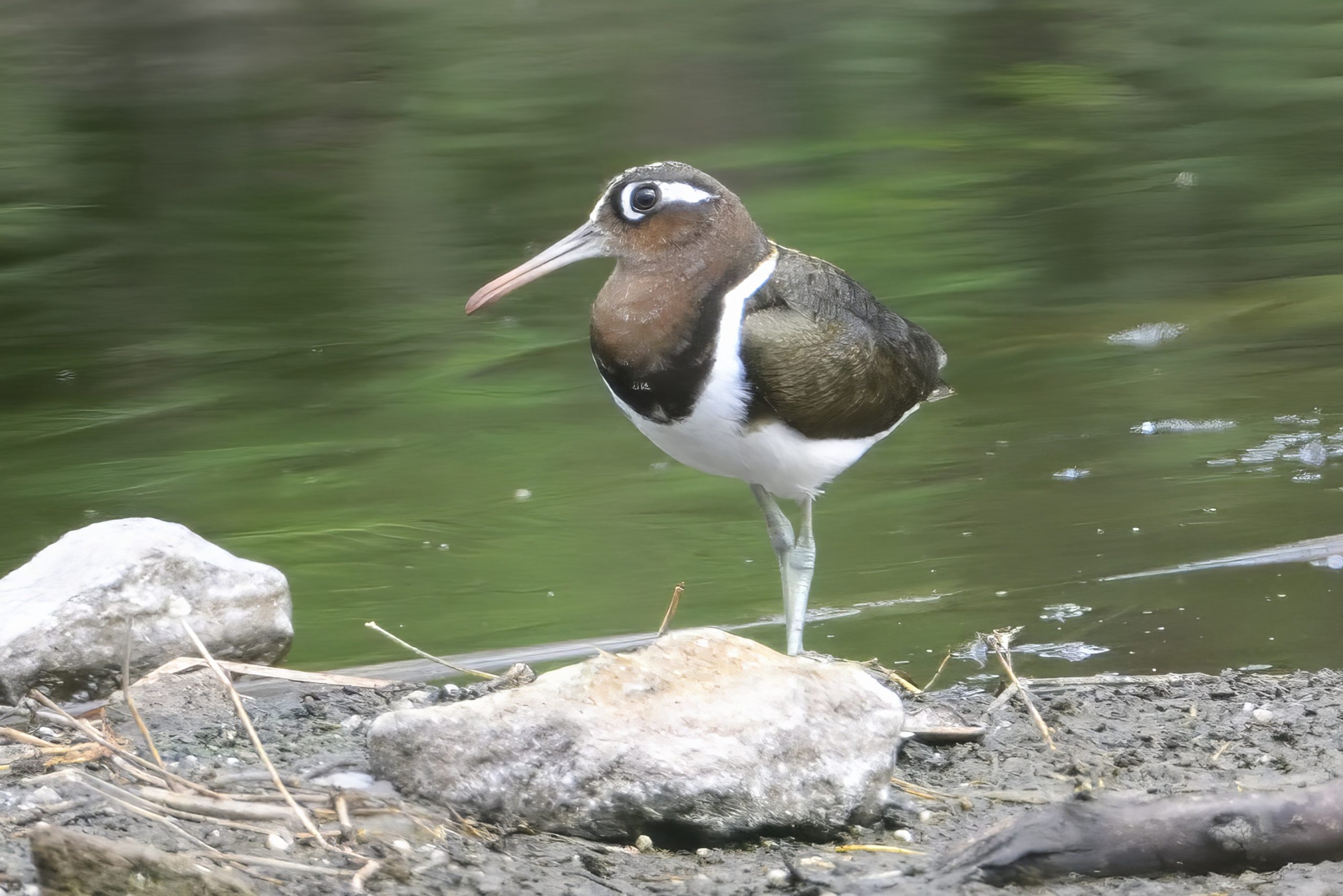
Greater Painted Snipe, Rostratula benghalensis
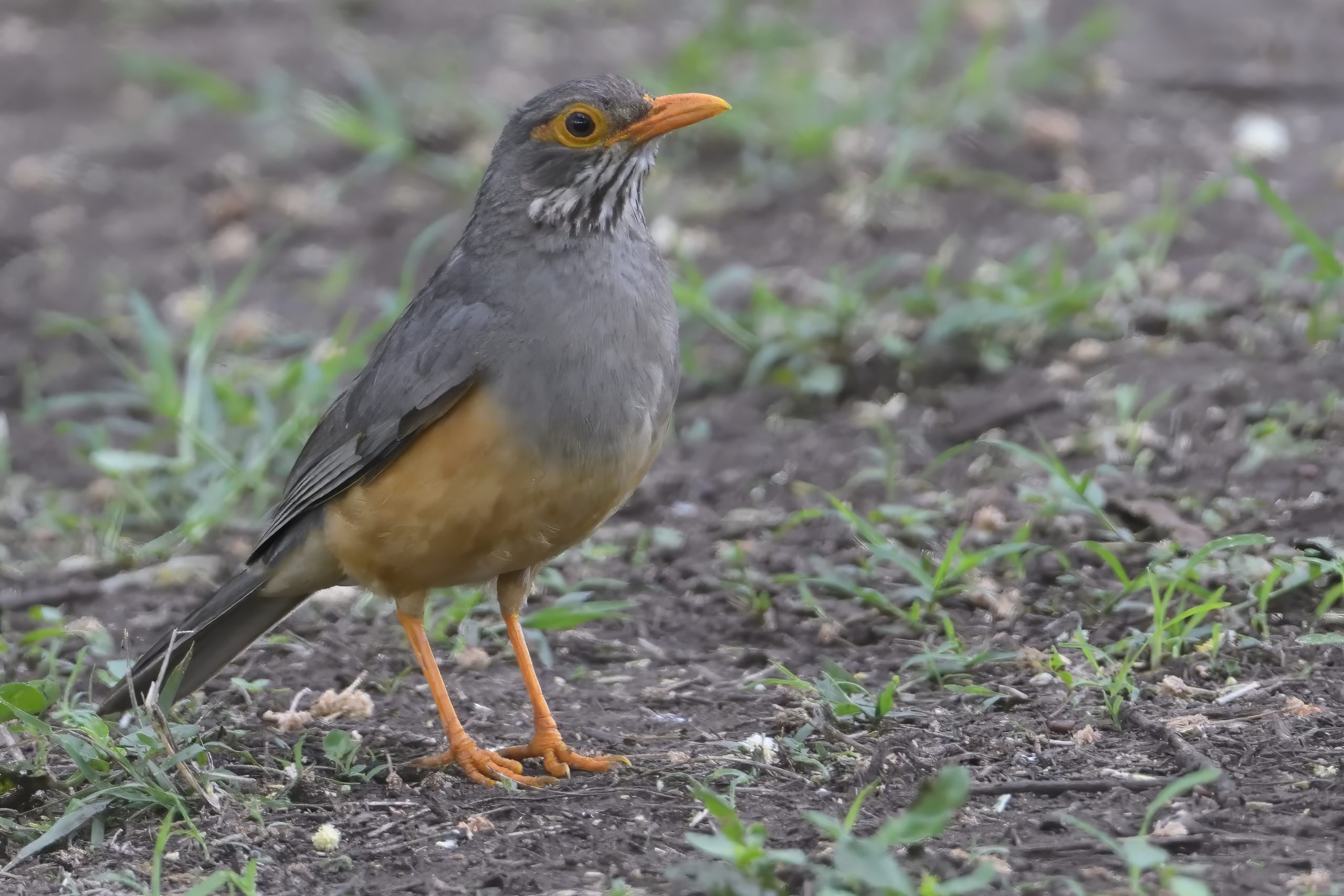
Bare-eyed Thrush, Turdus tephronotus, Endemic to NE Africa
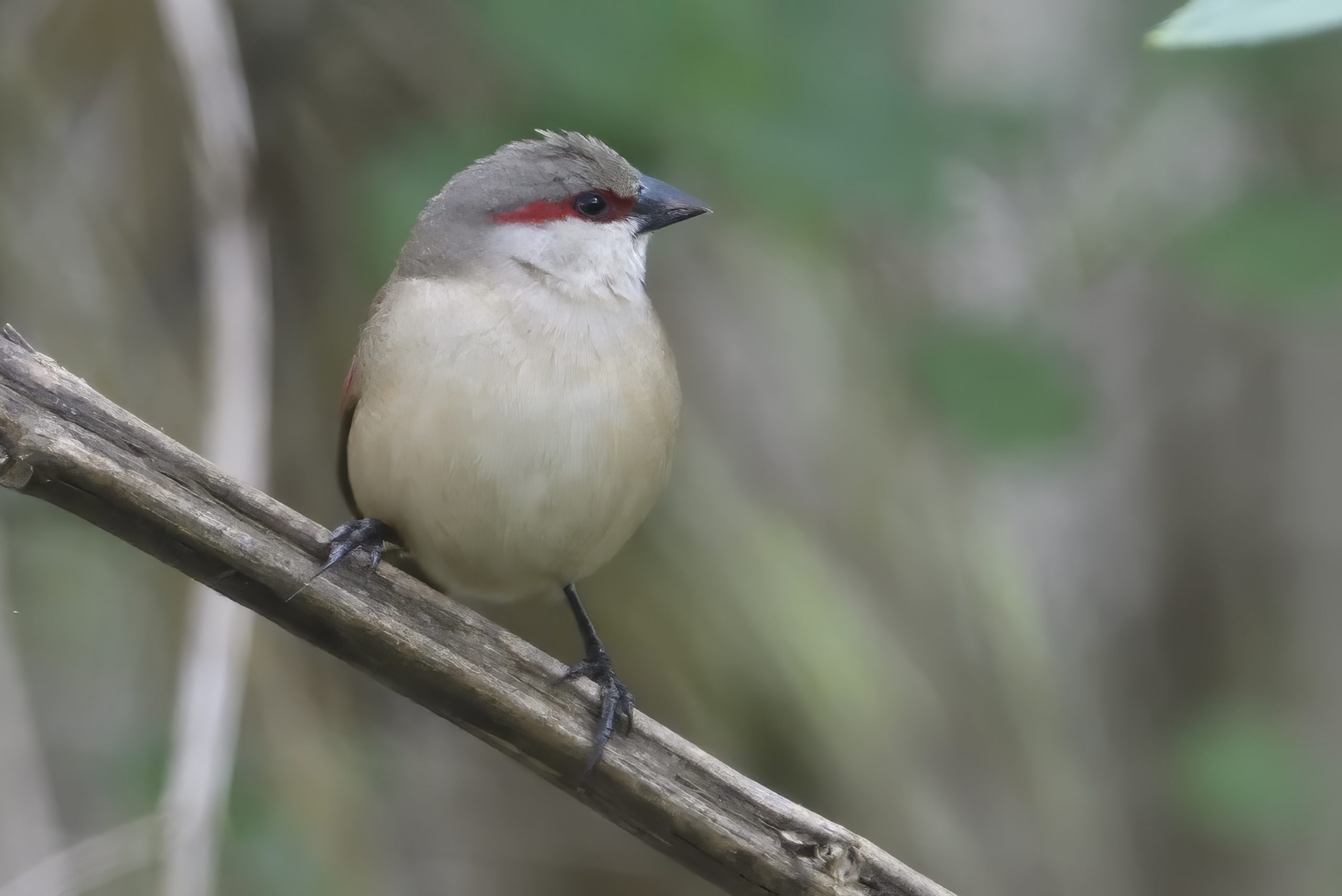
Crimson-rumped Waxbill, Estrilda rhodopyga, Endemic to NE Africa
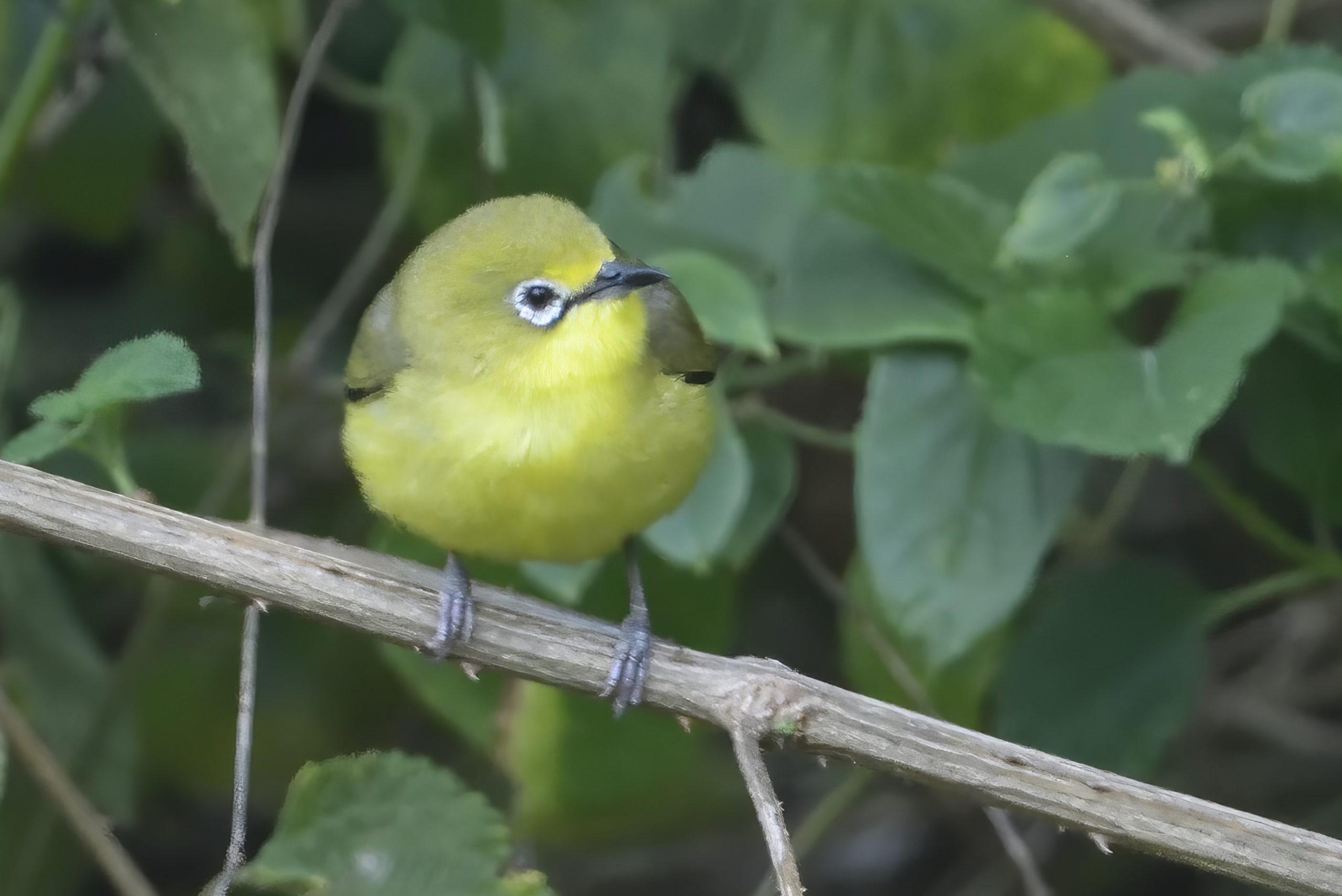
Pale White-eye, Zosterops flavilateralis, Endemic to NE Africa
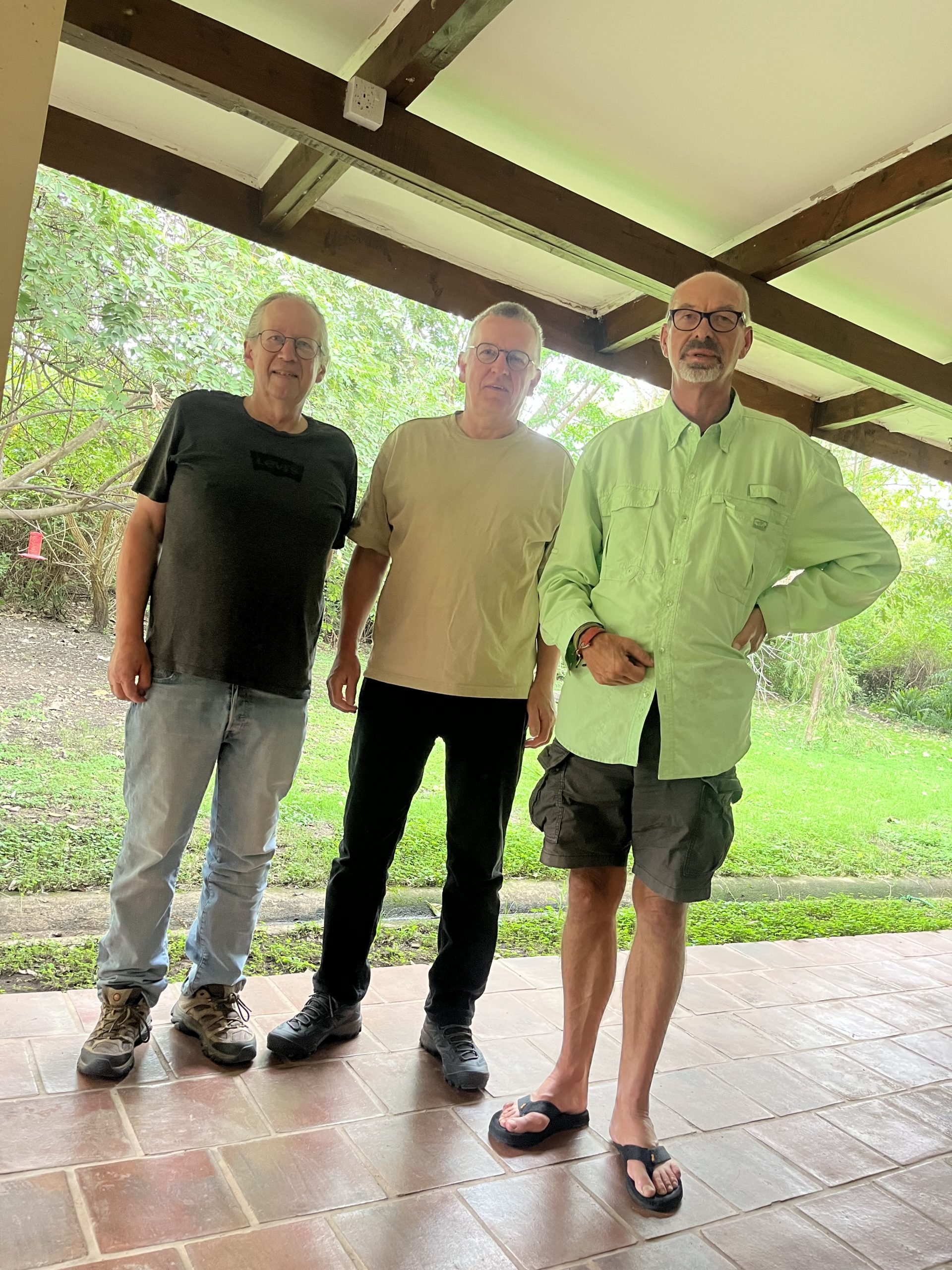
Simmi, Ingvar and me just before departure to the airport.